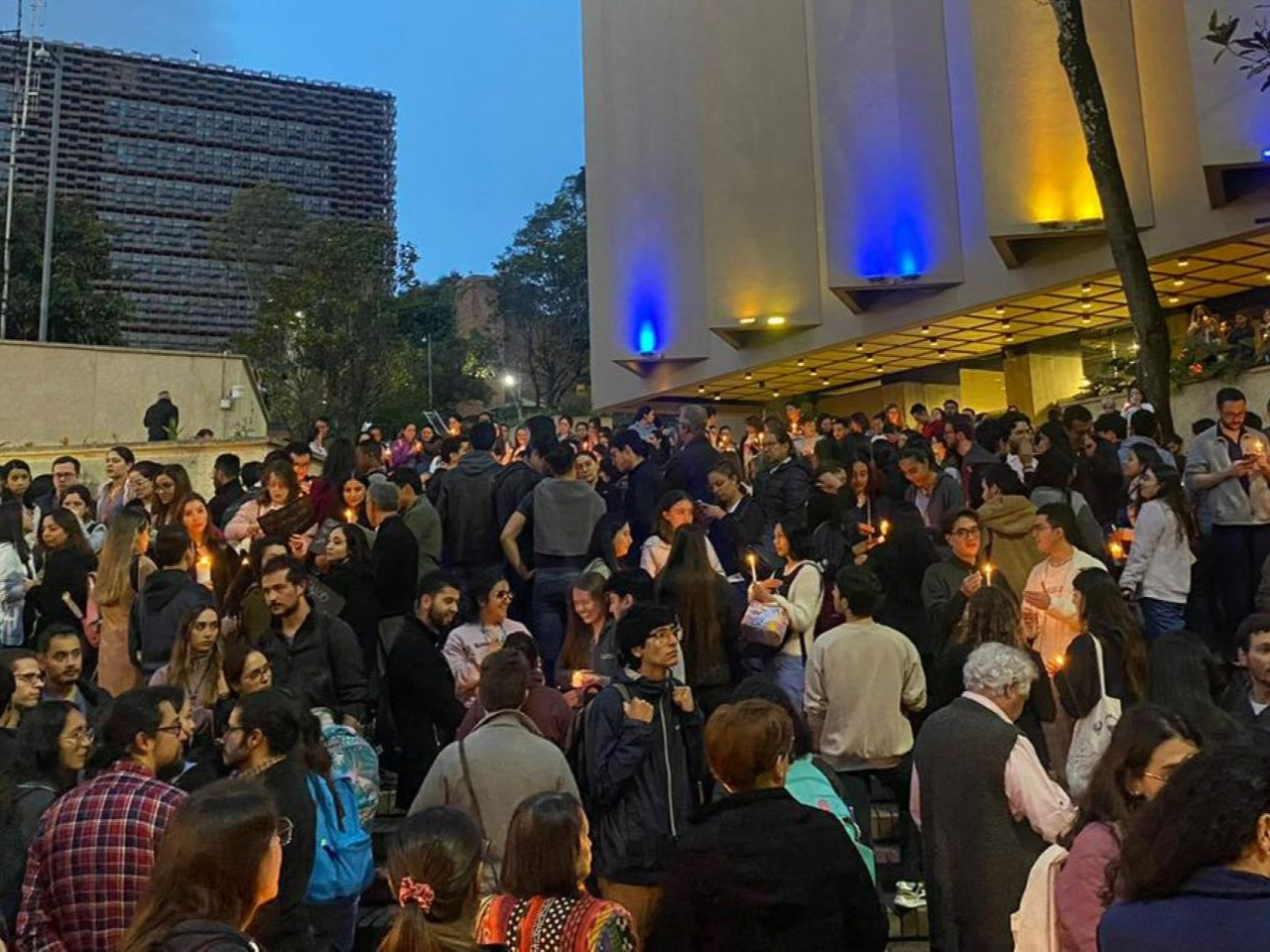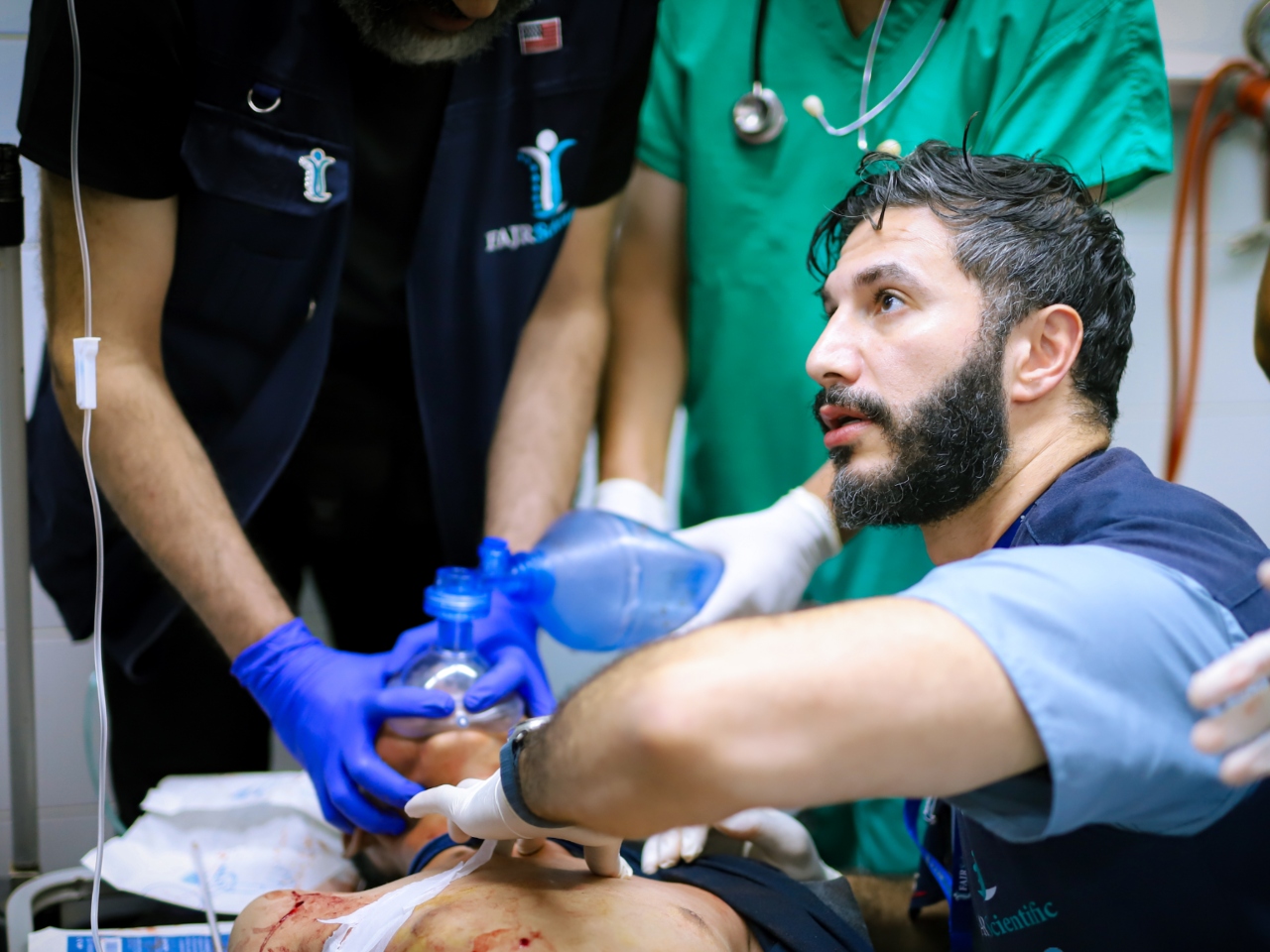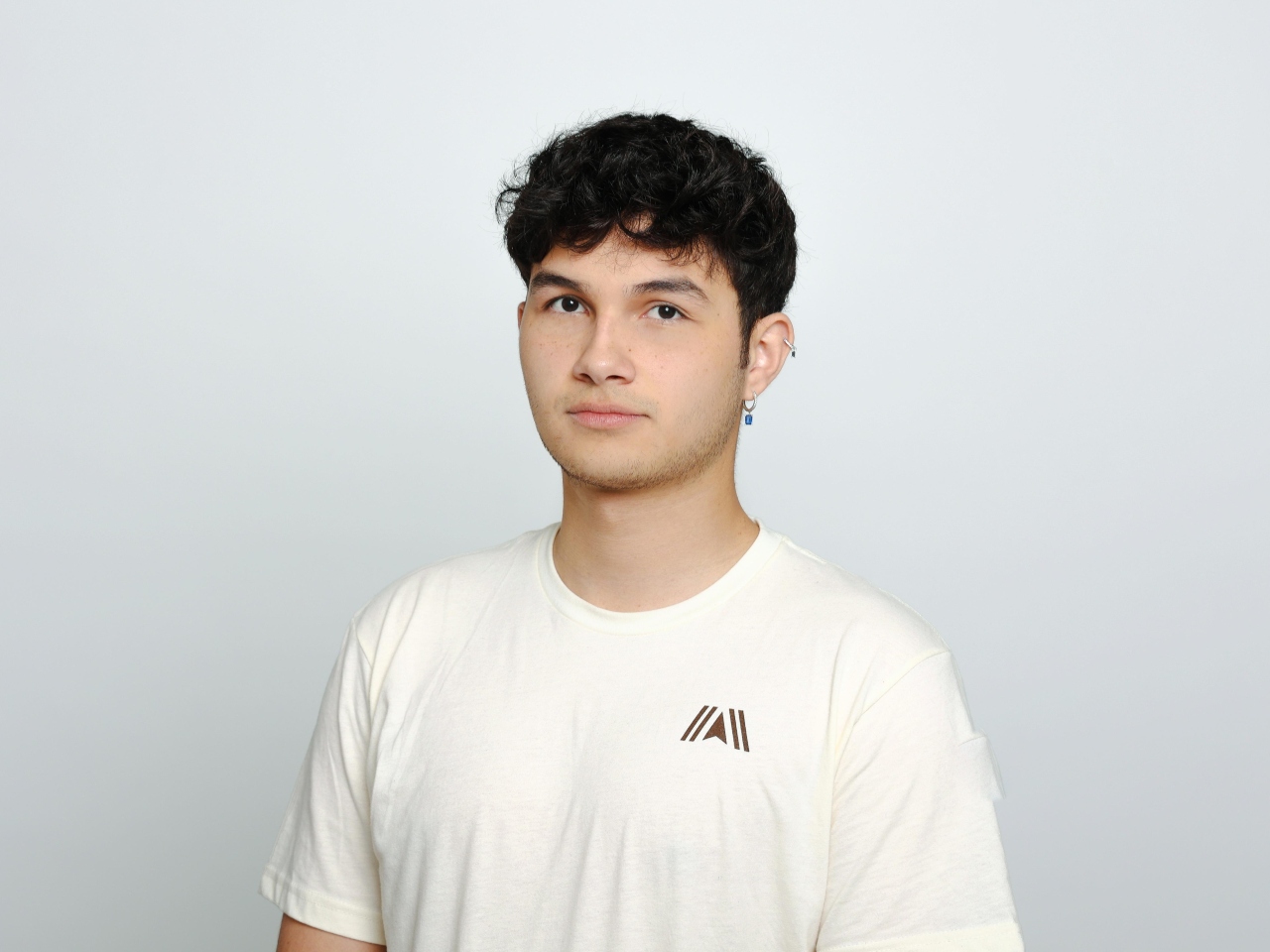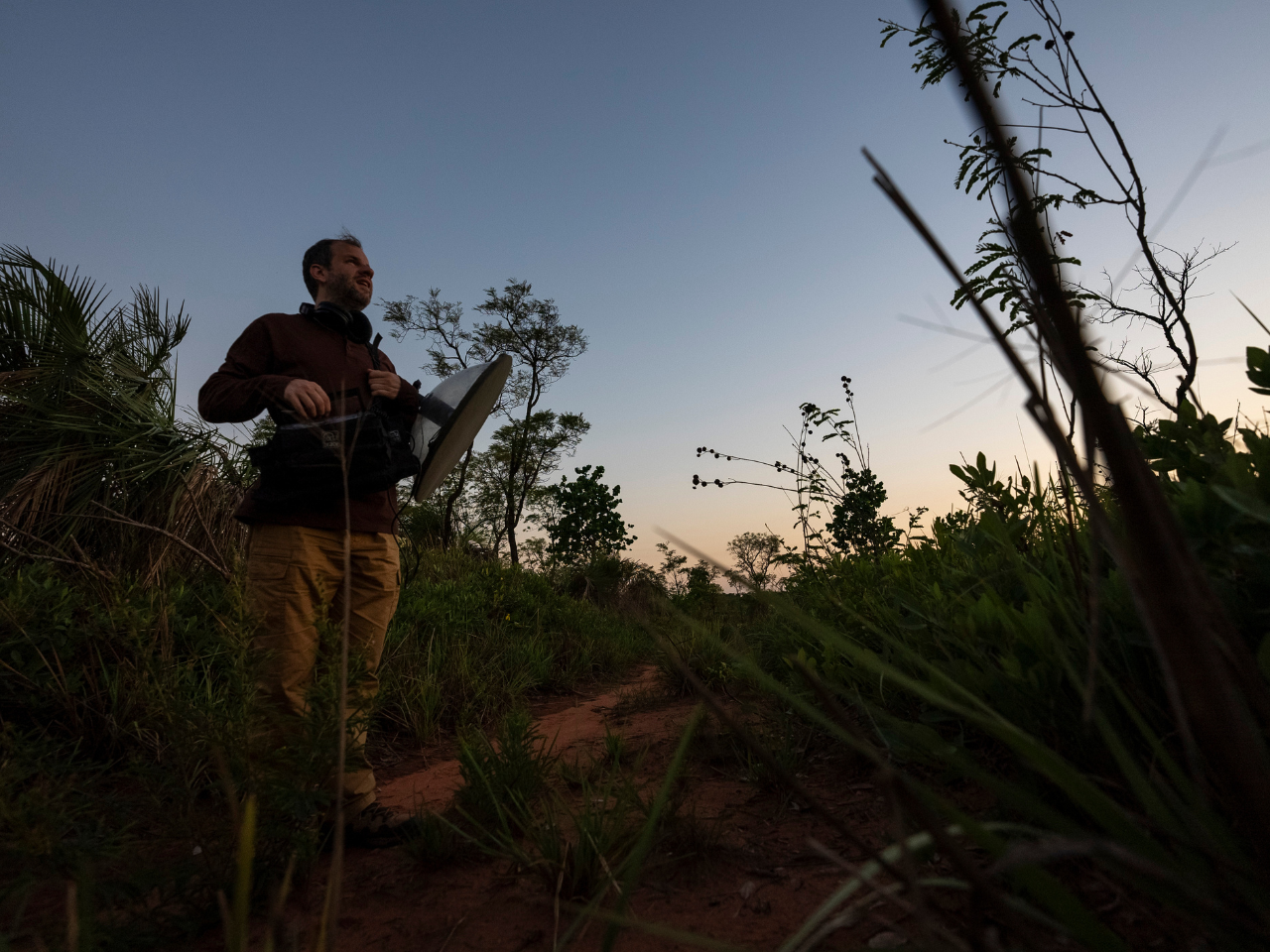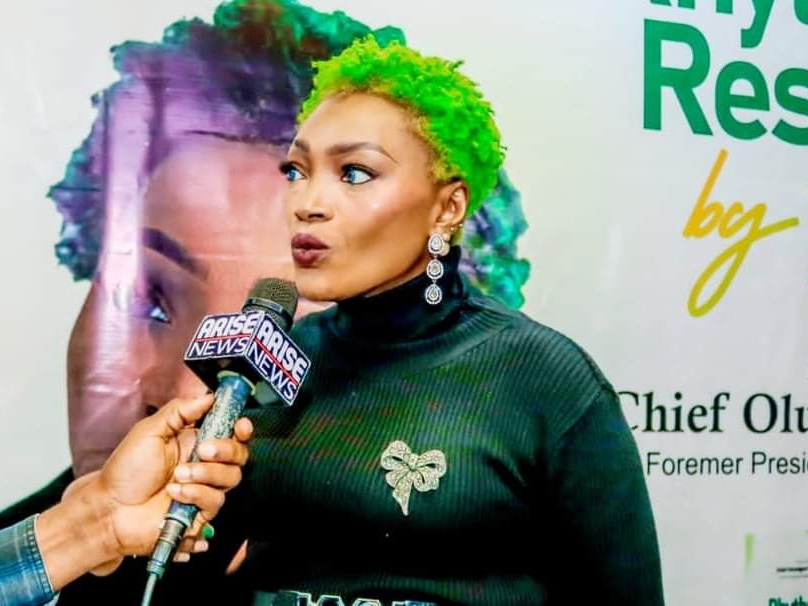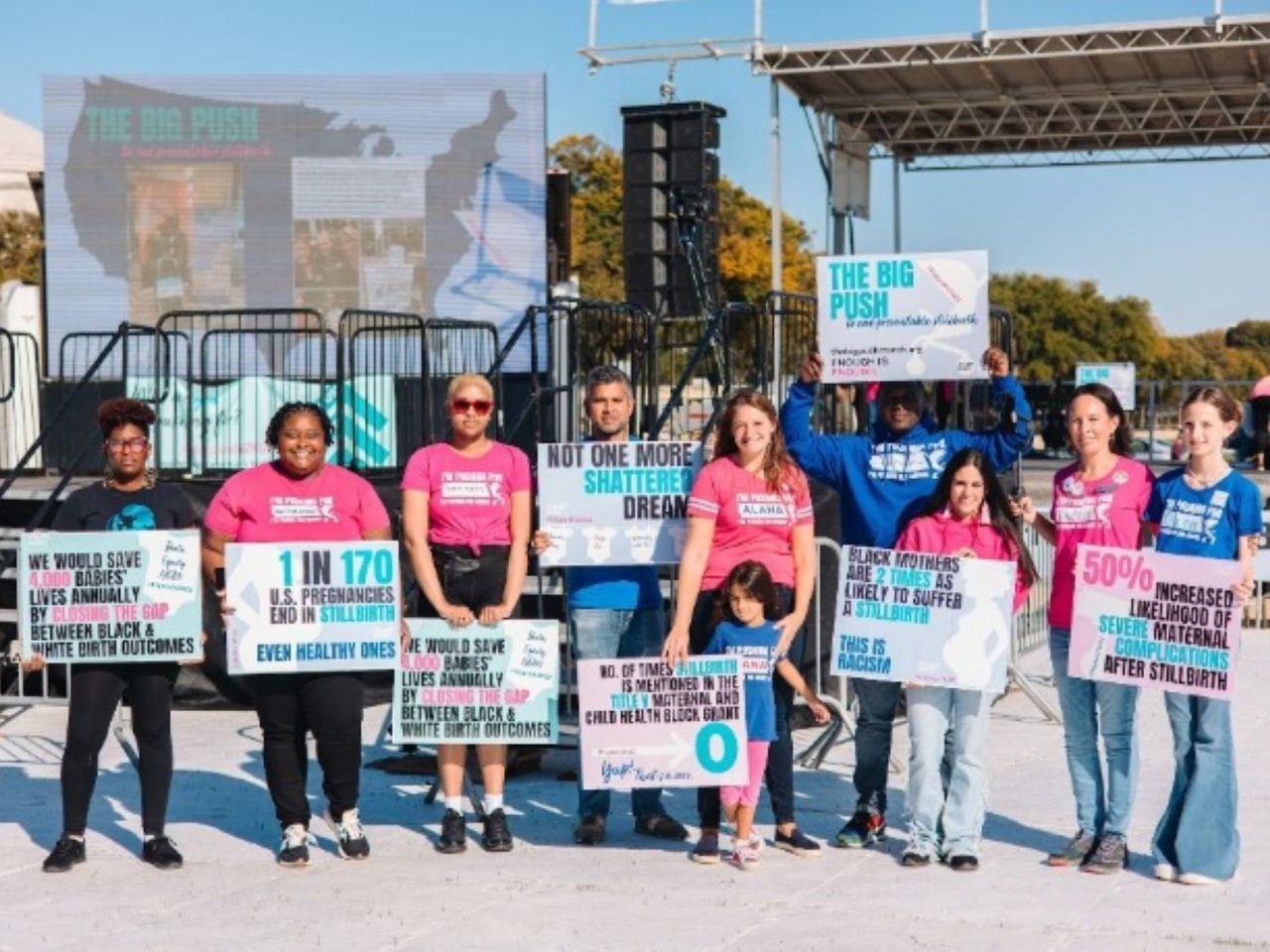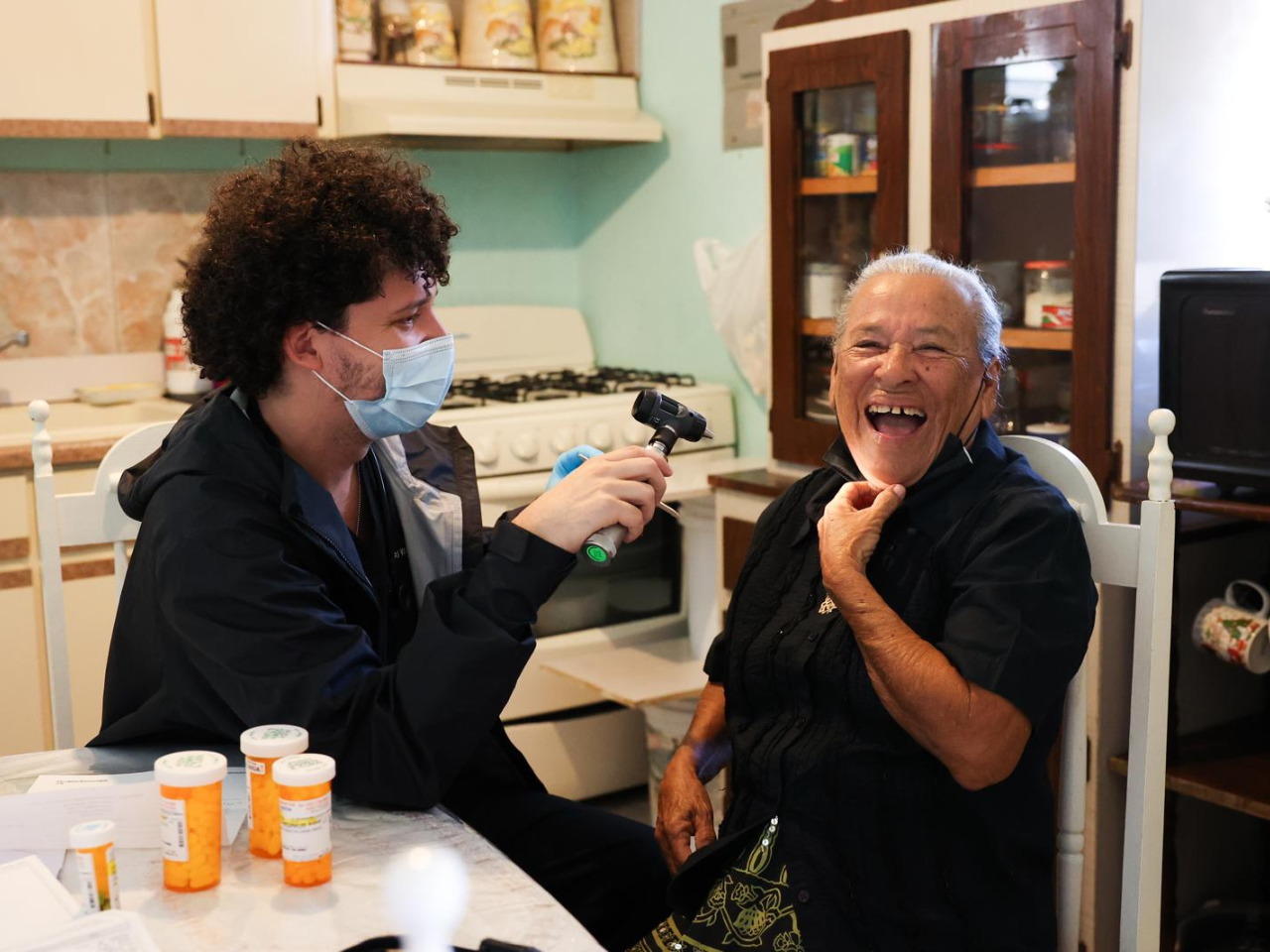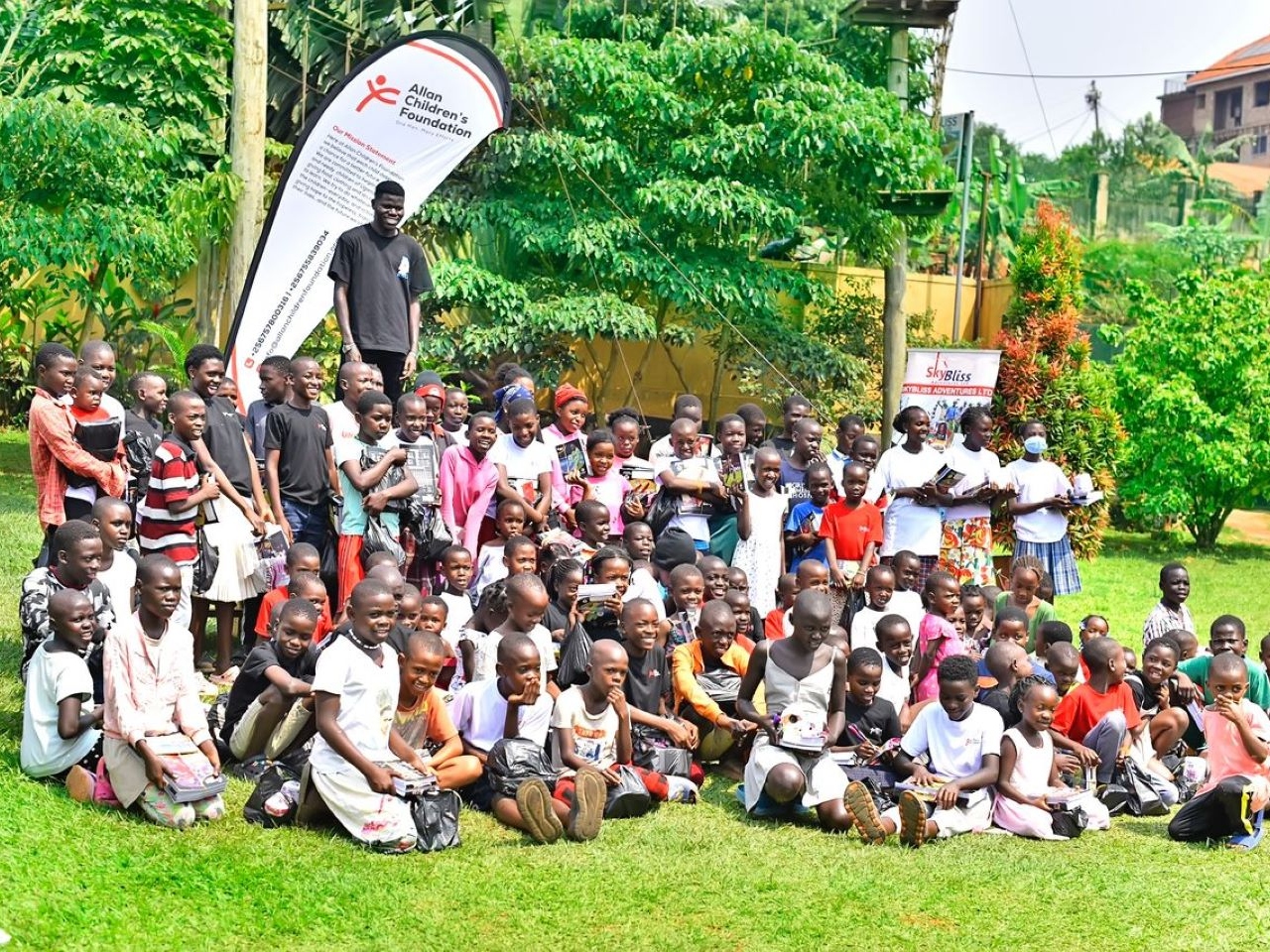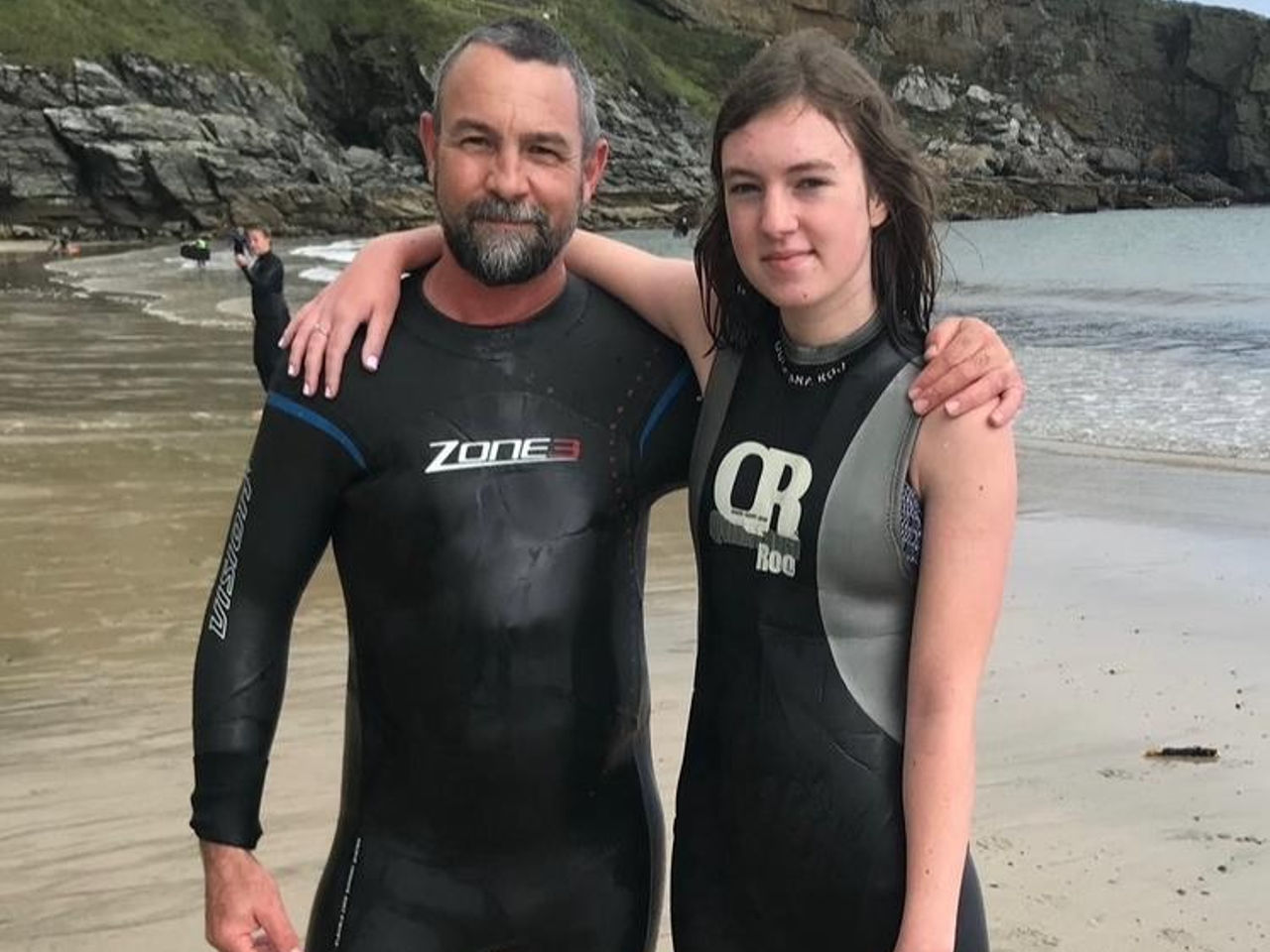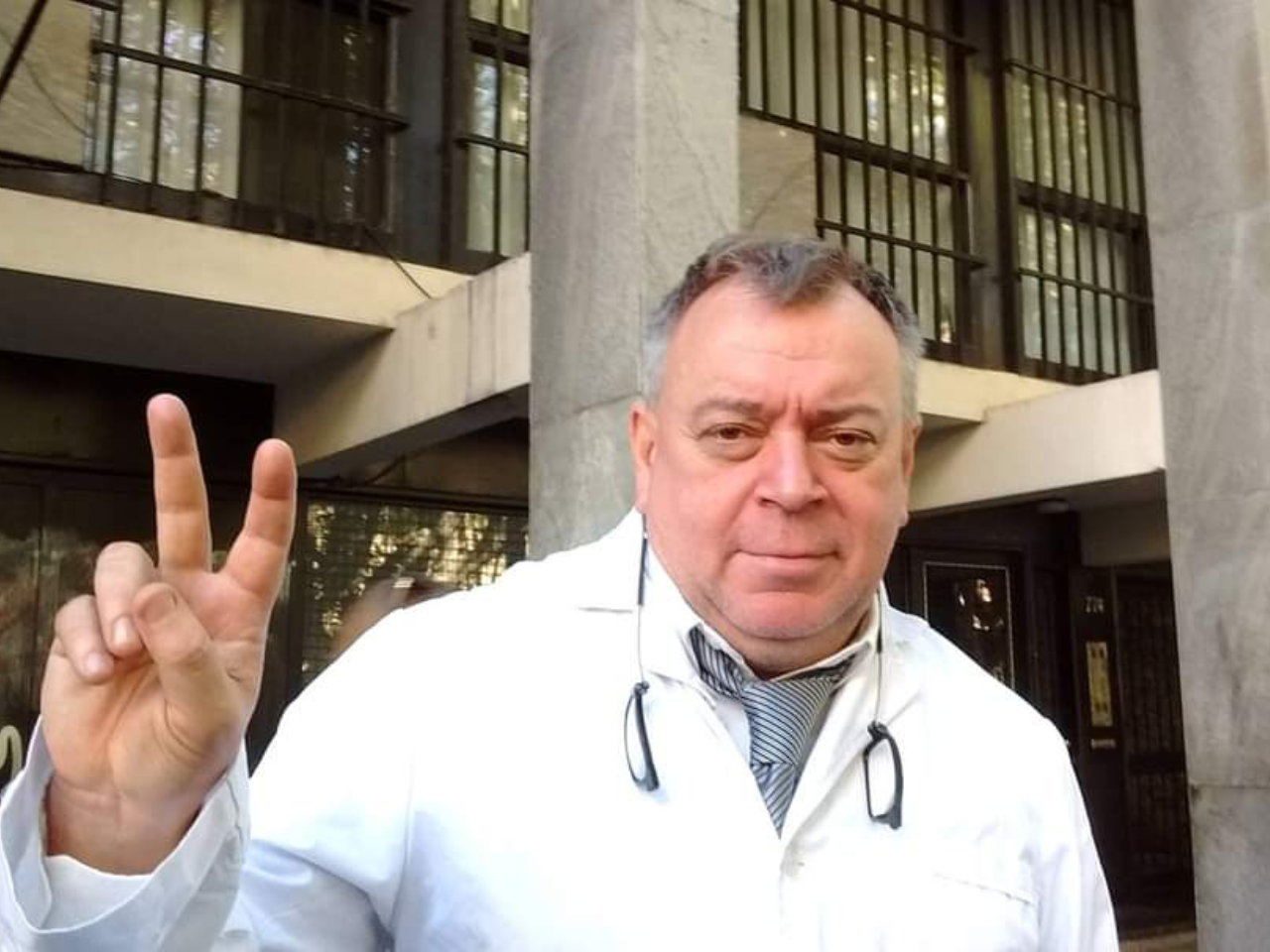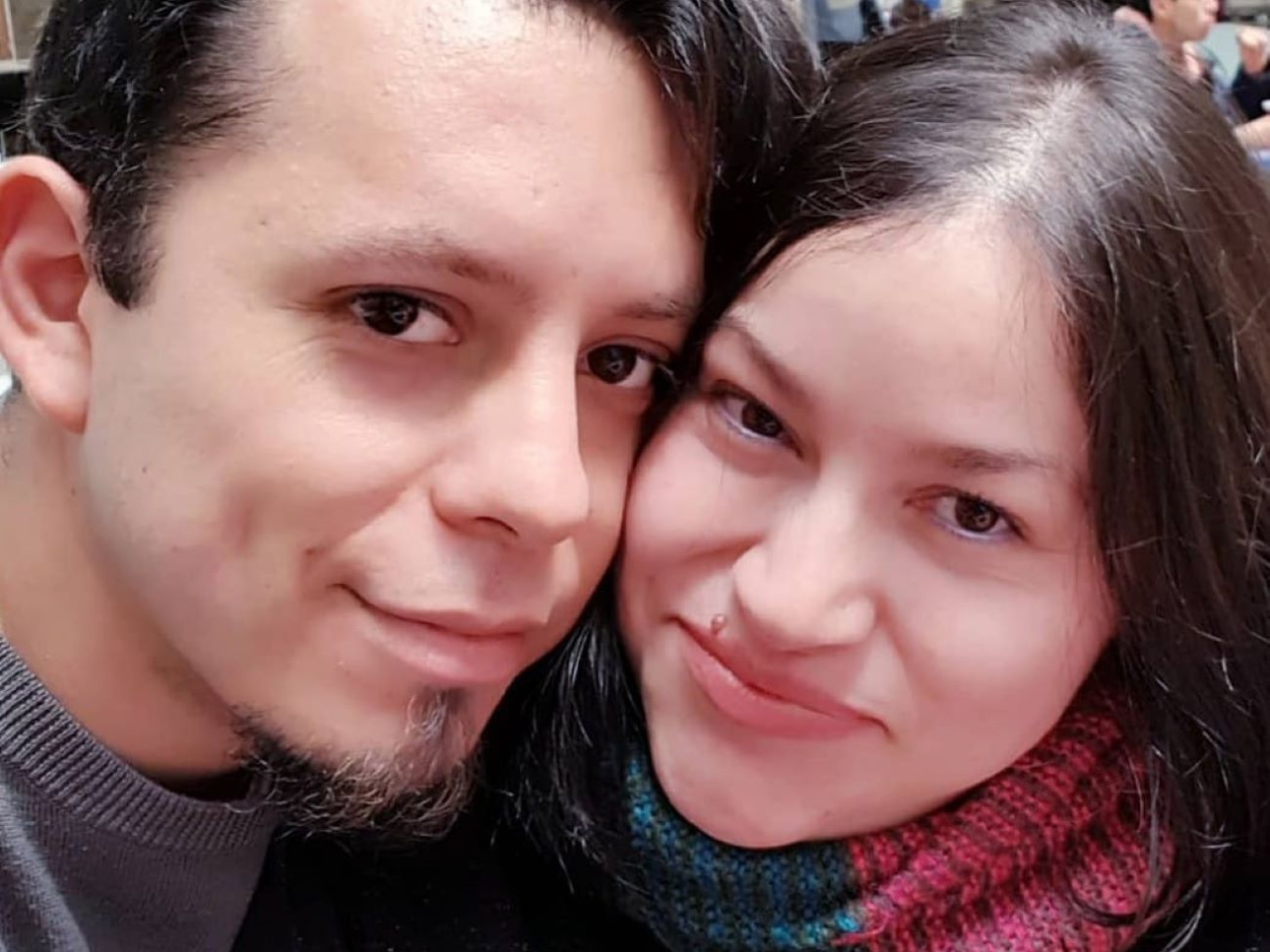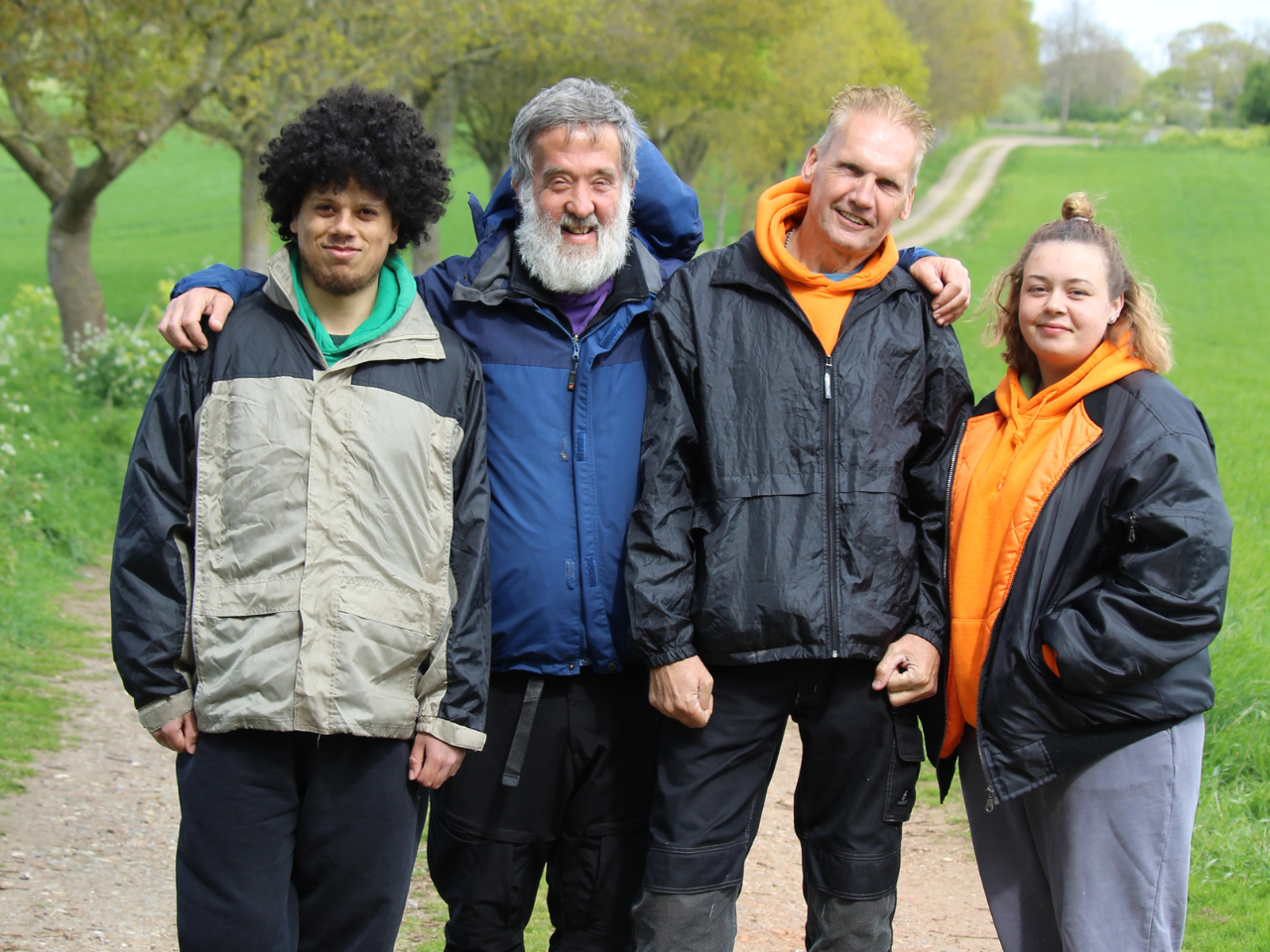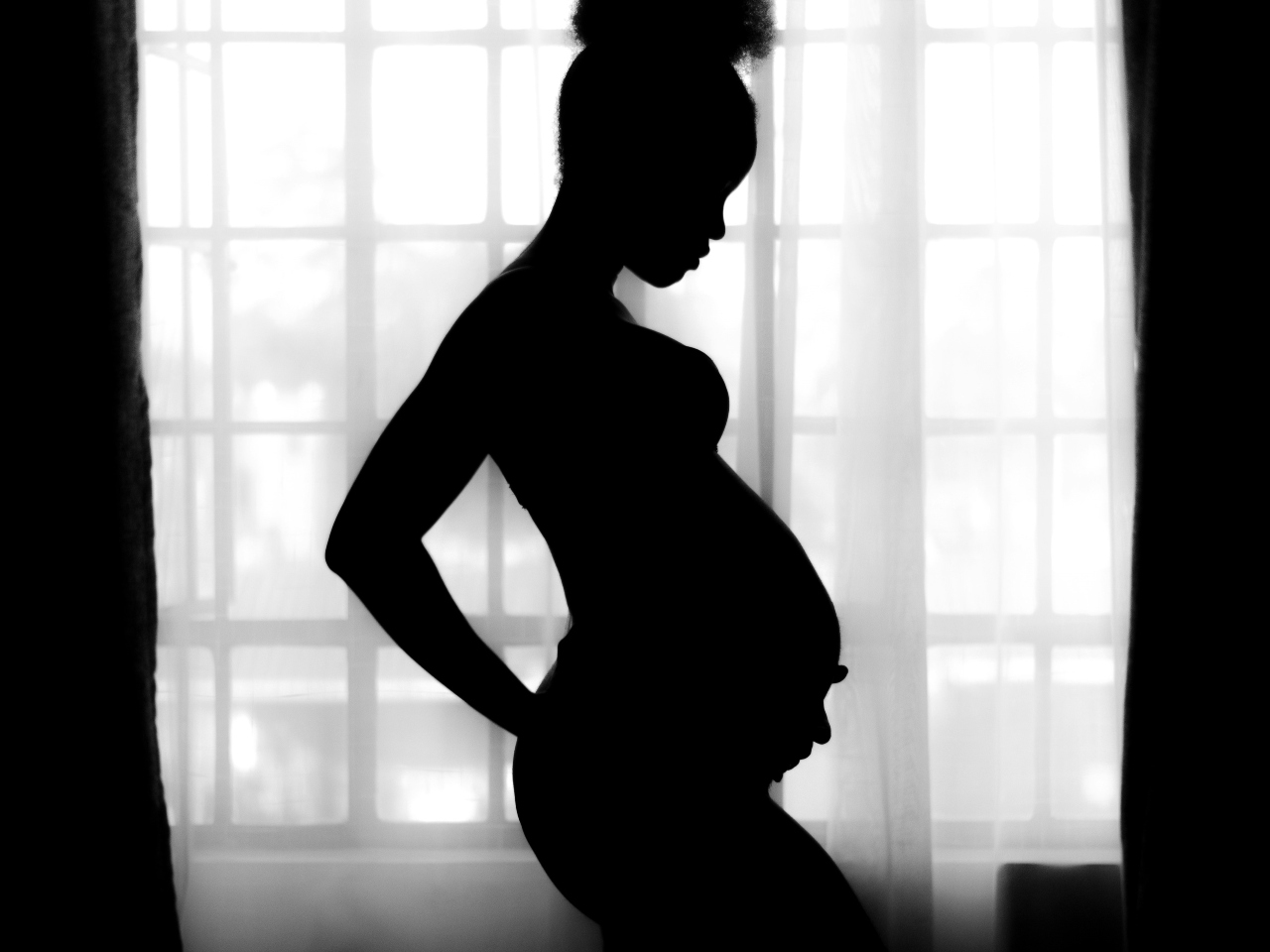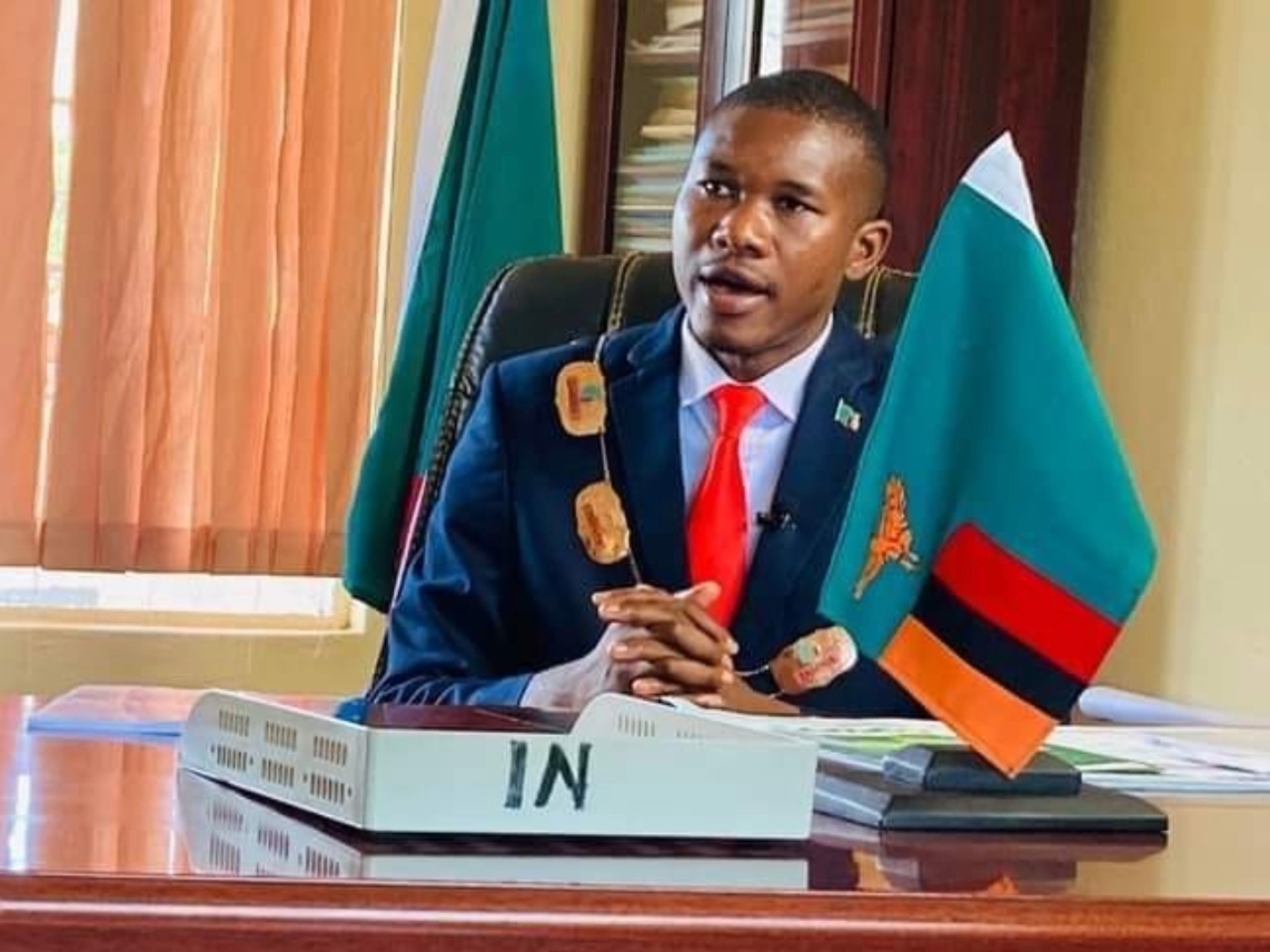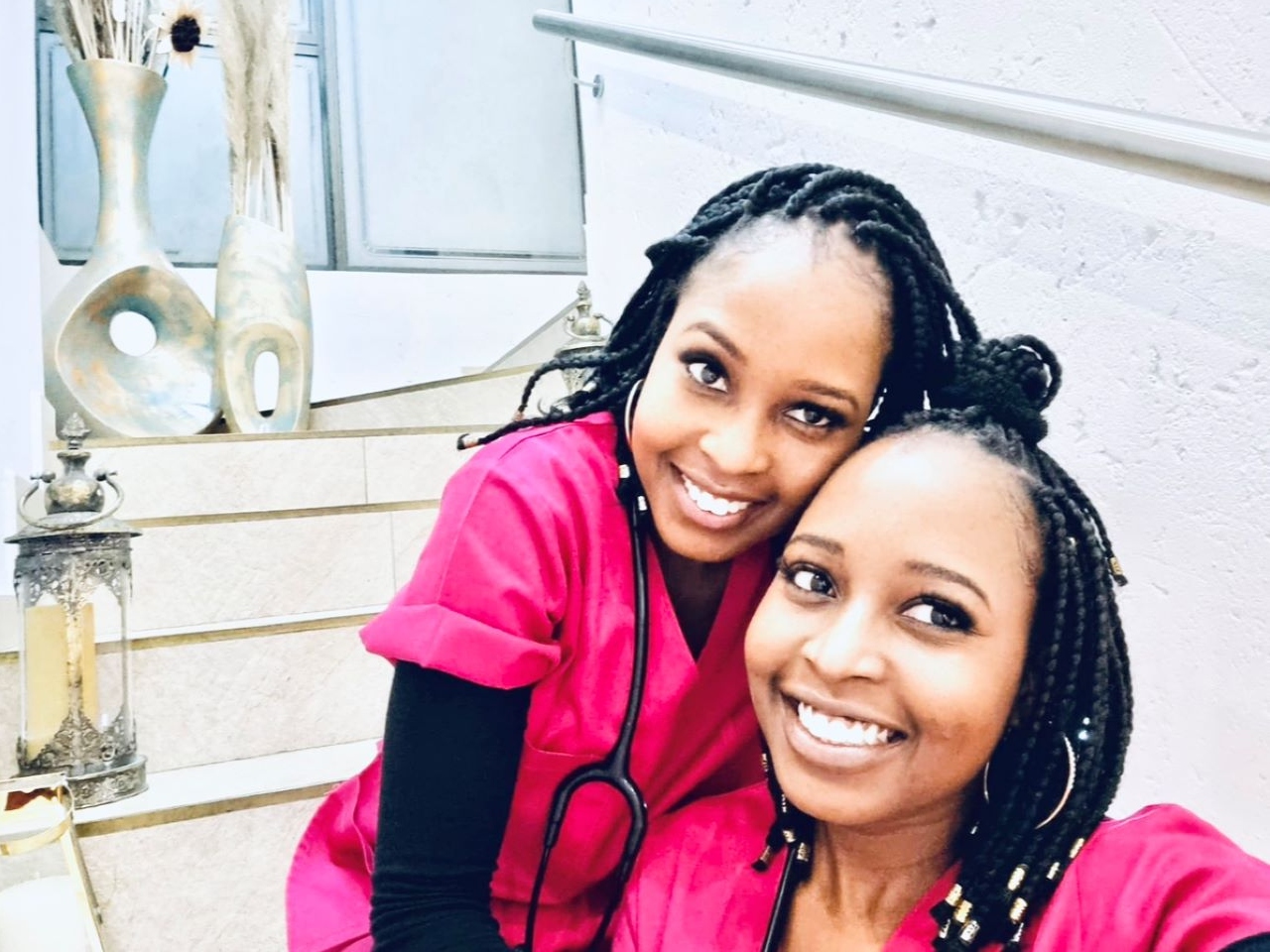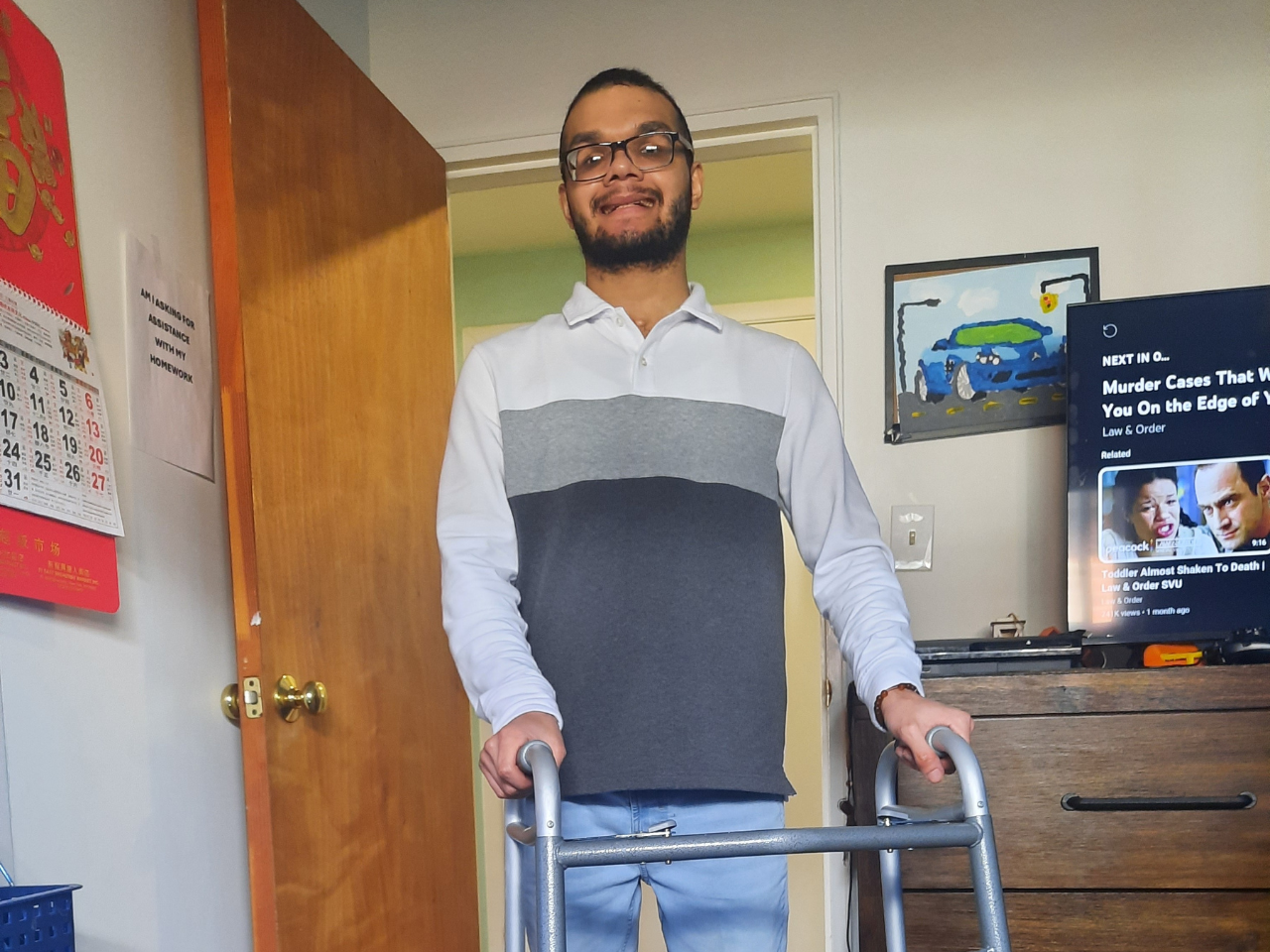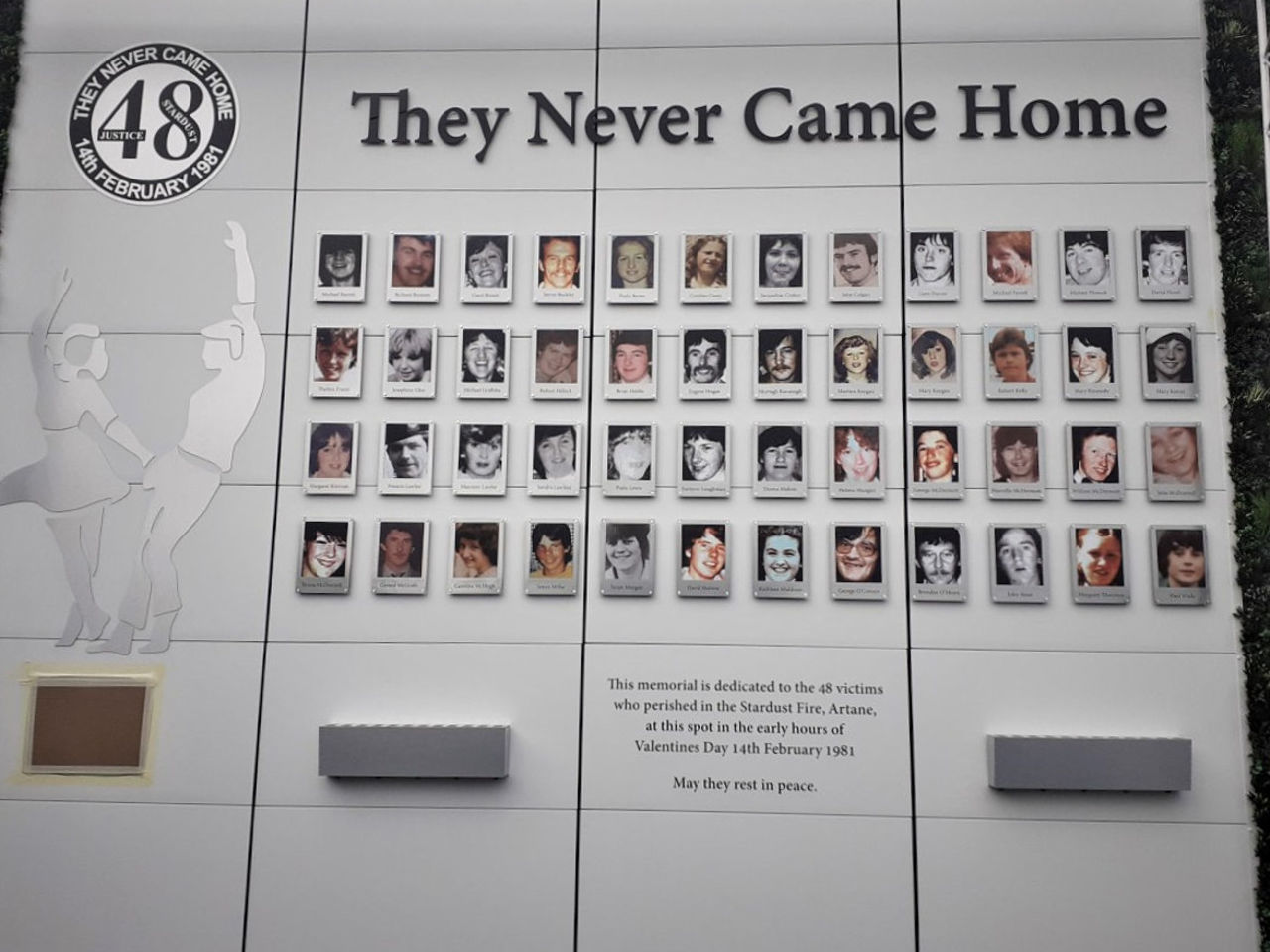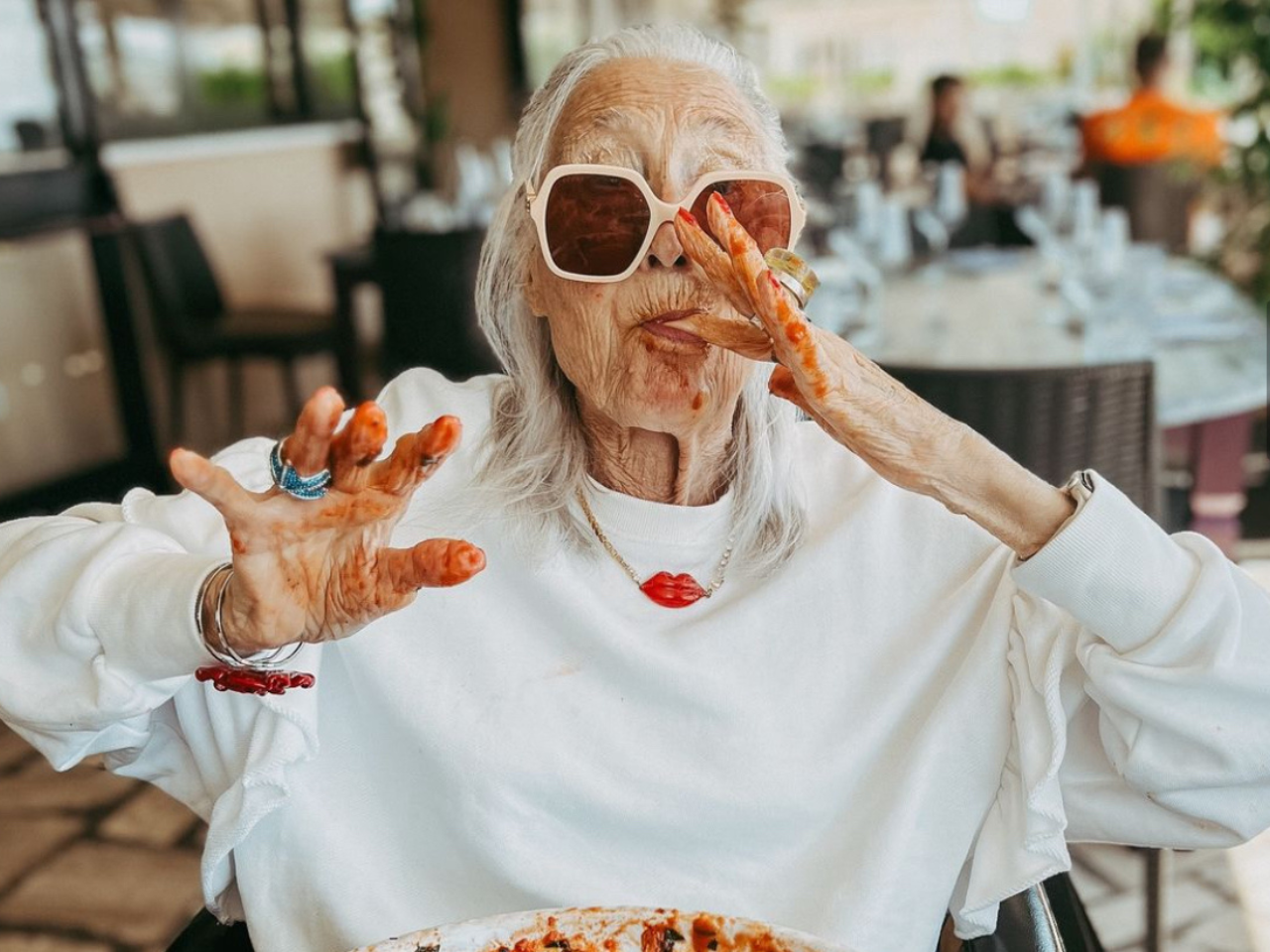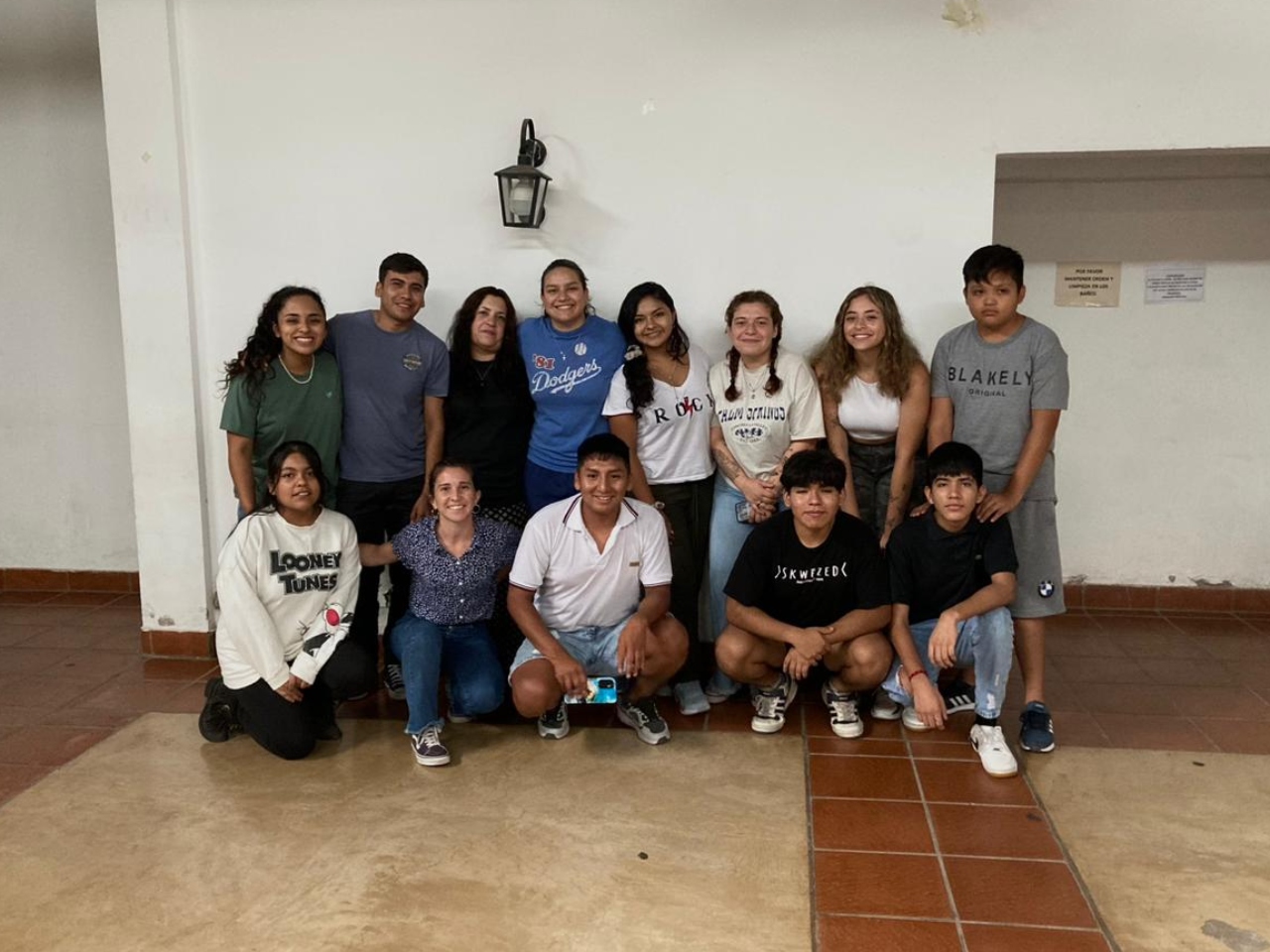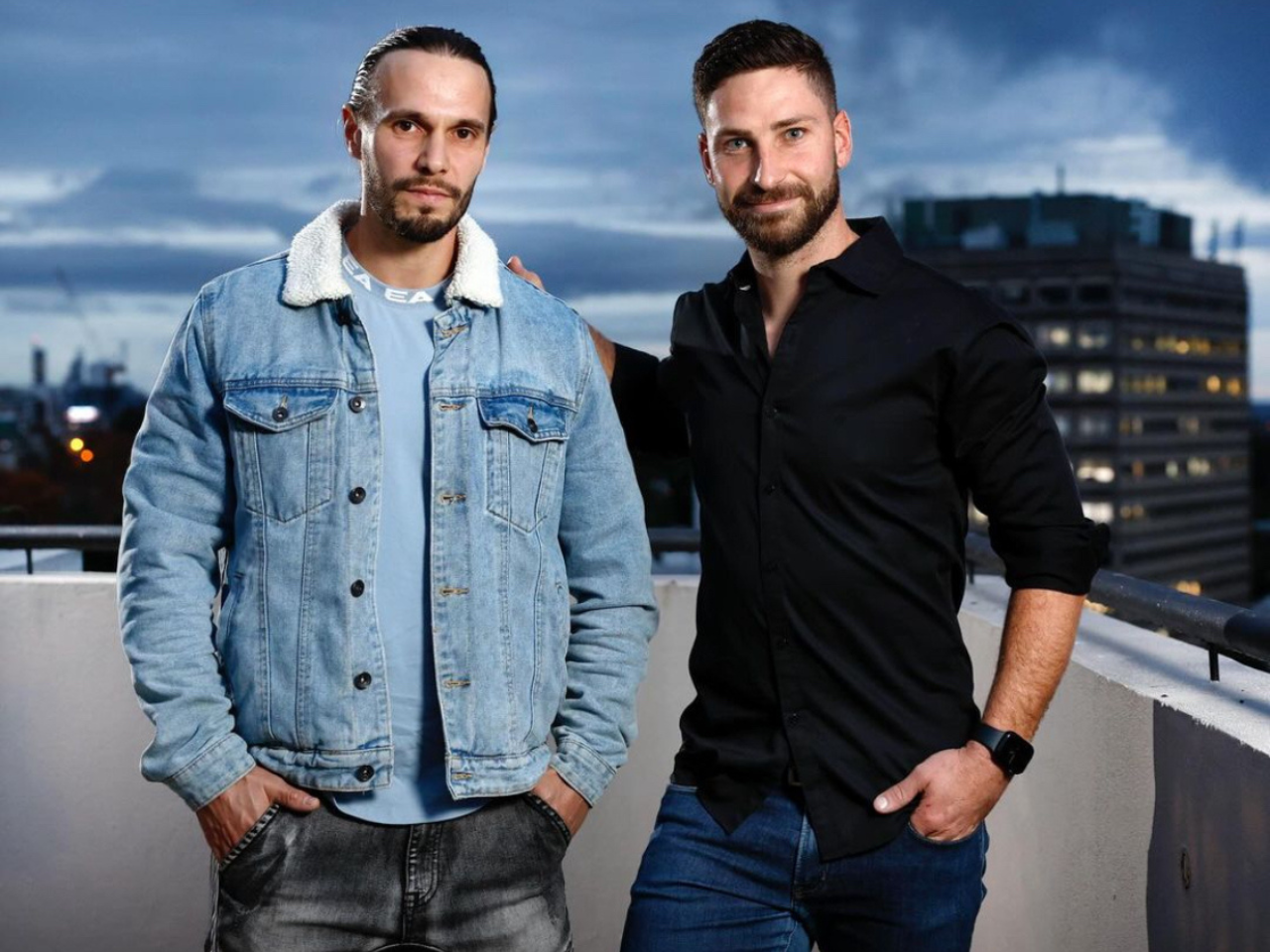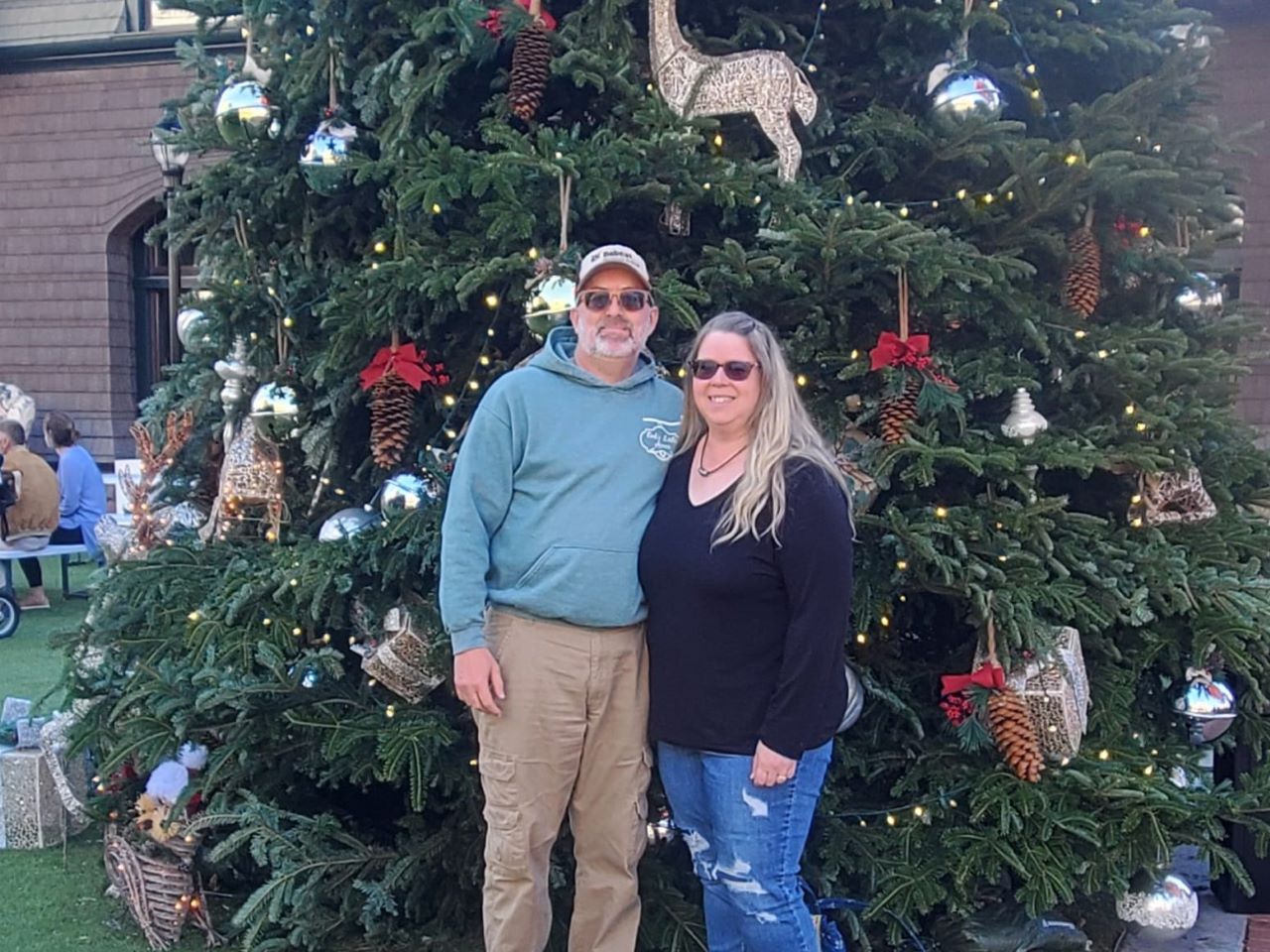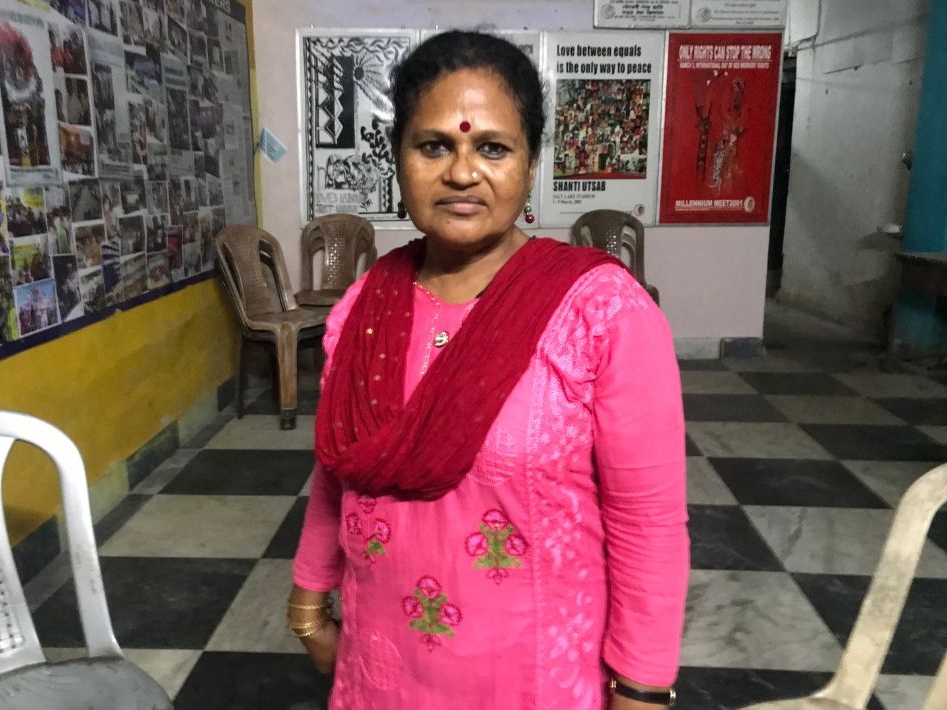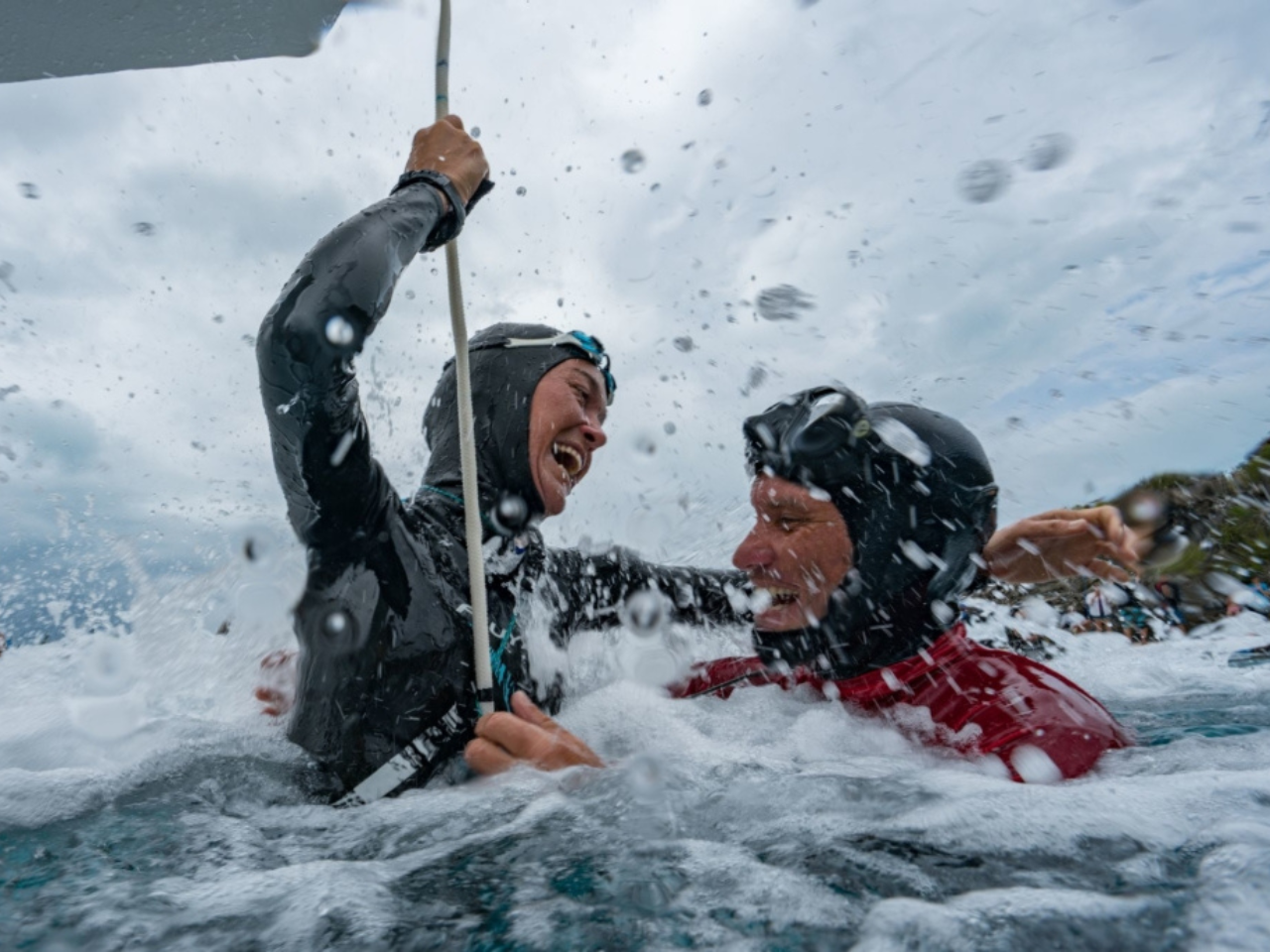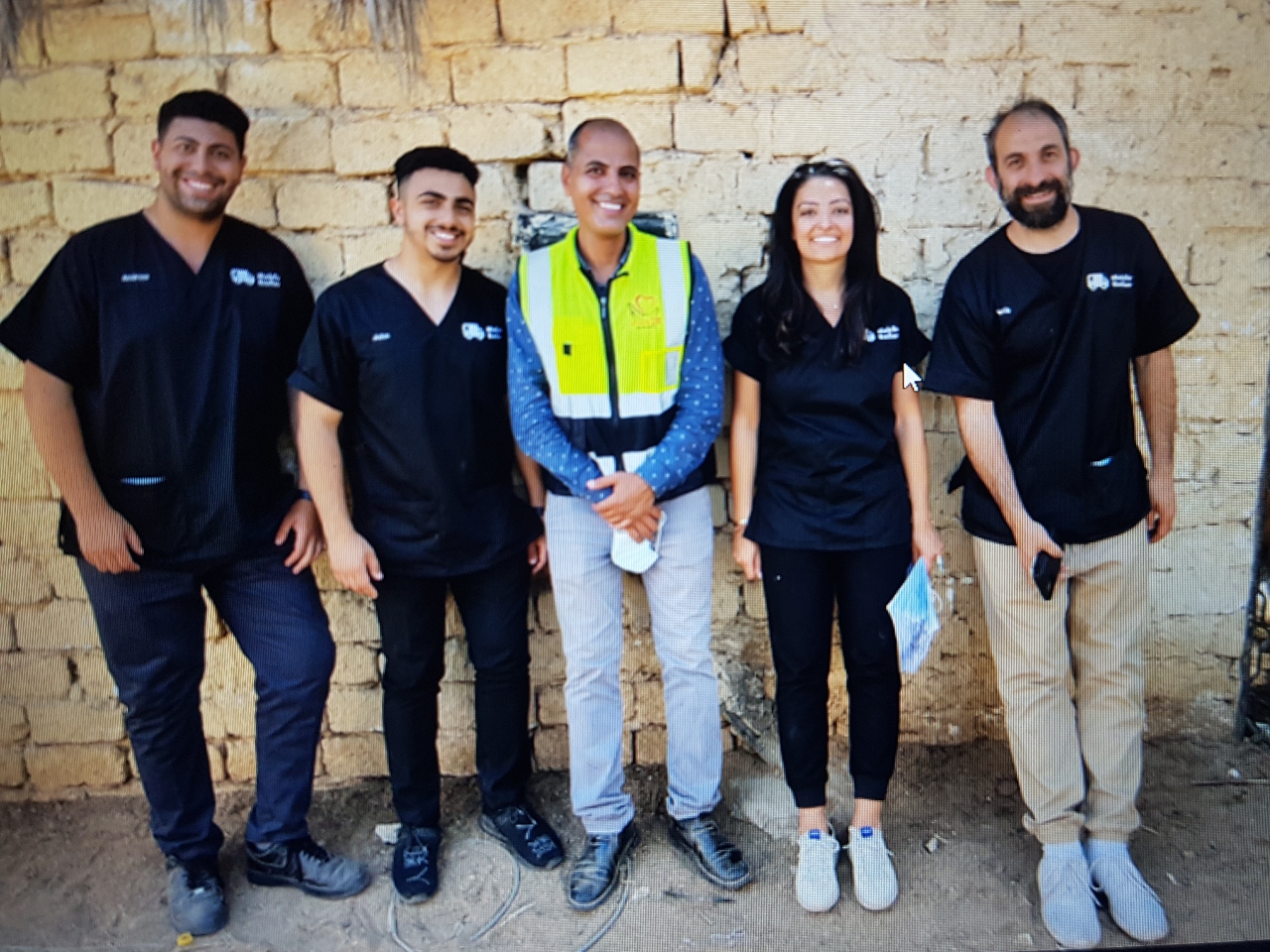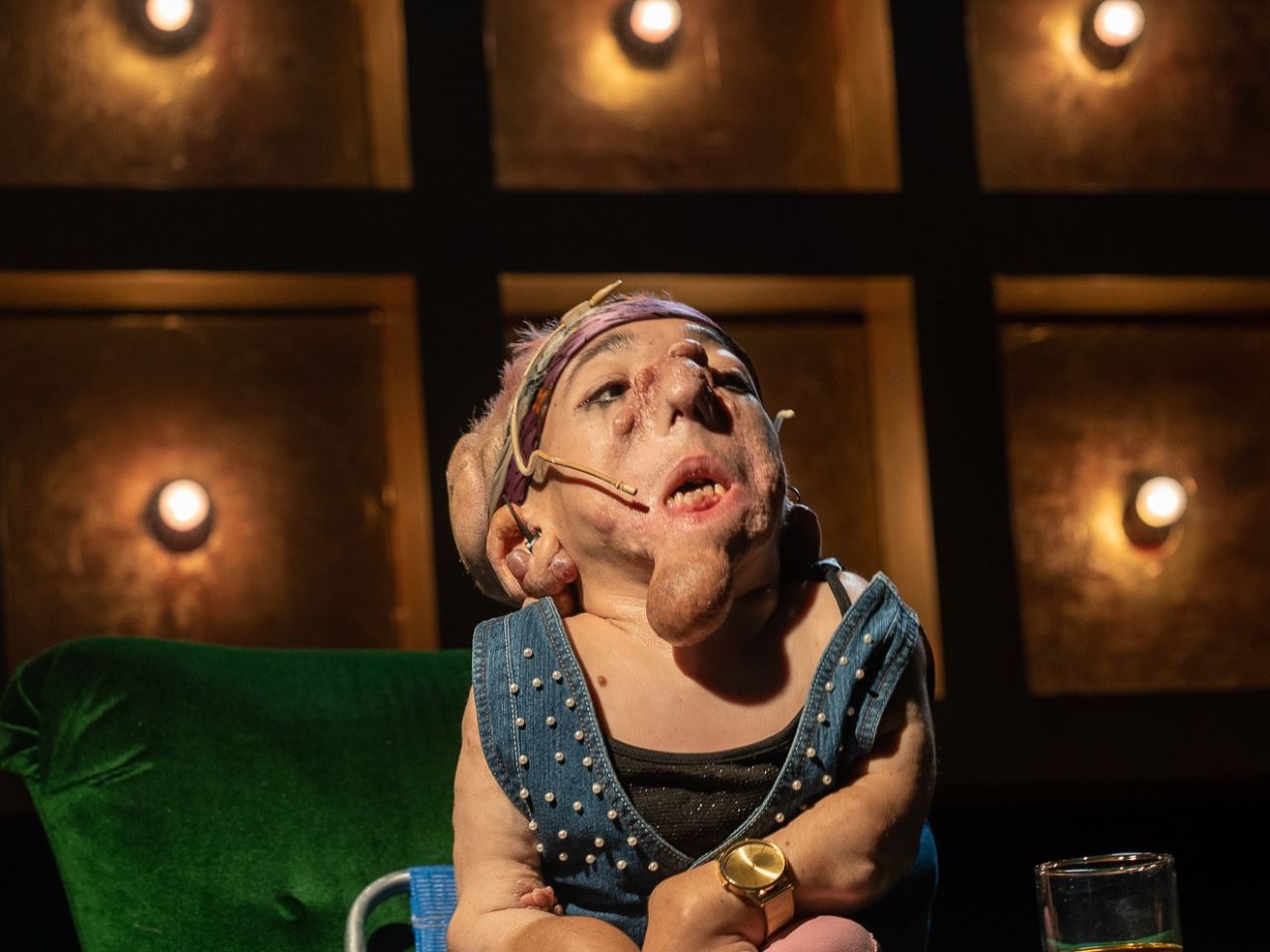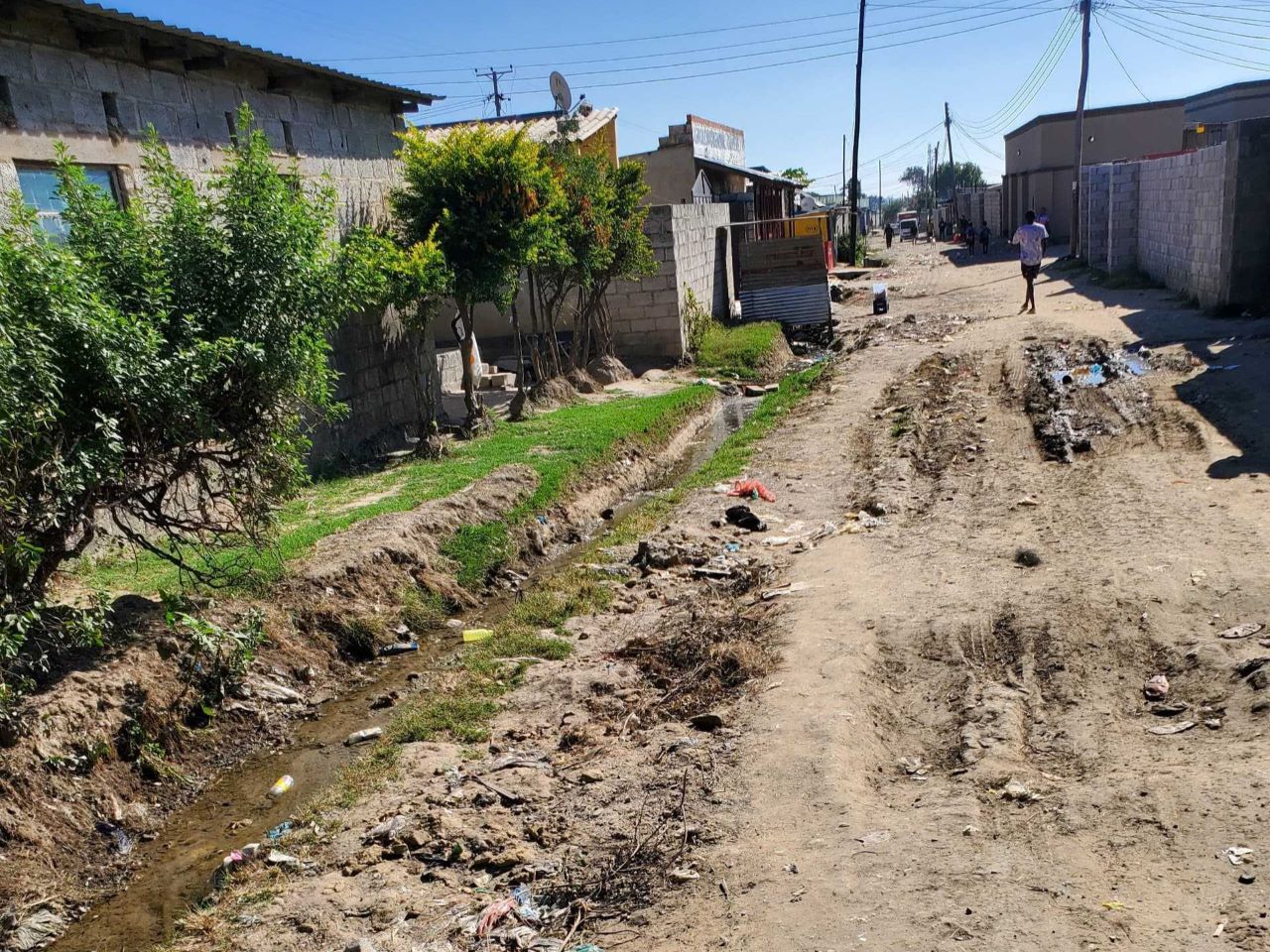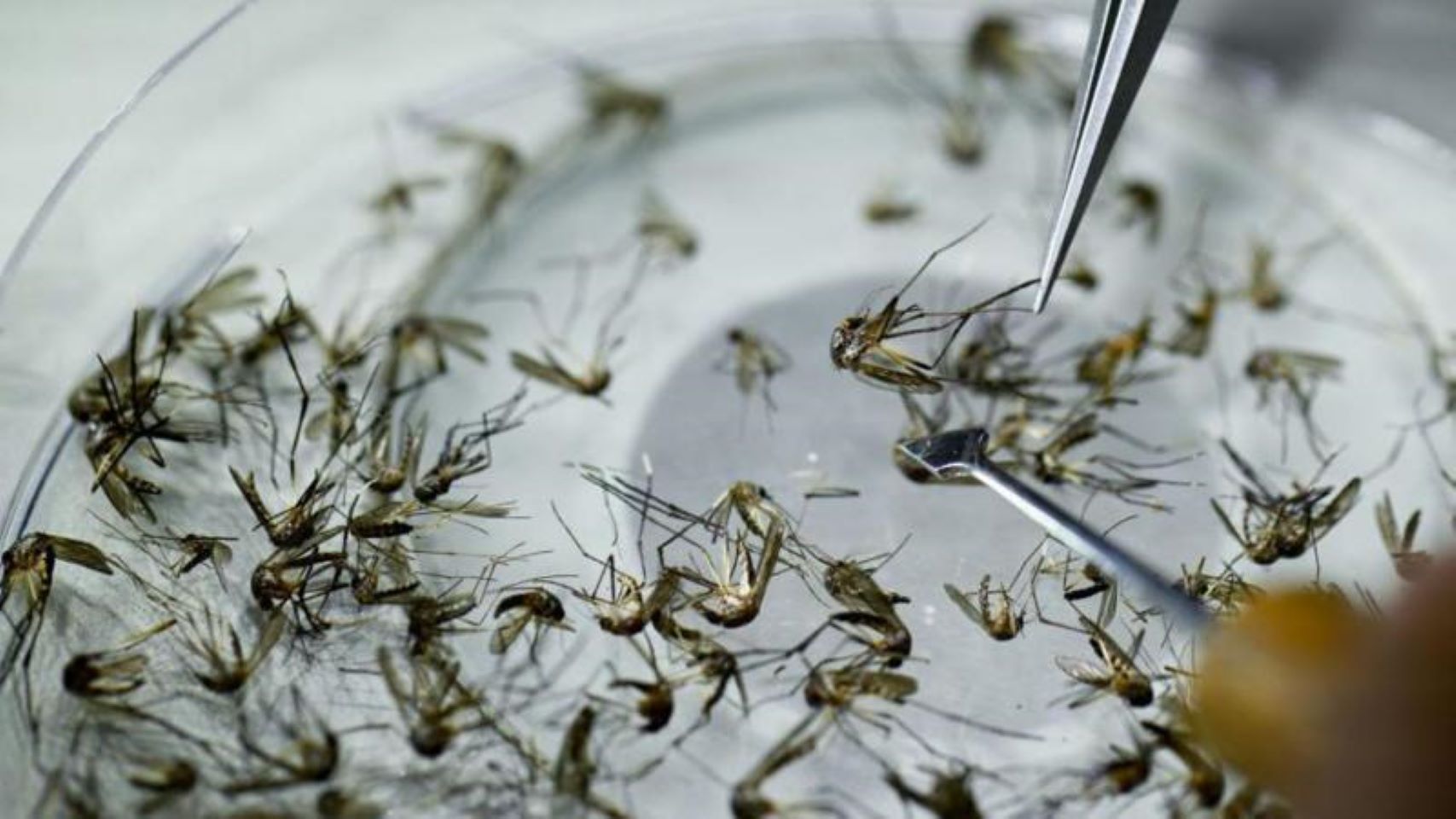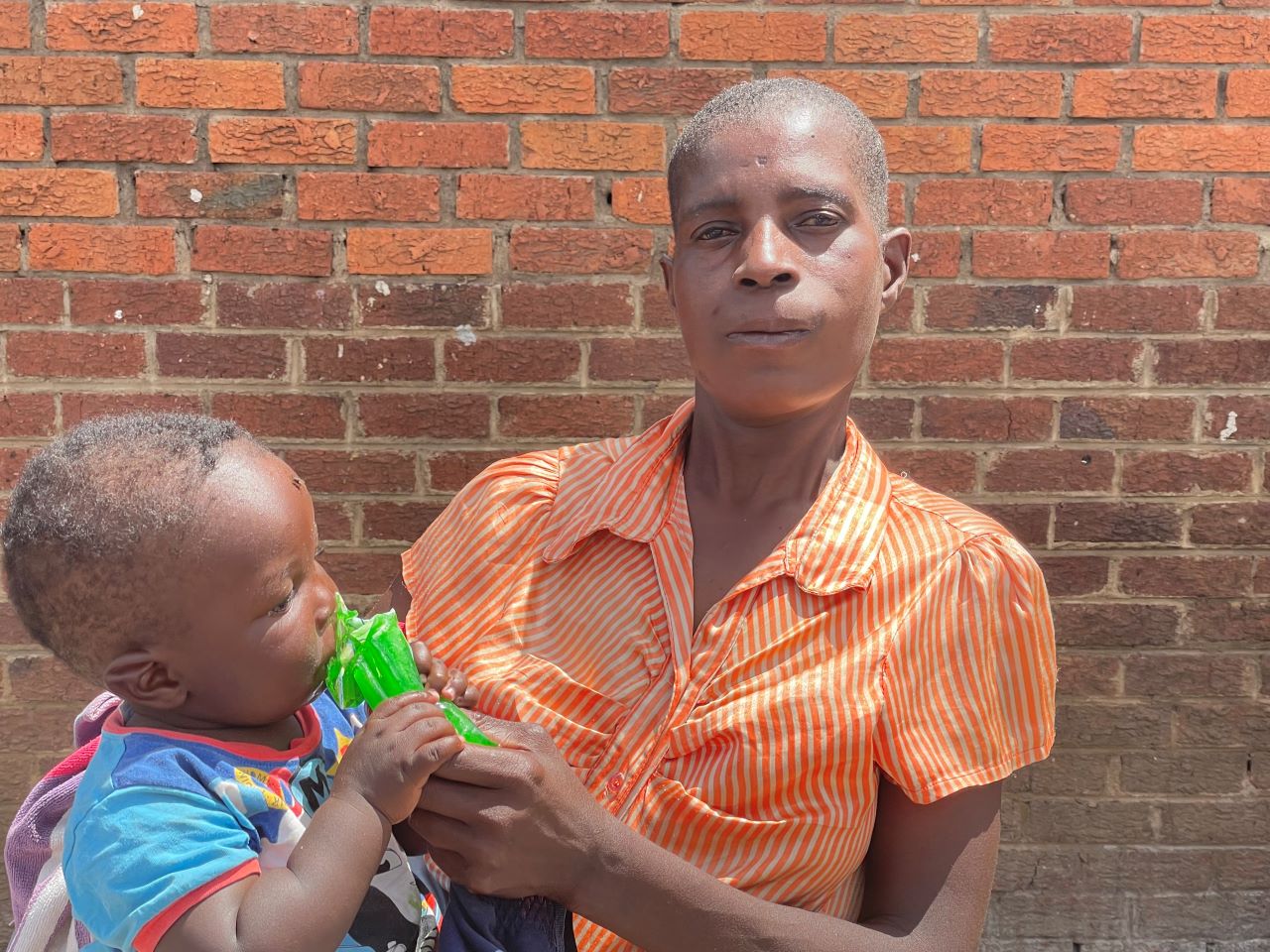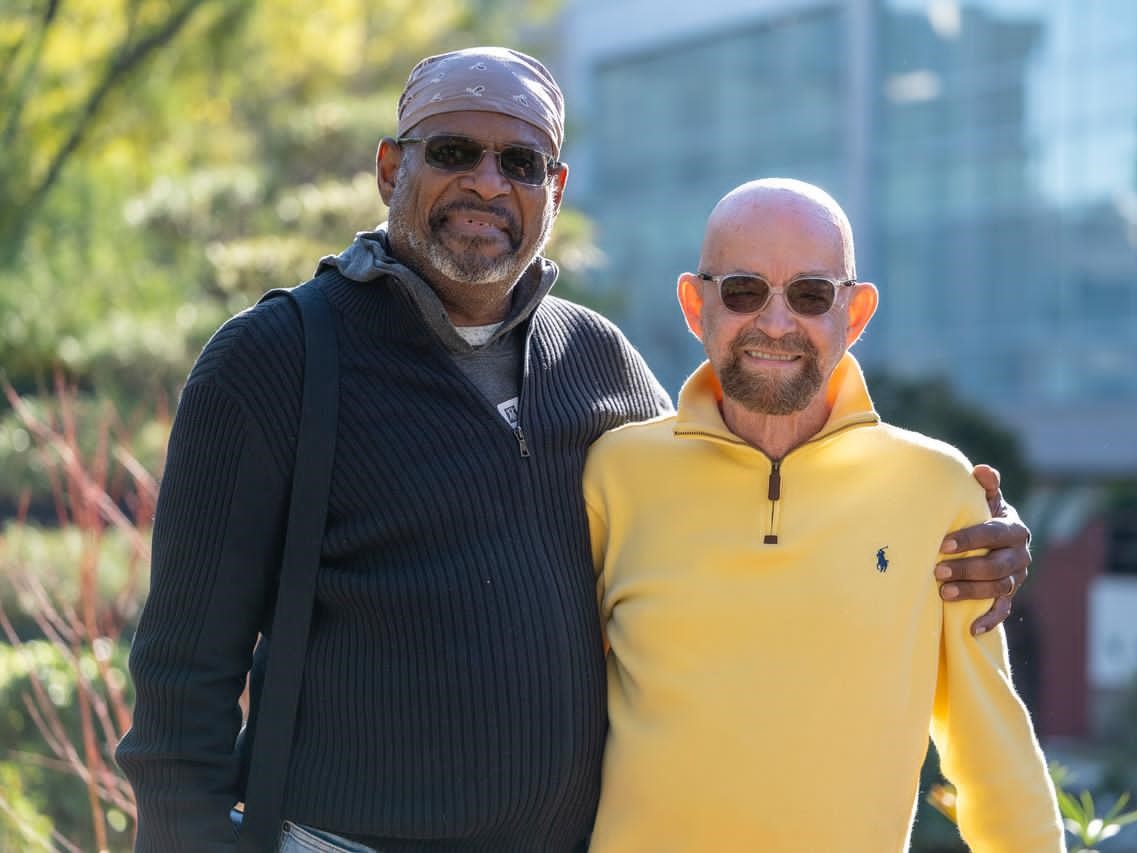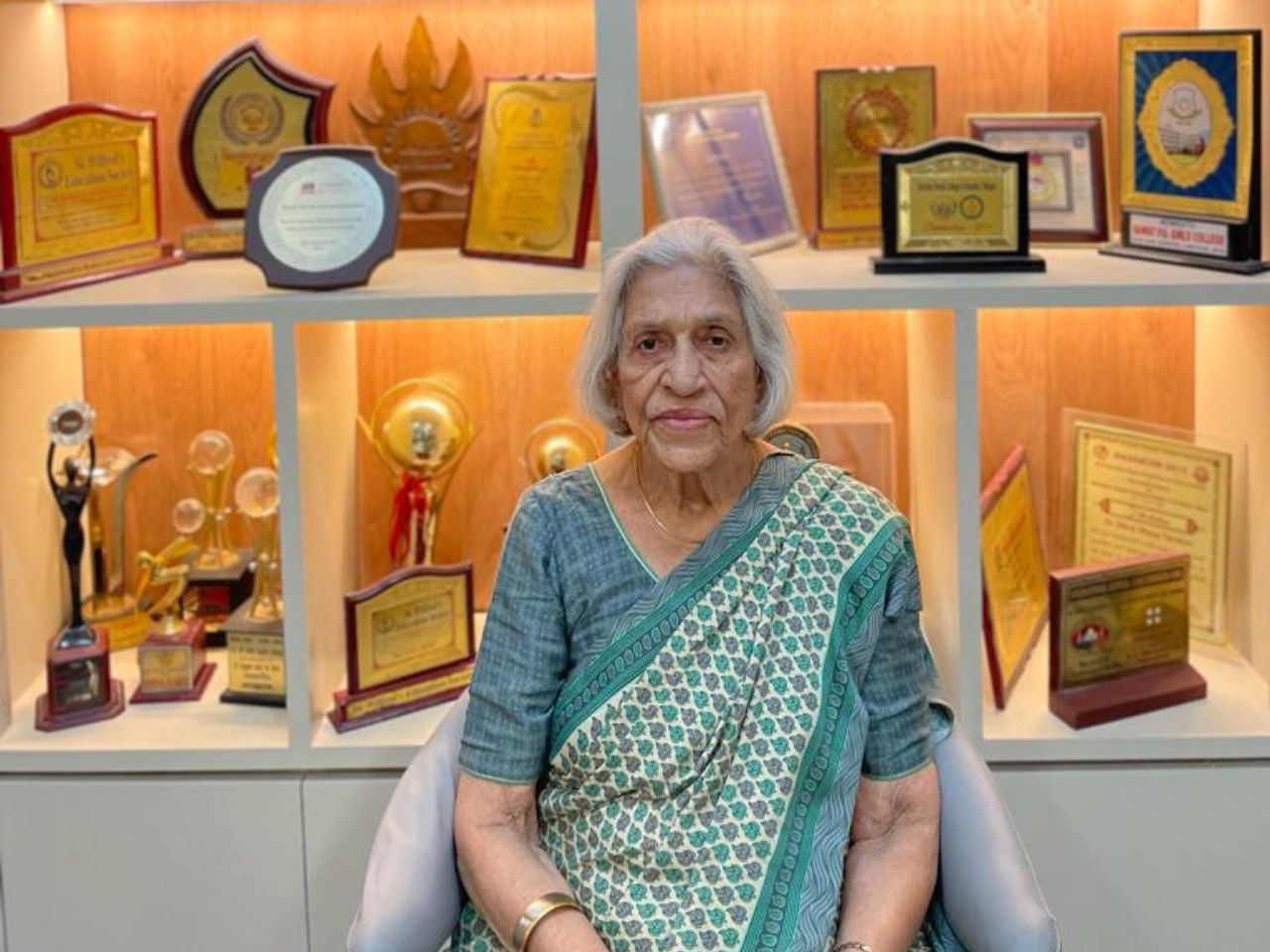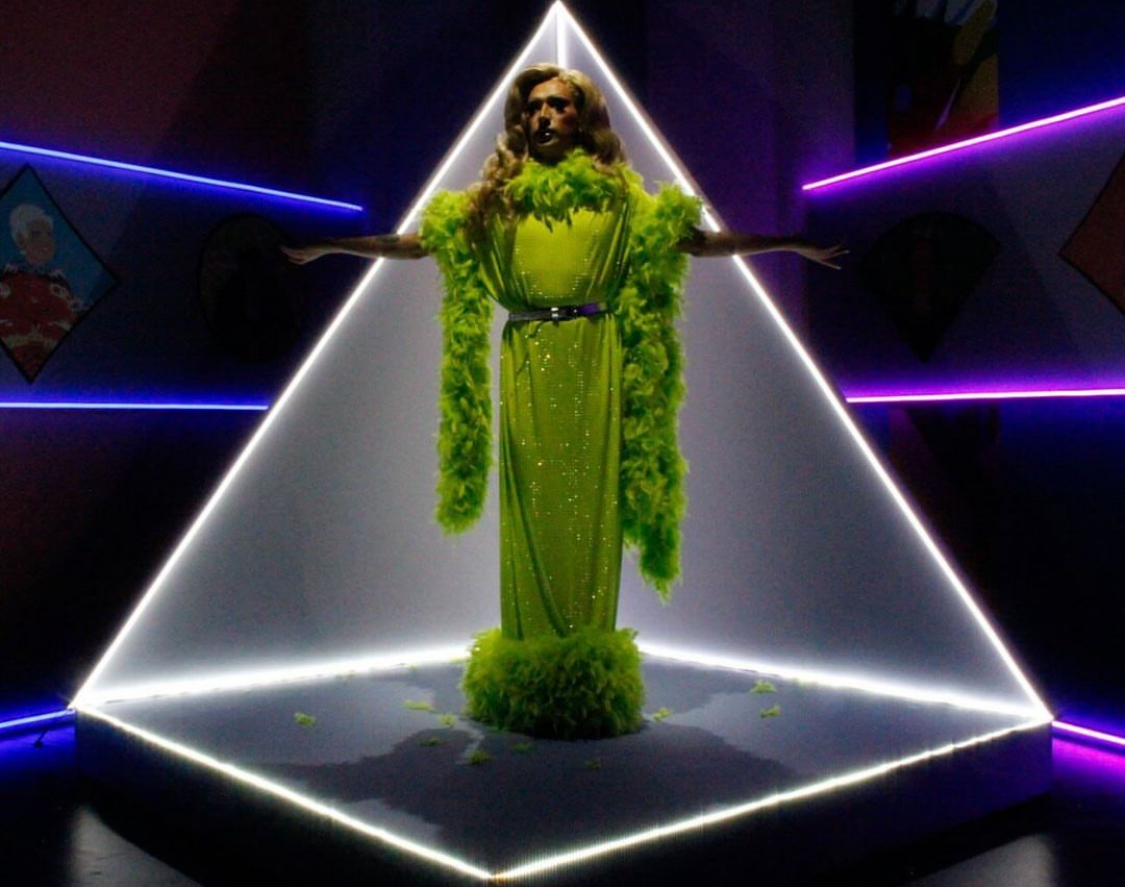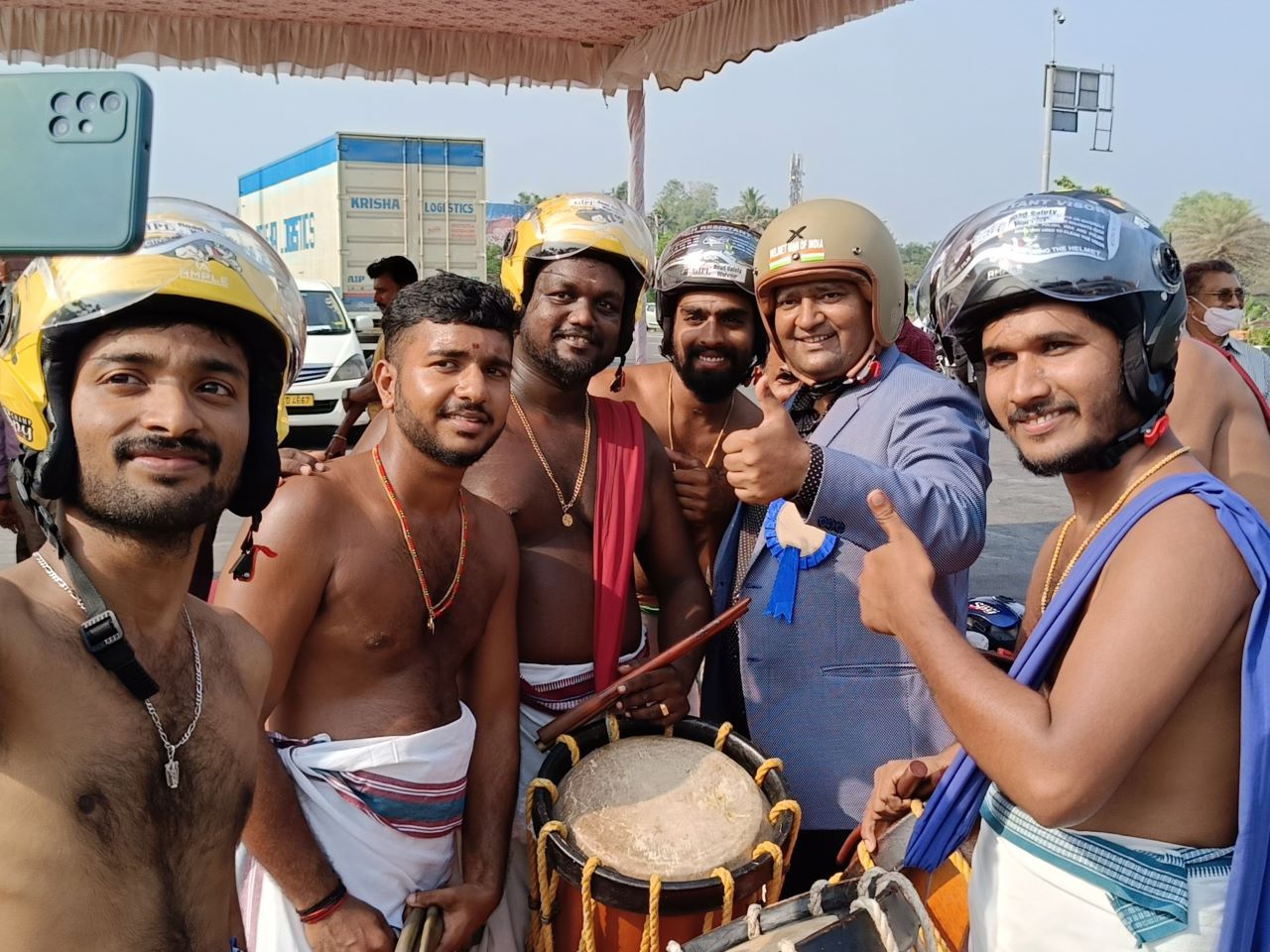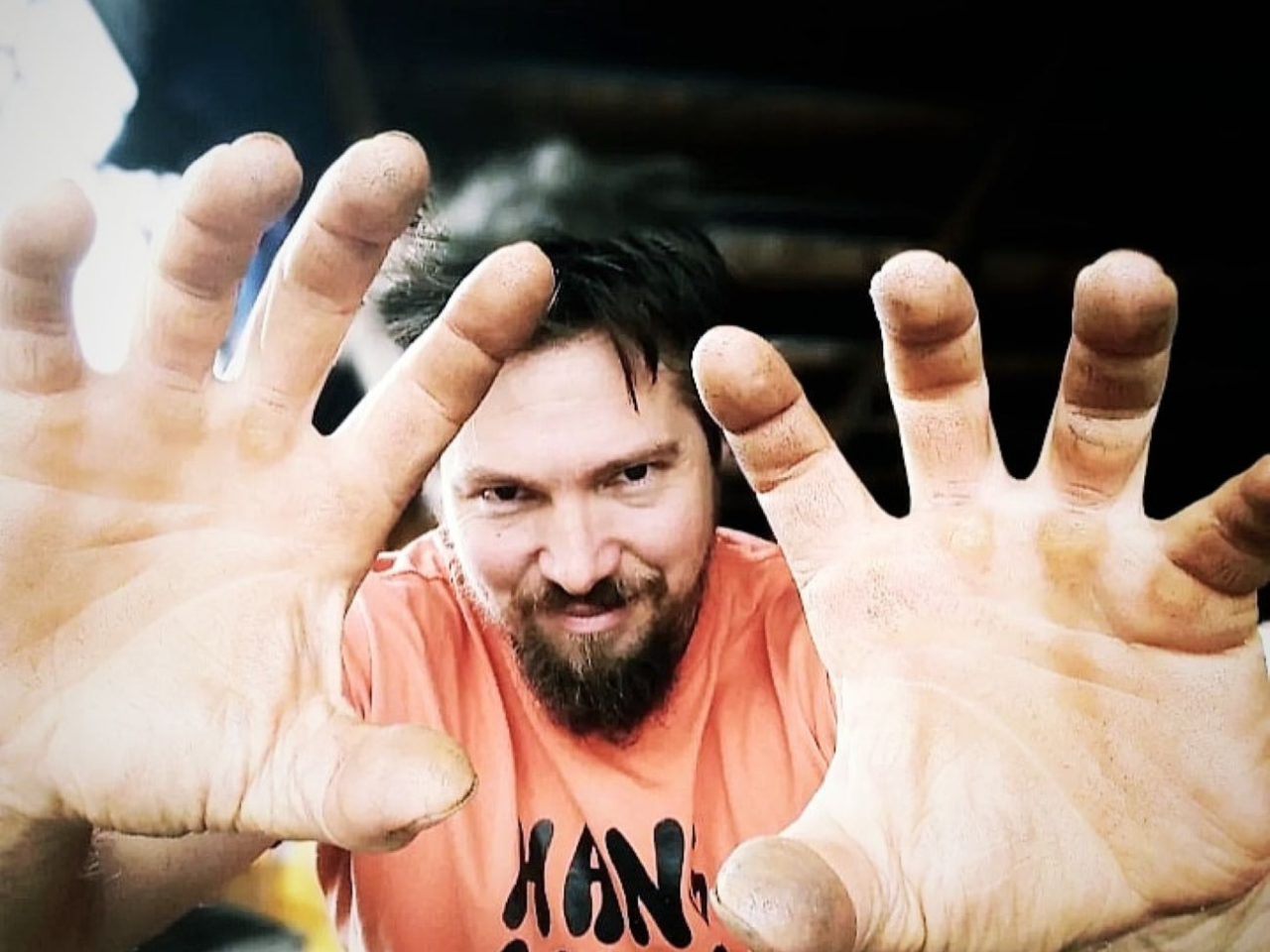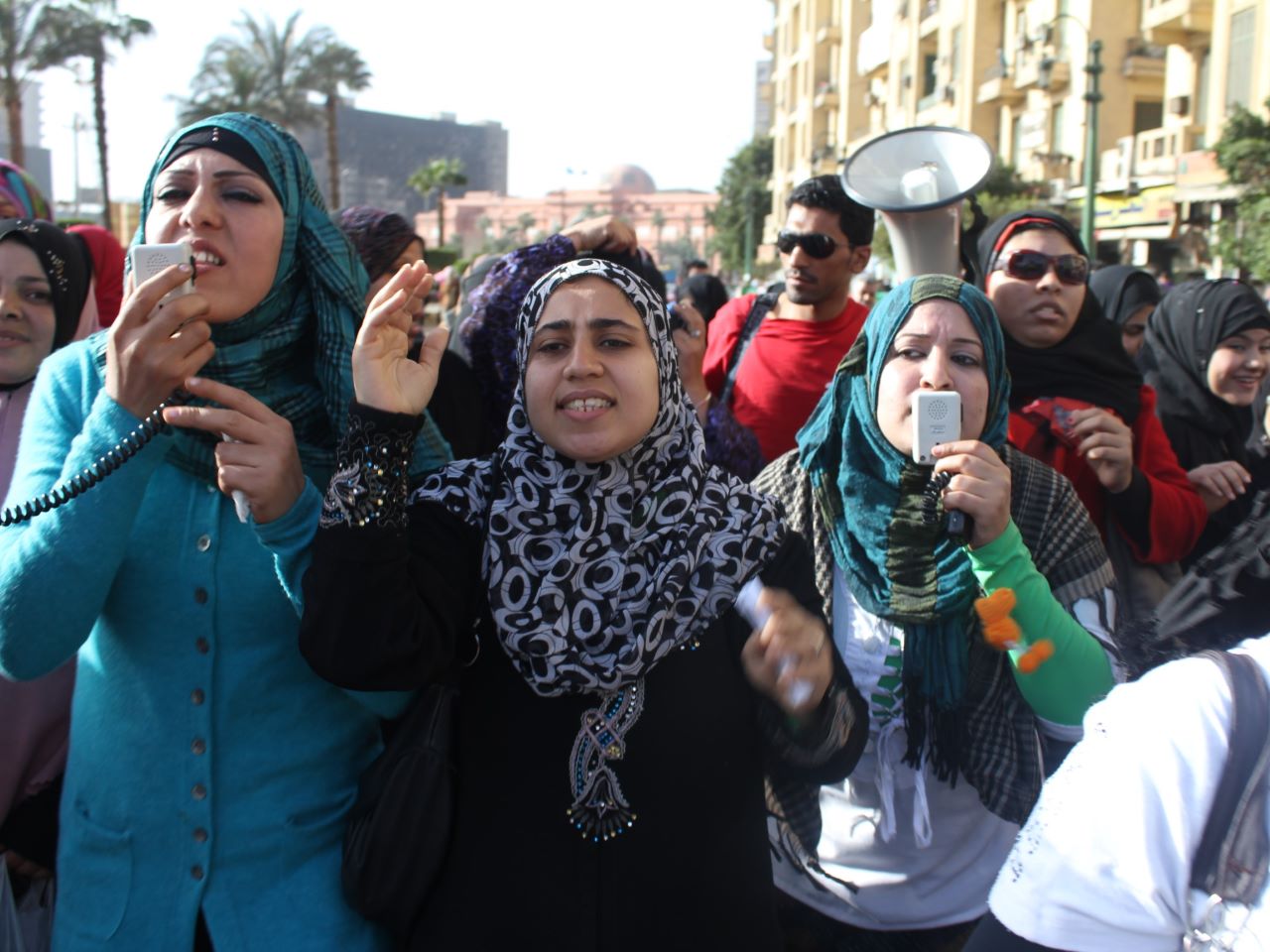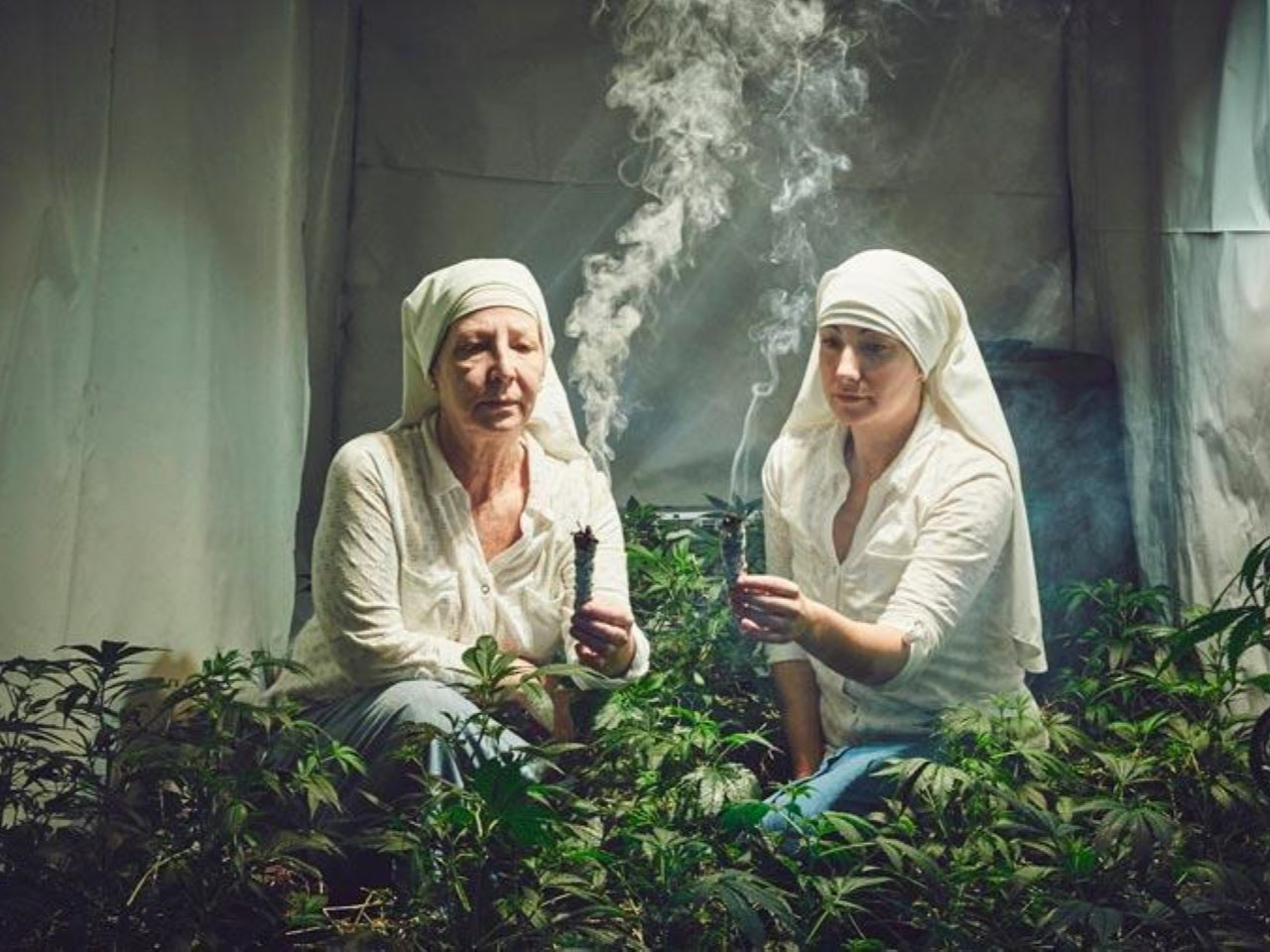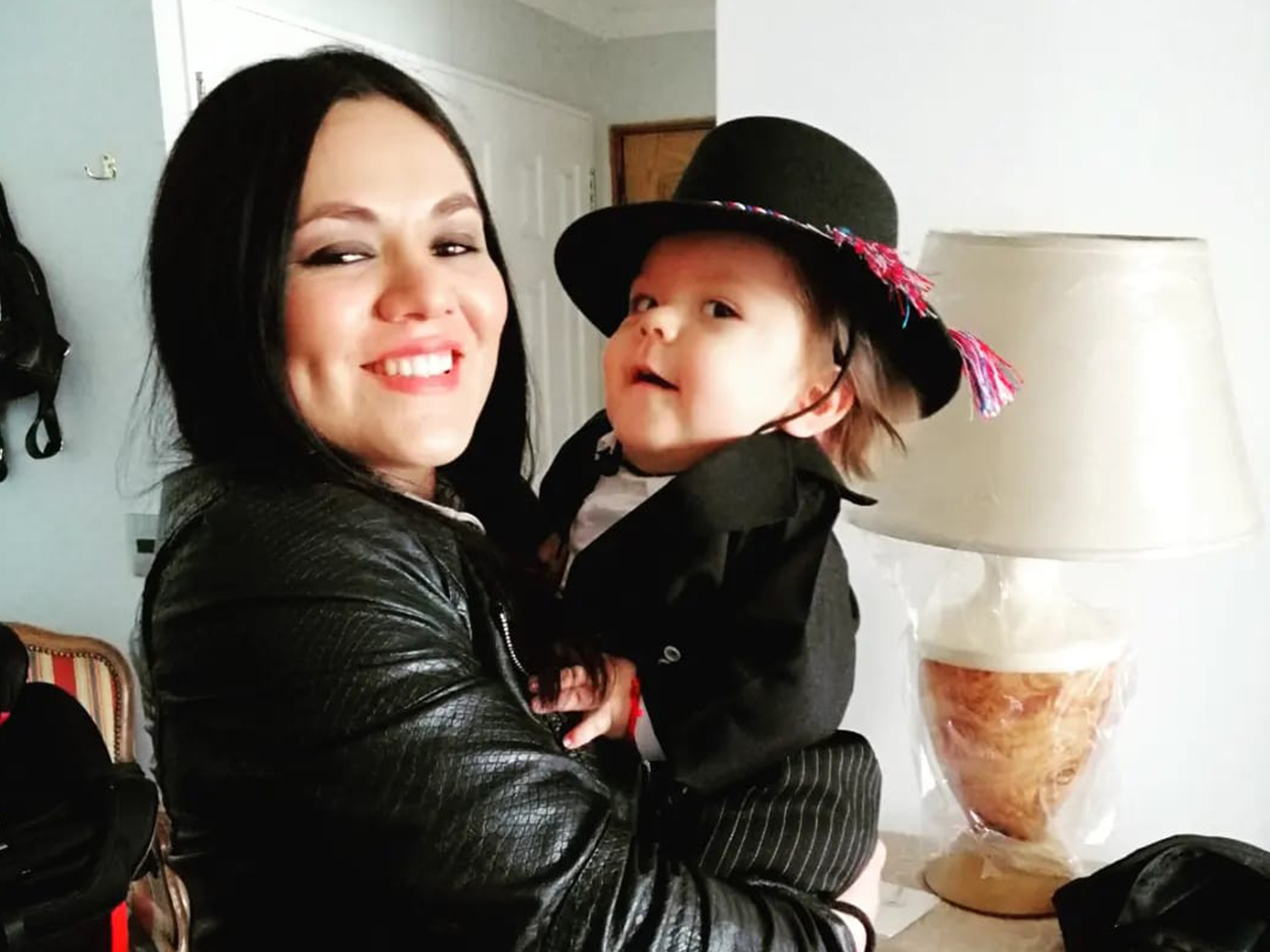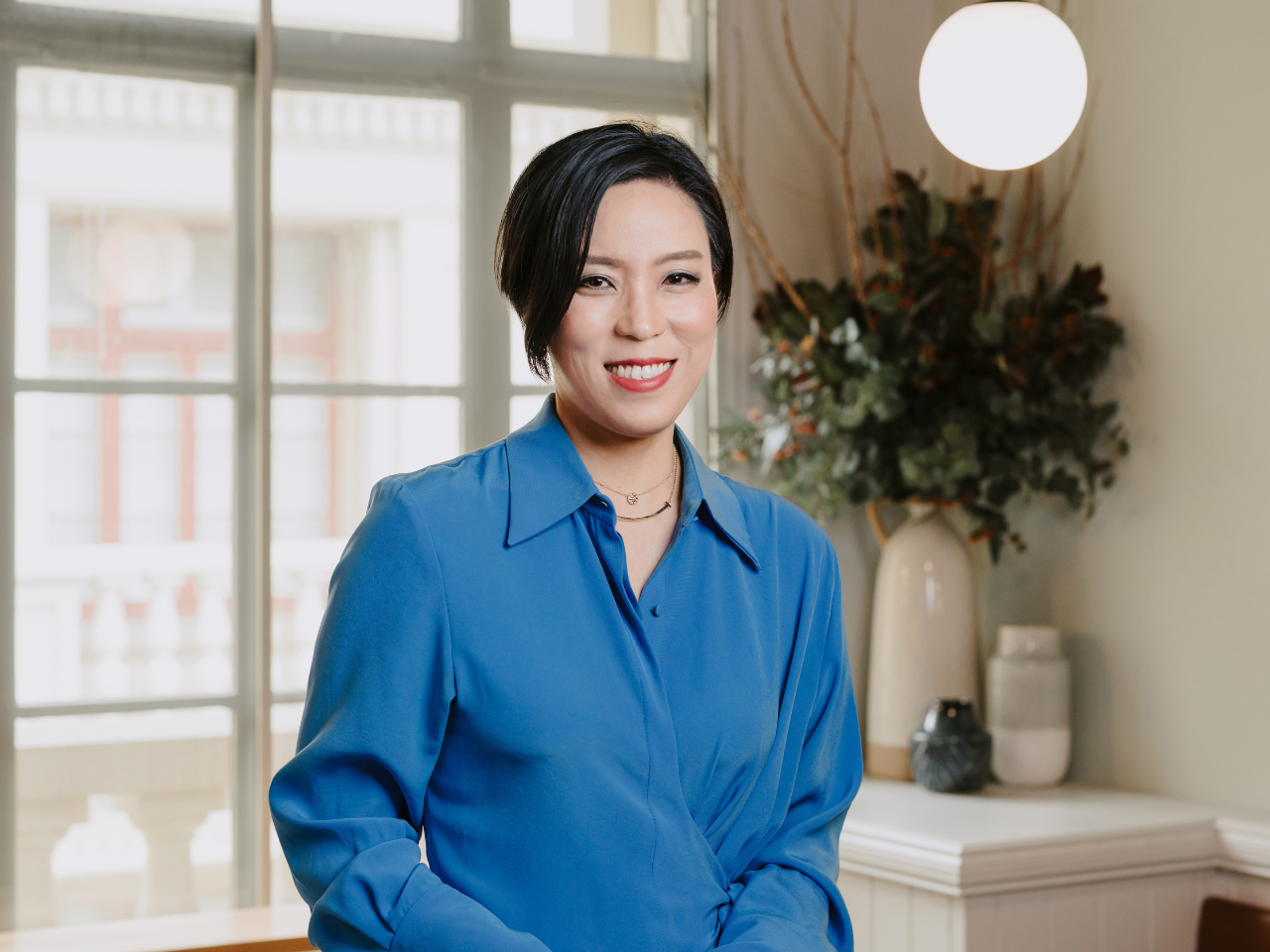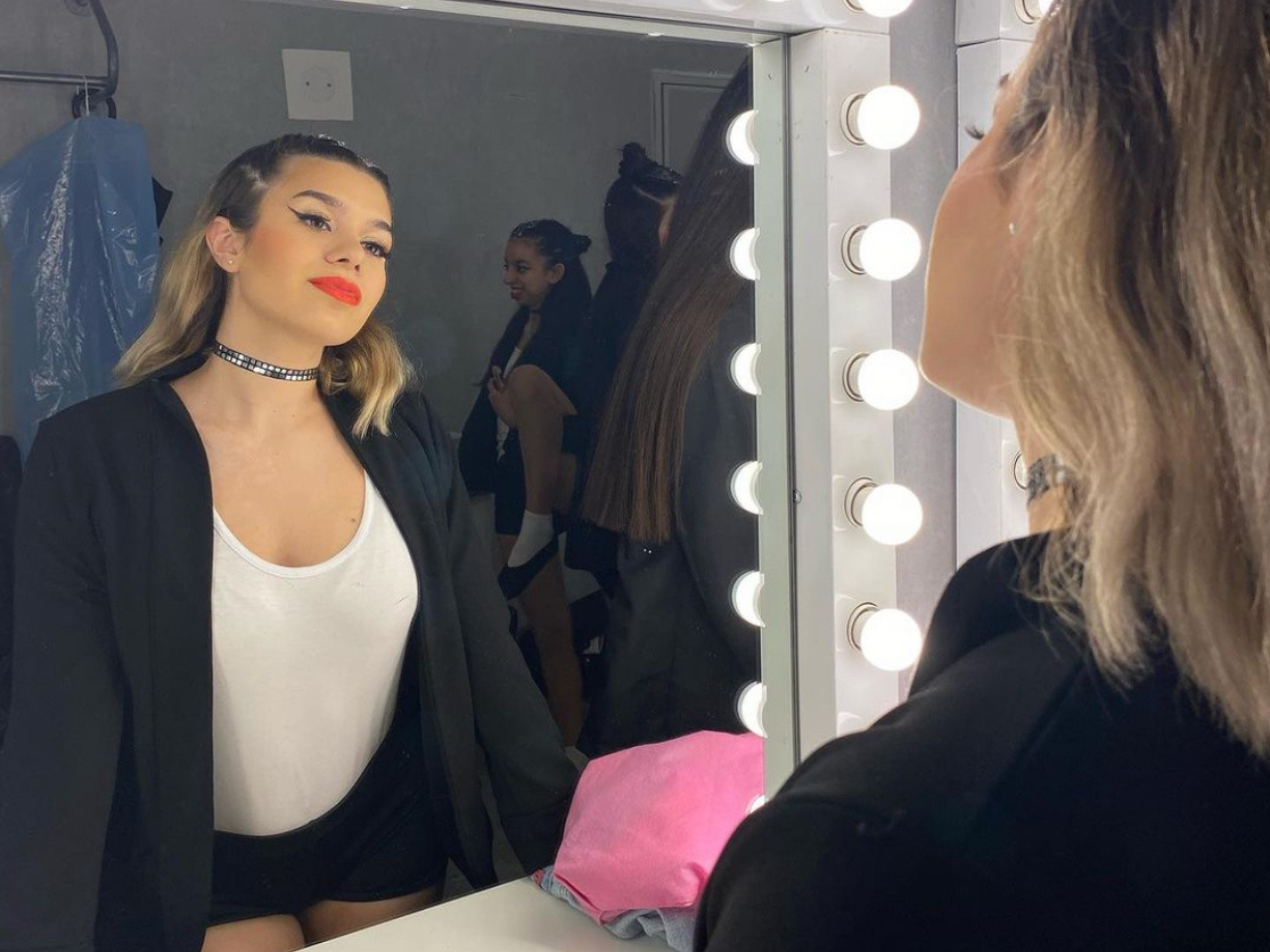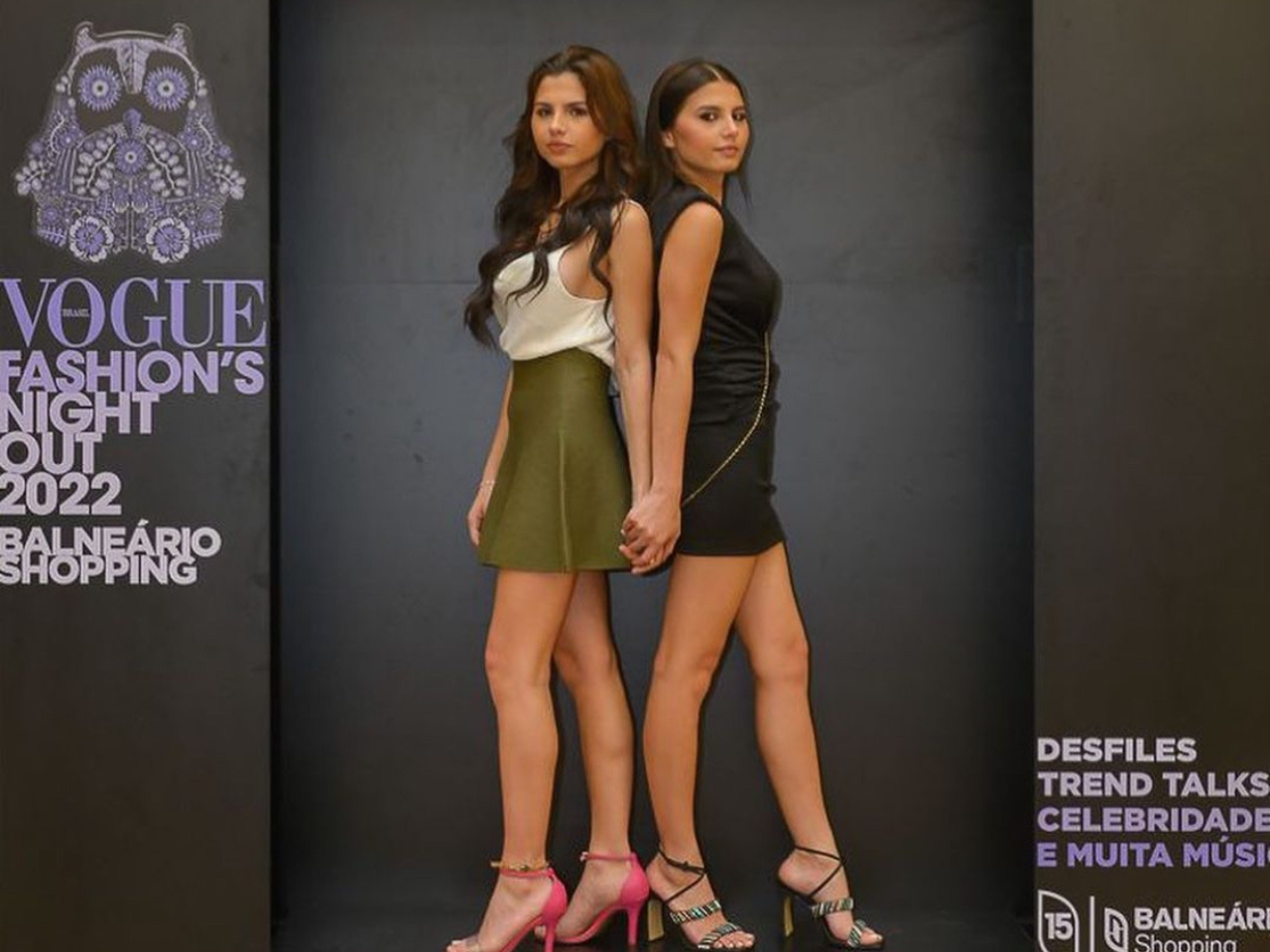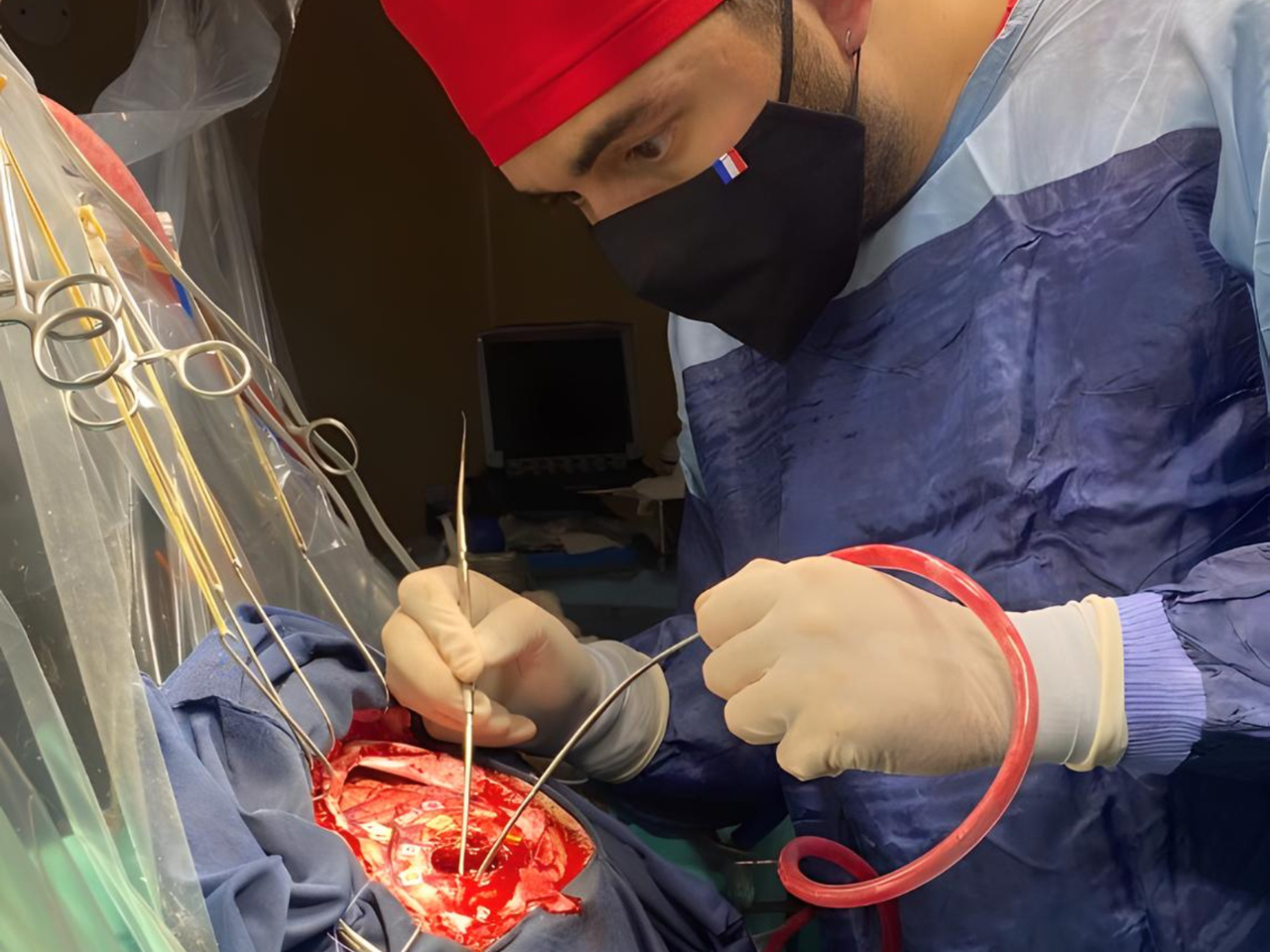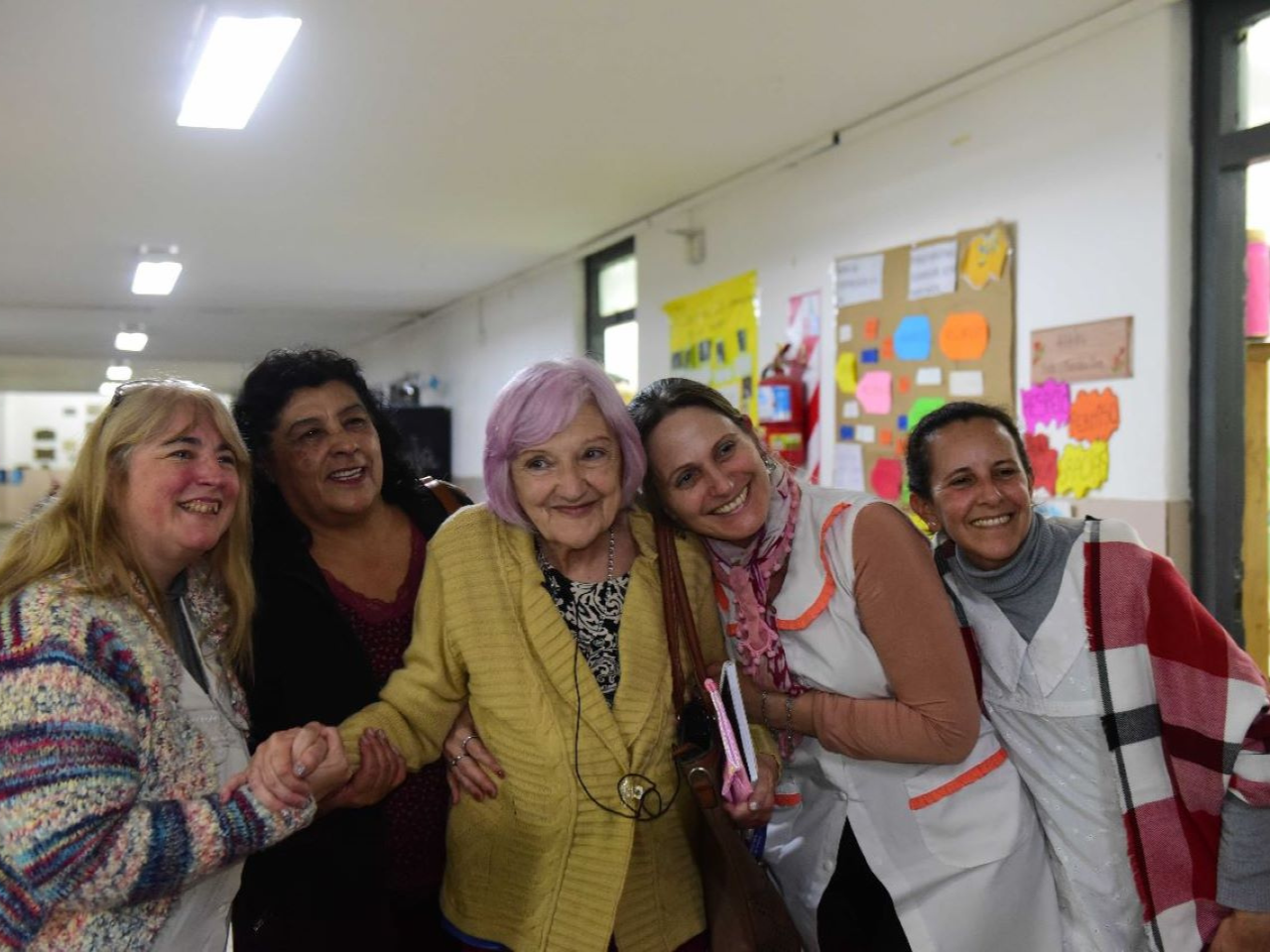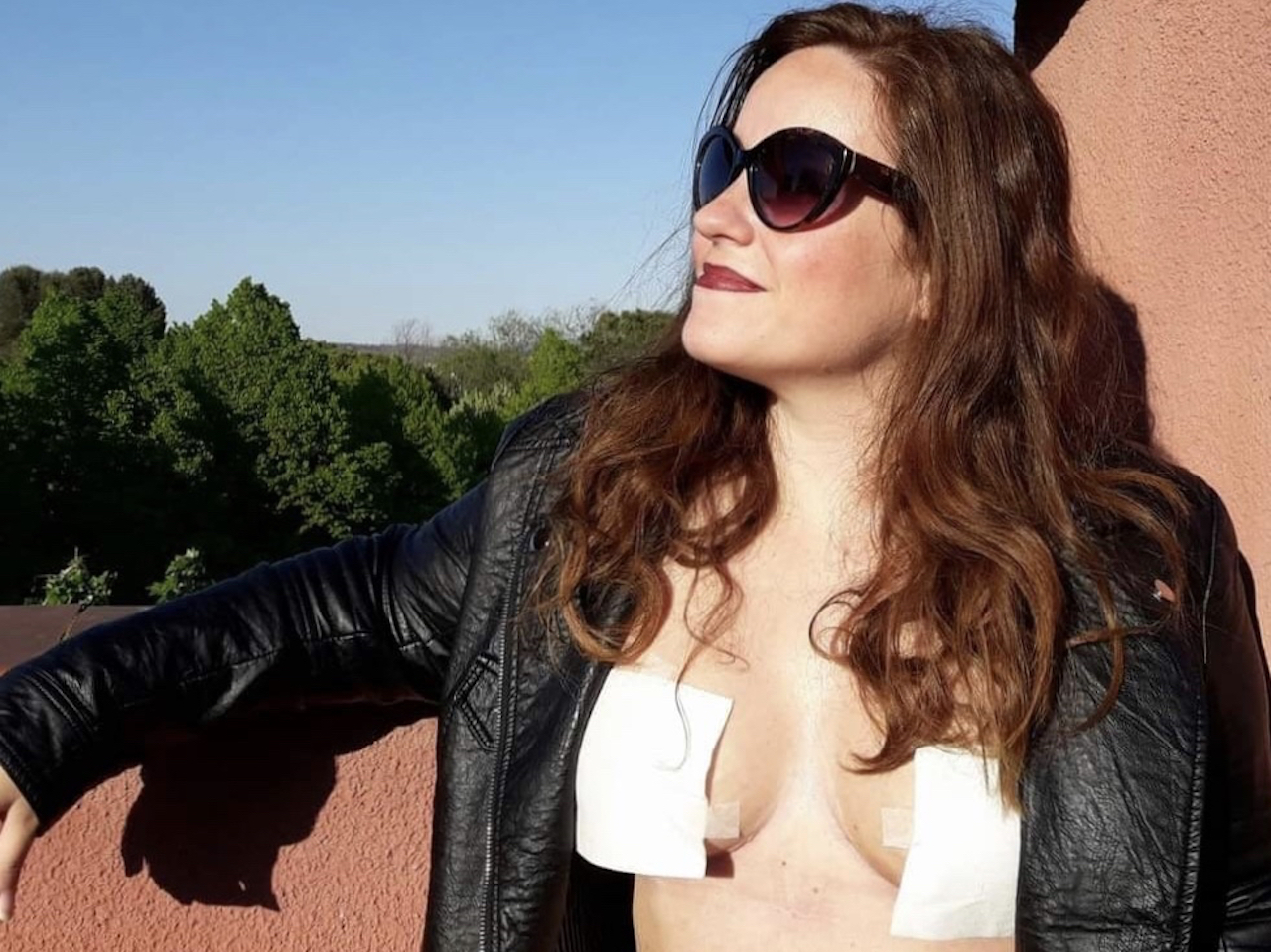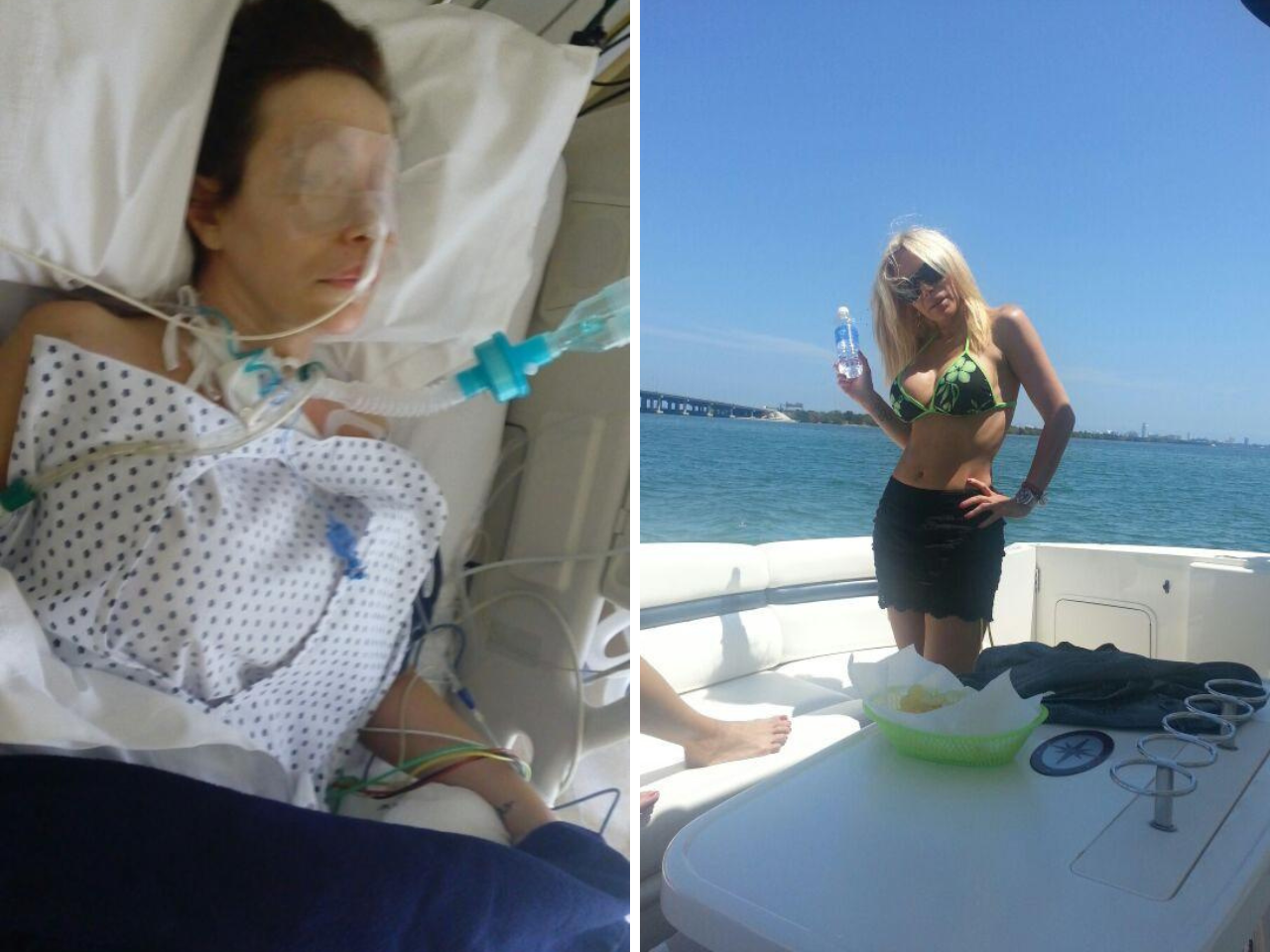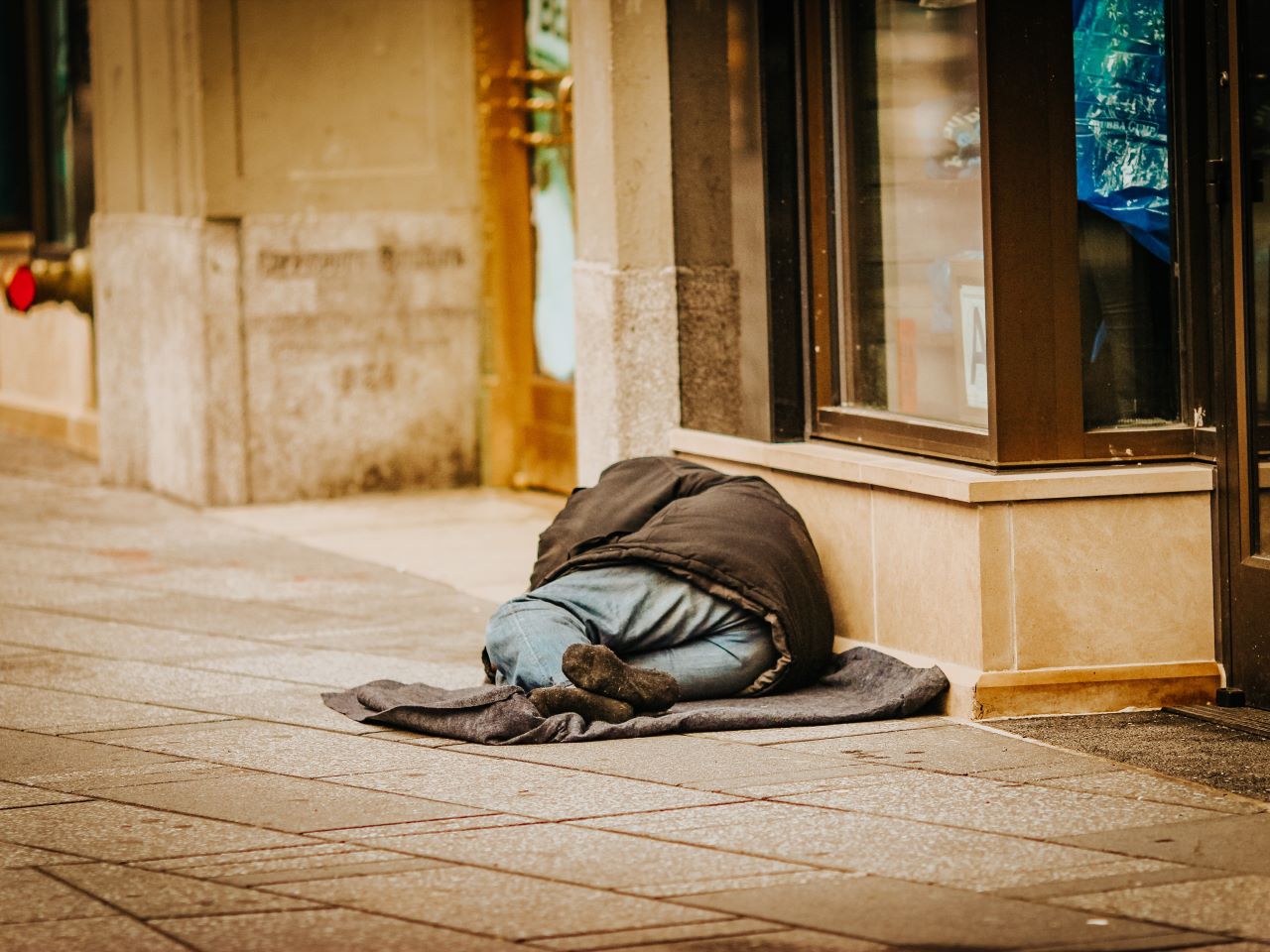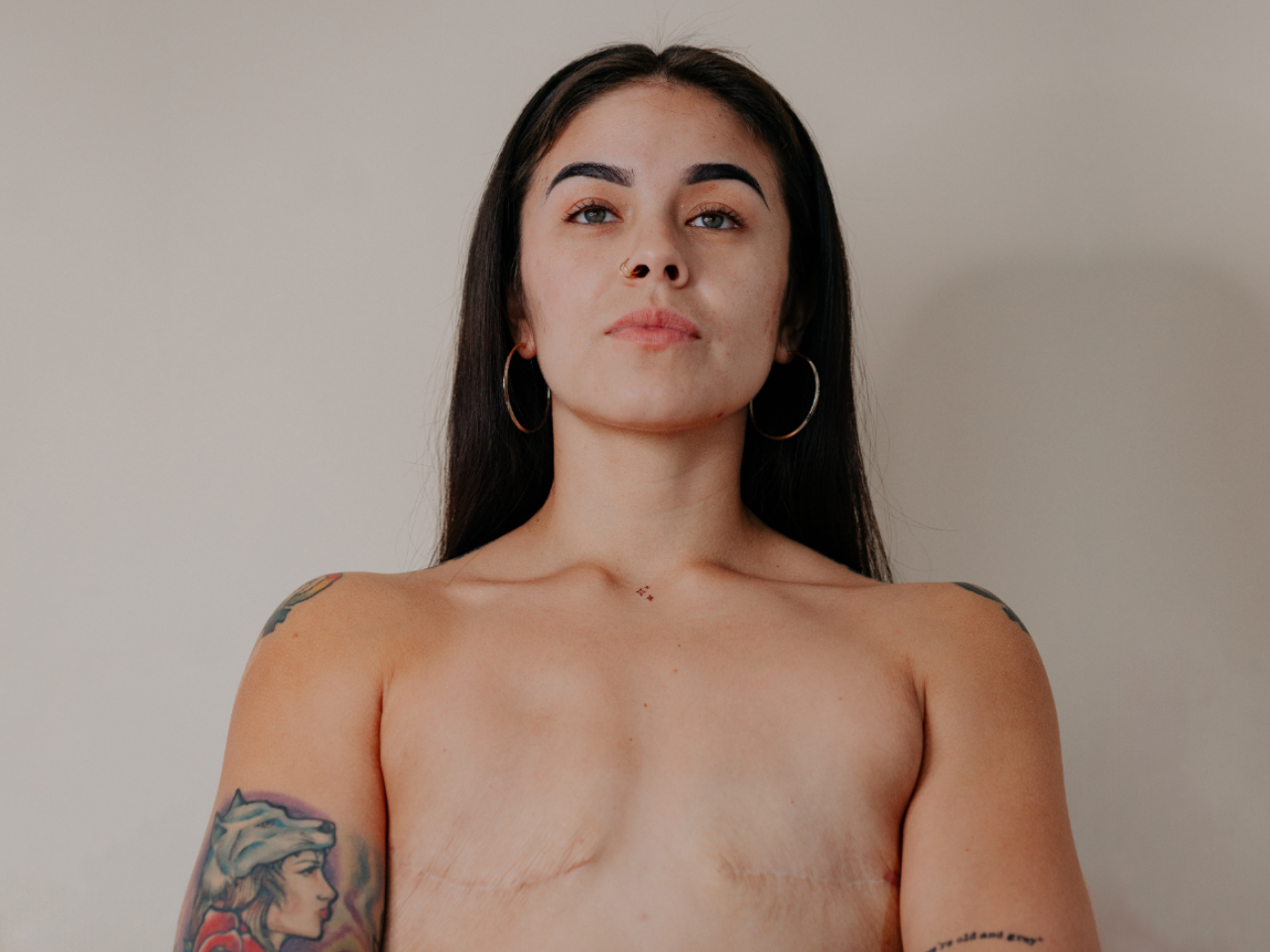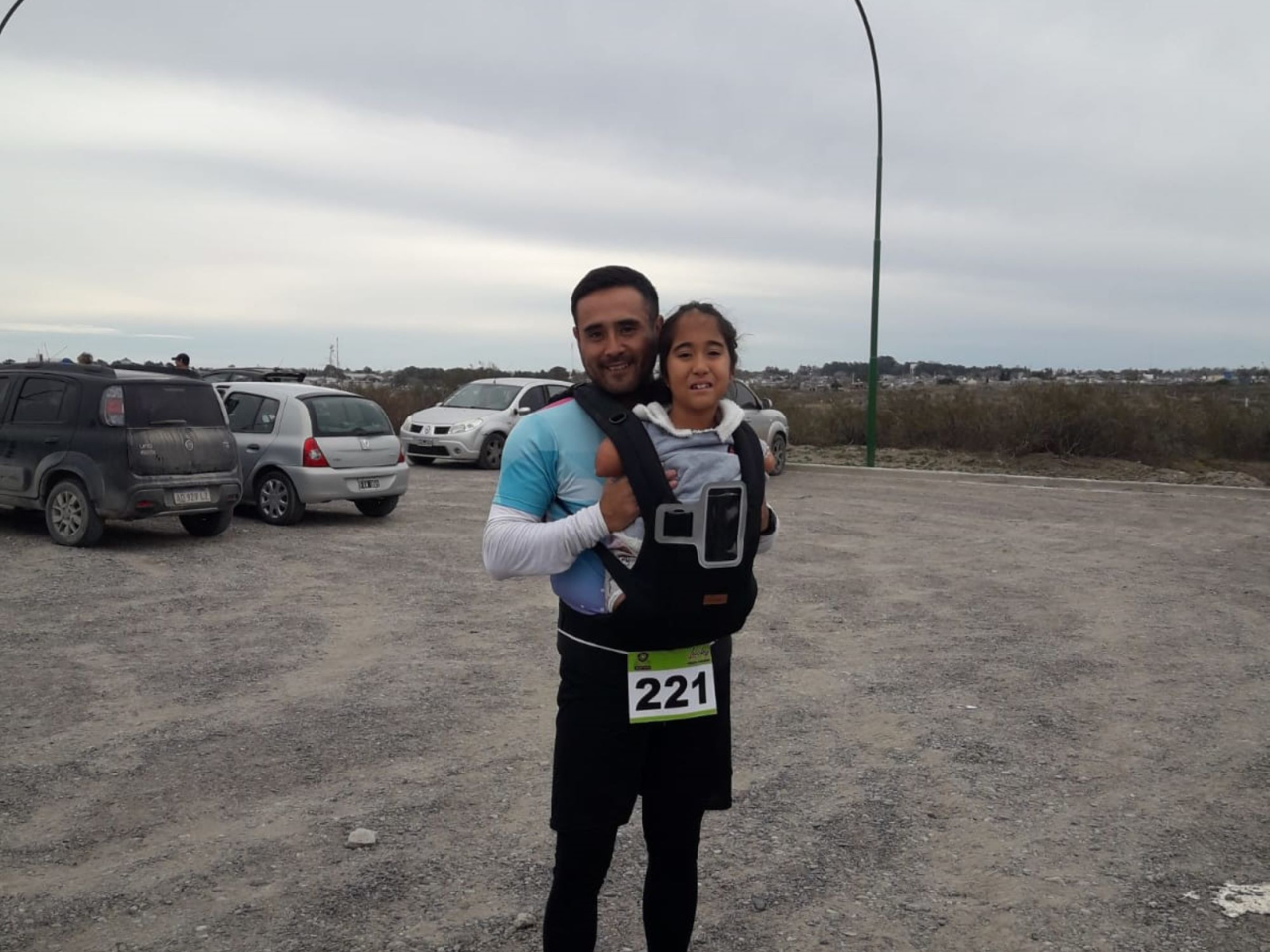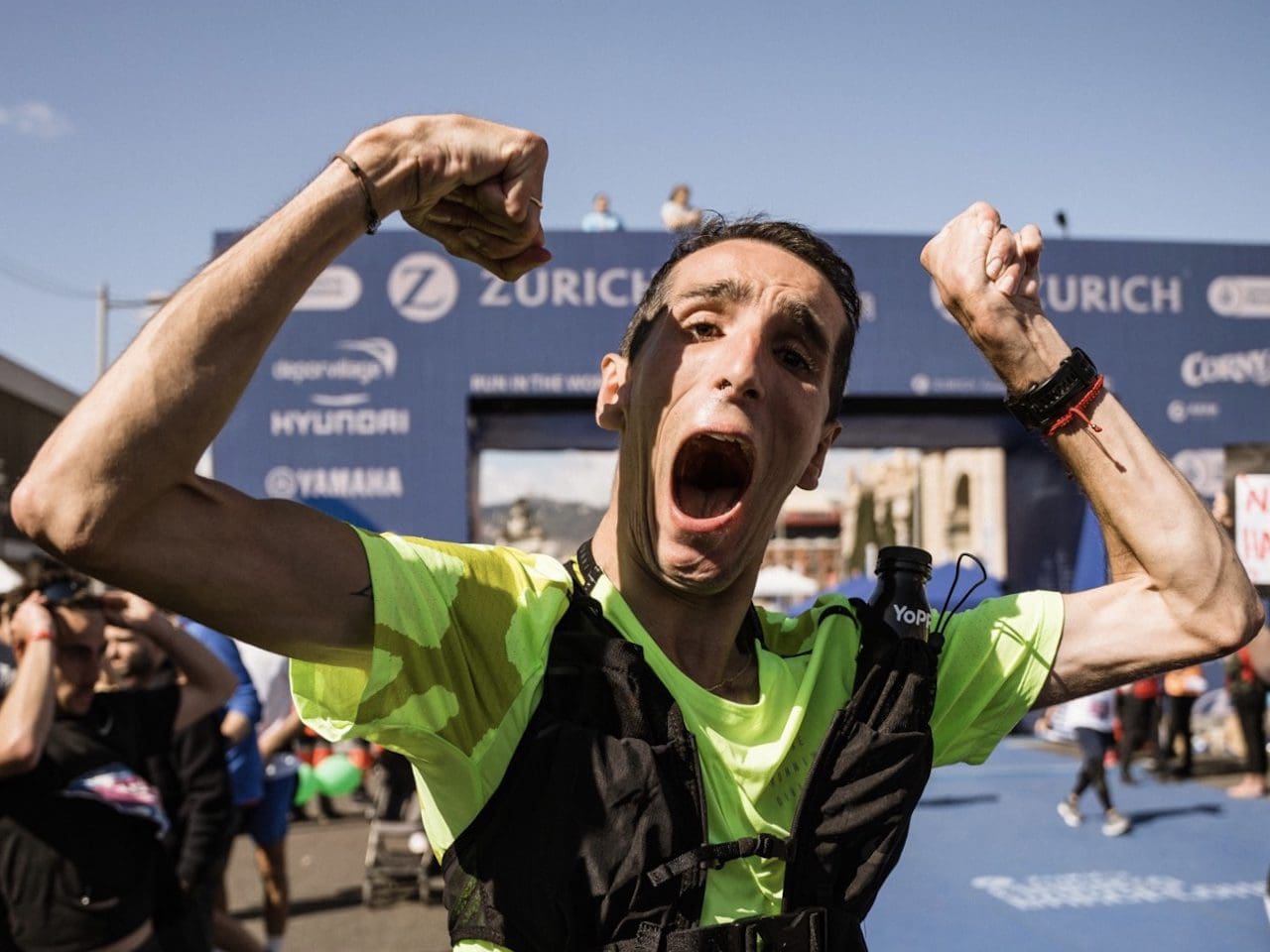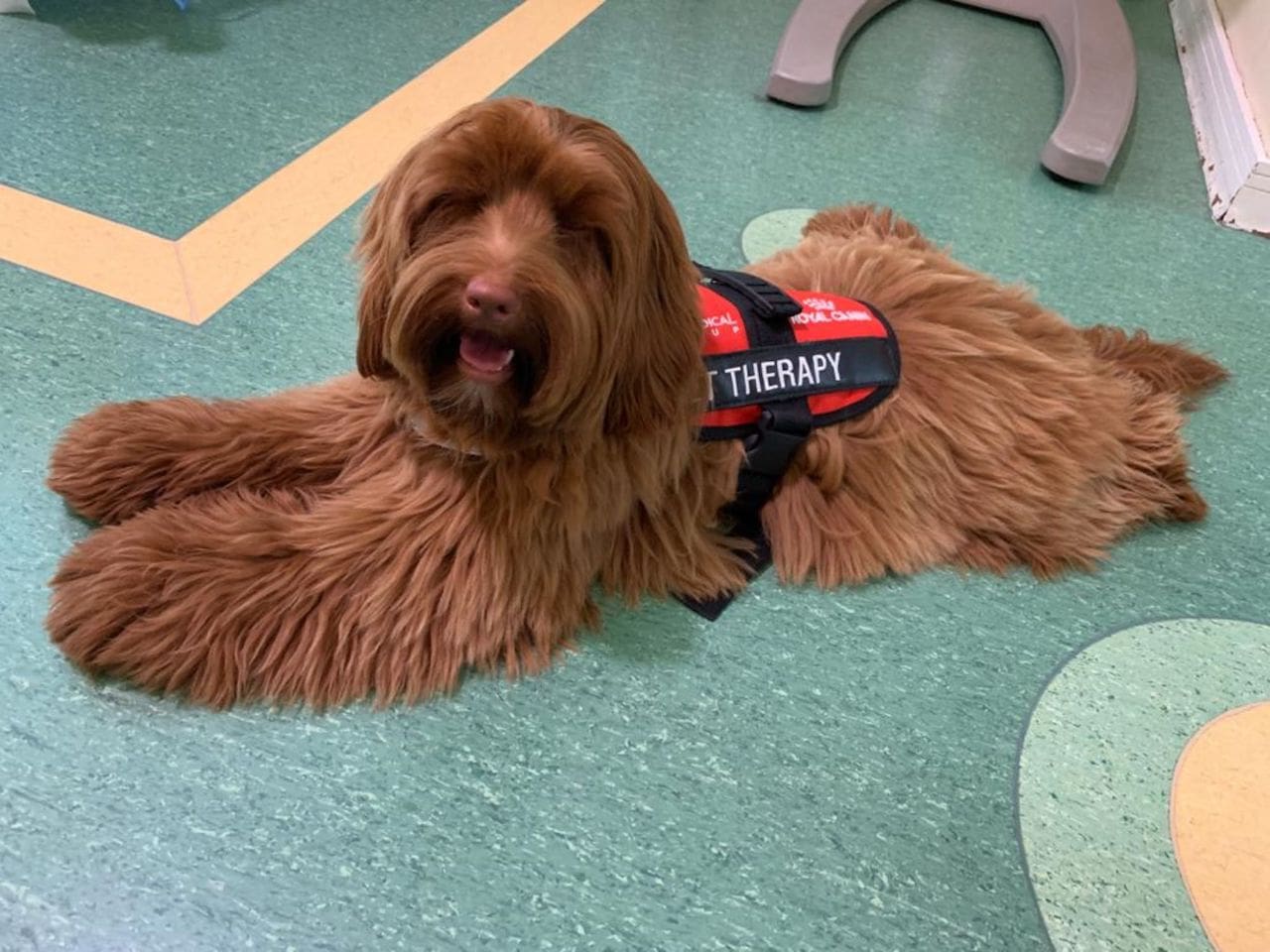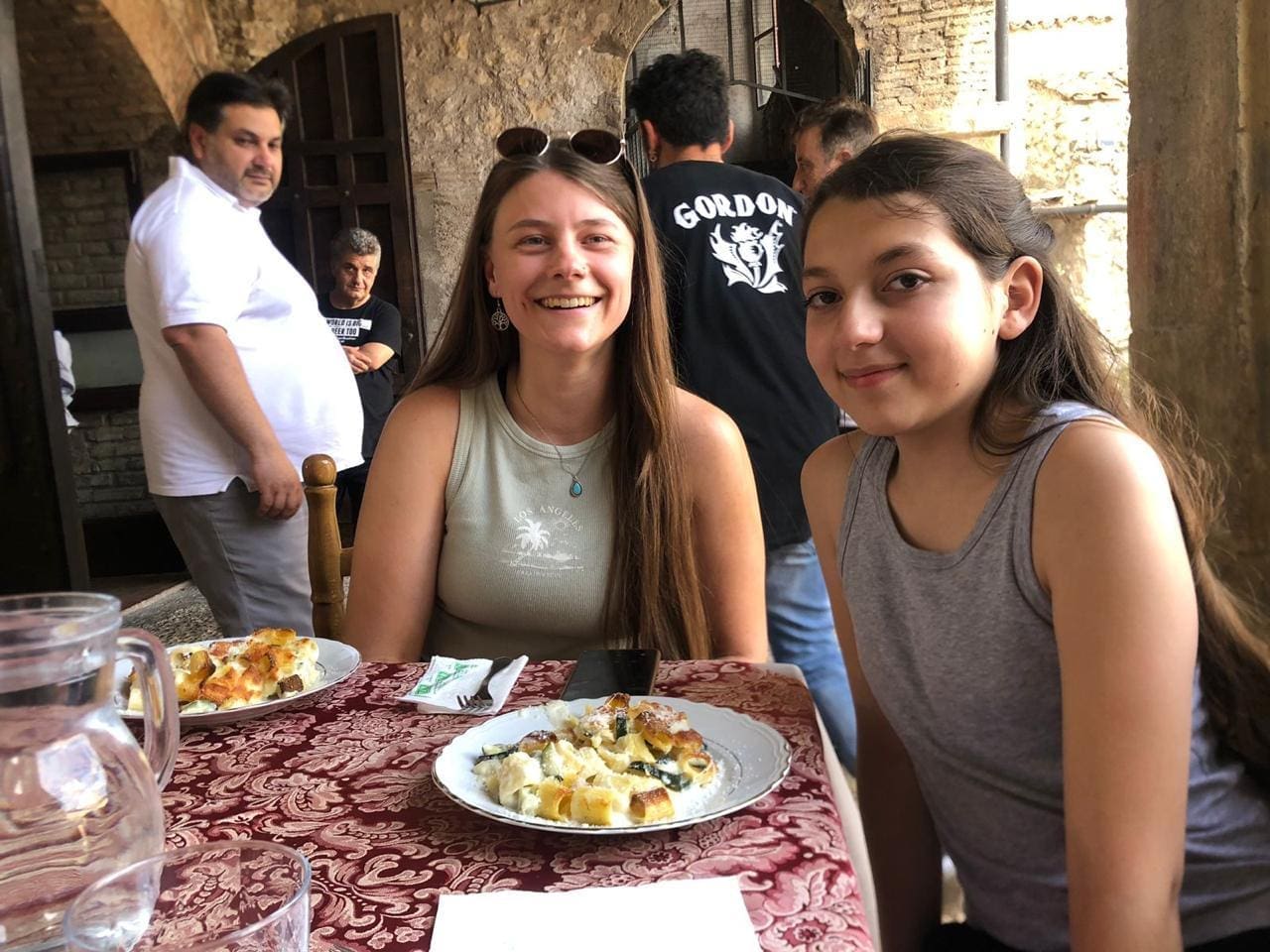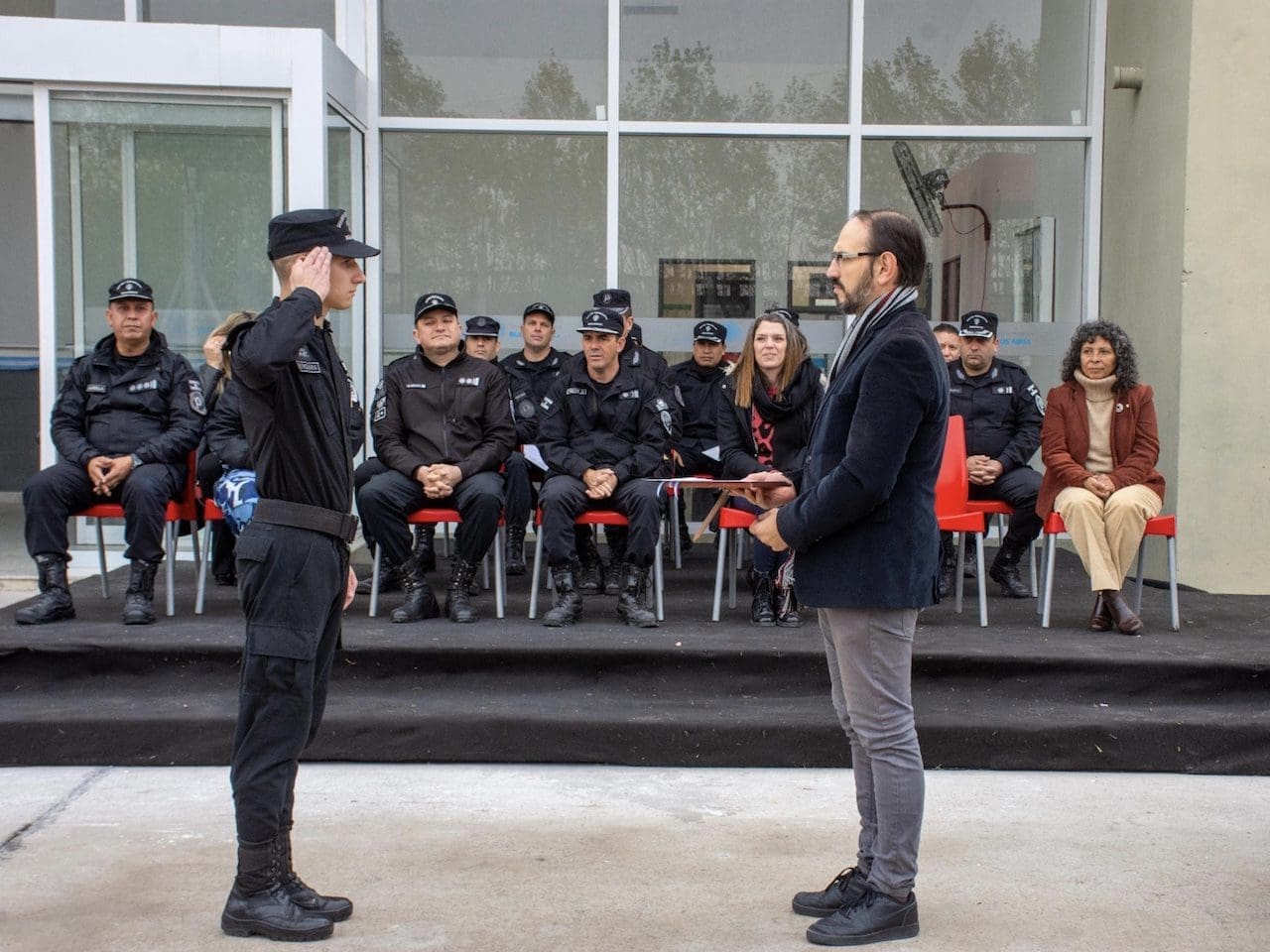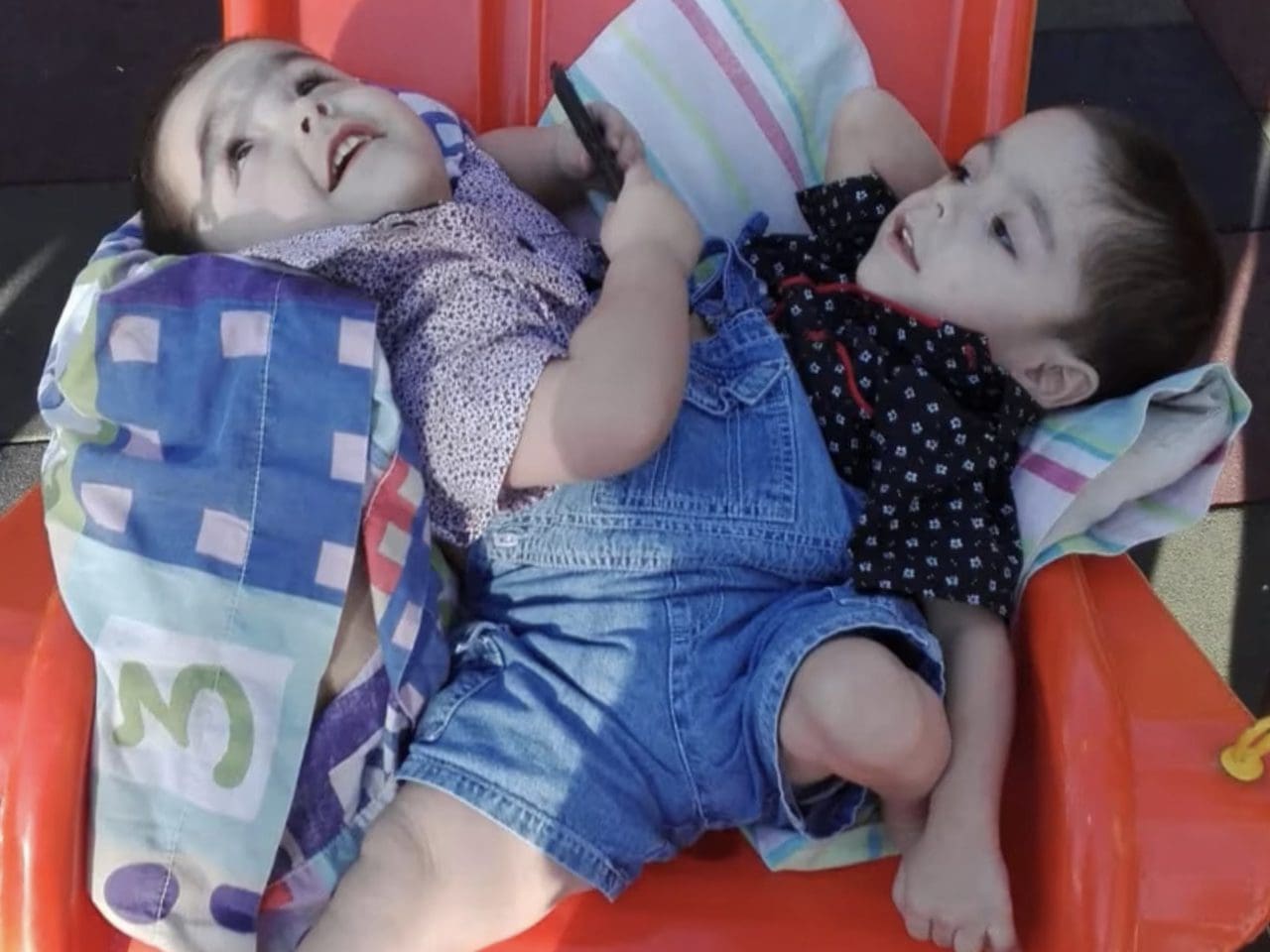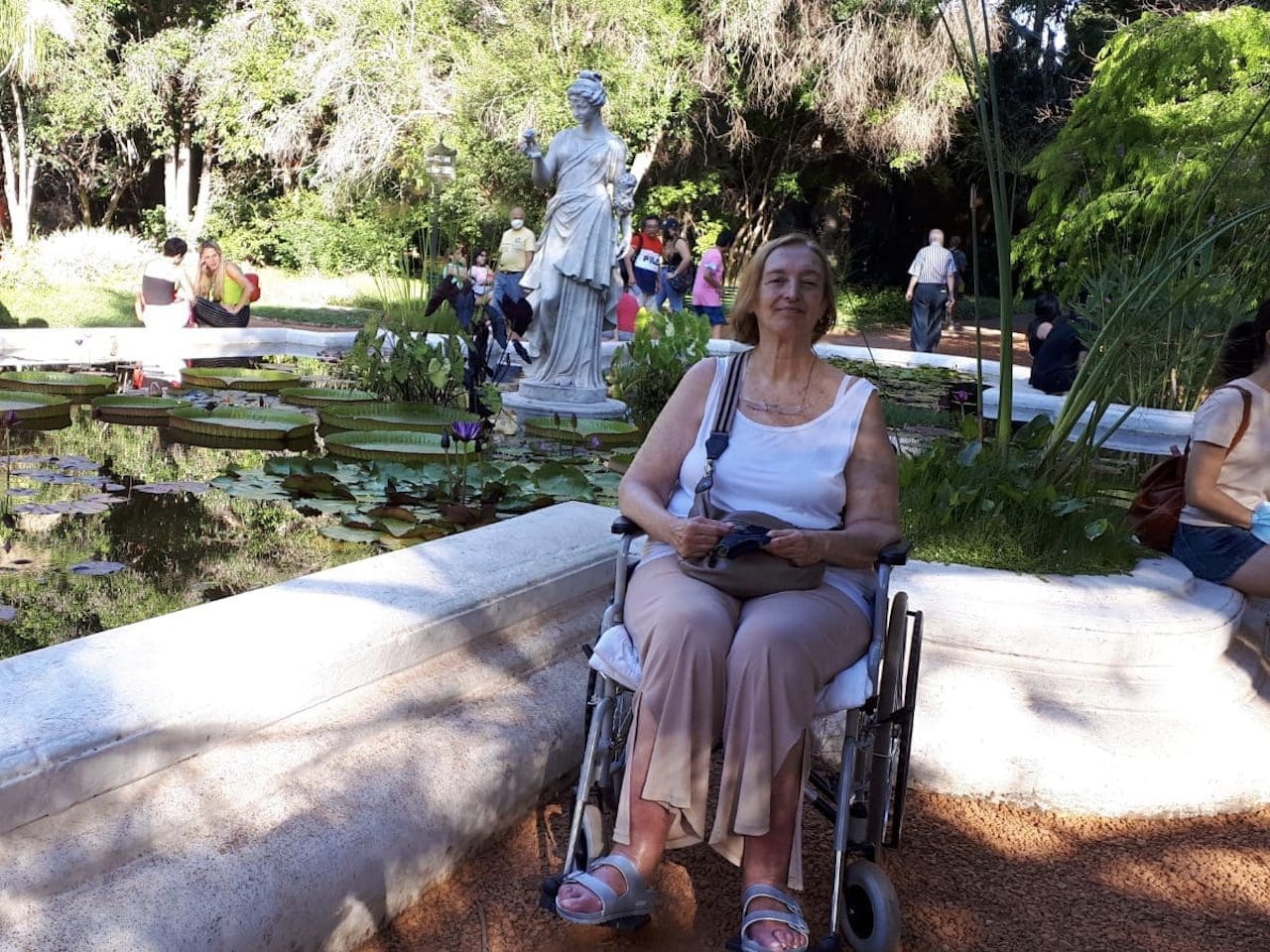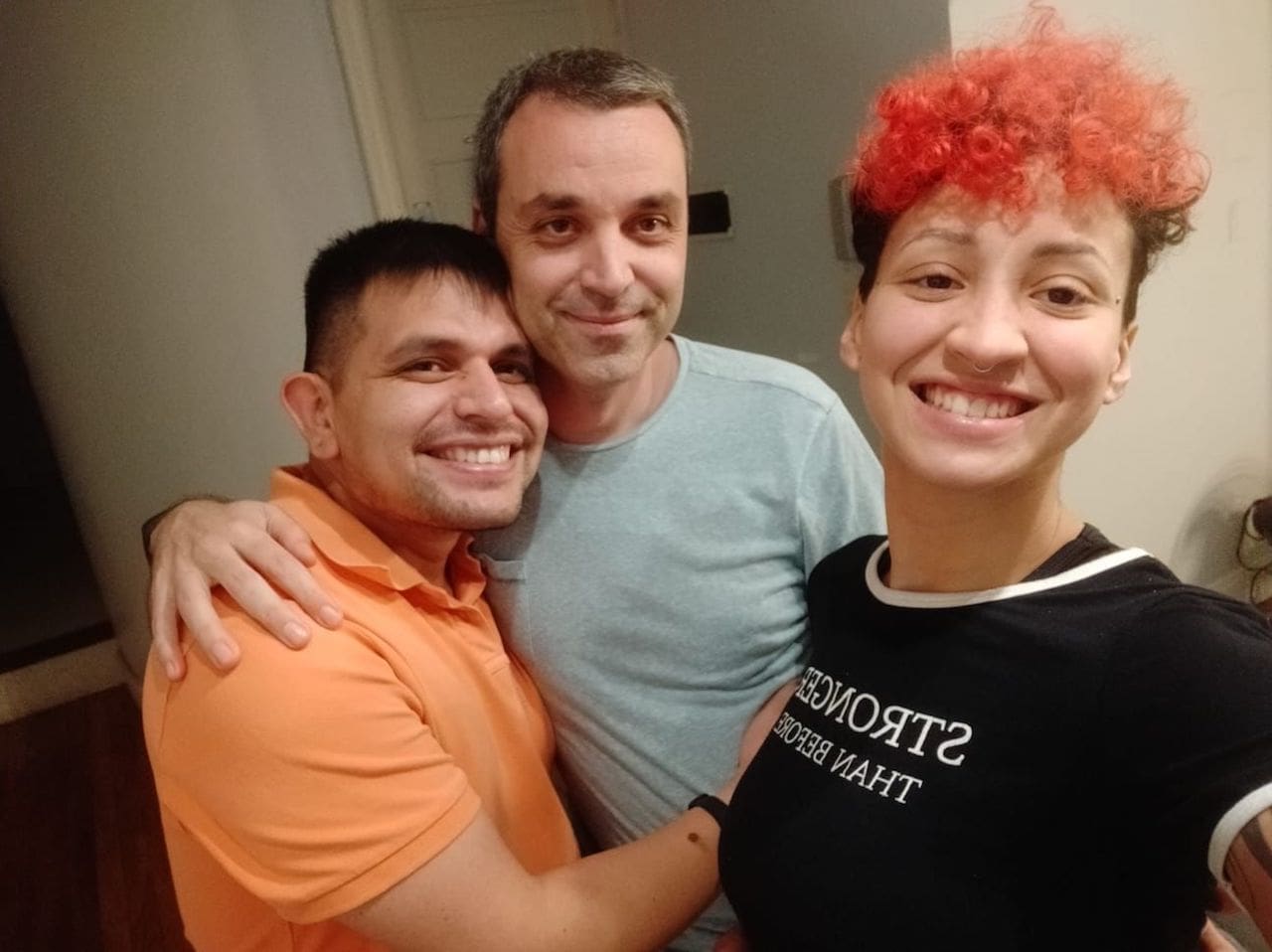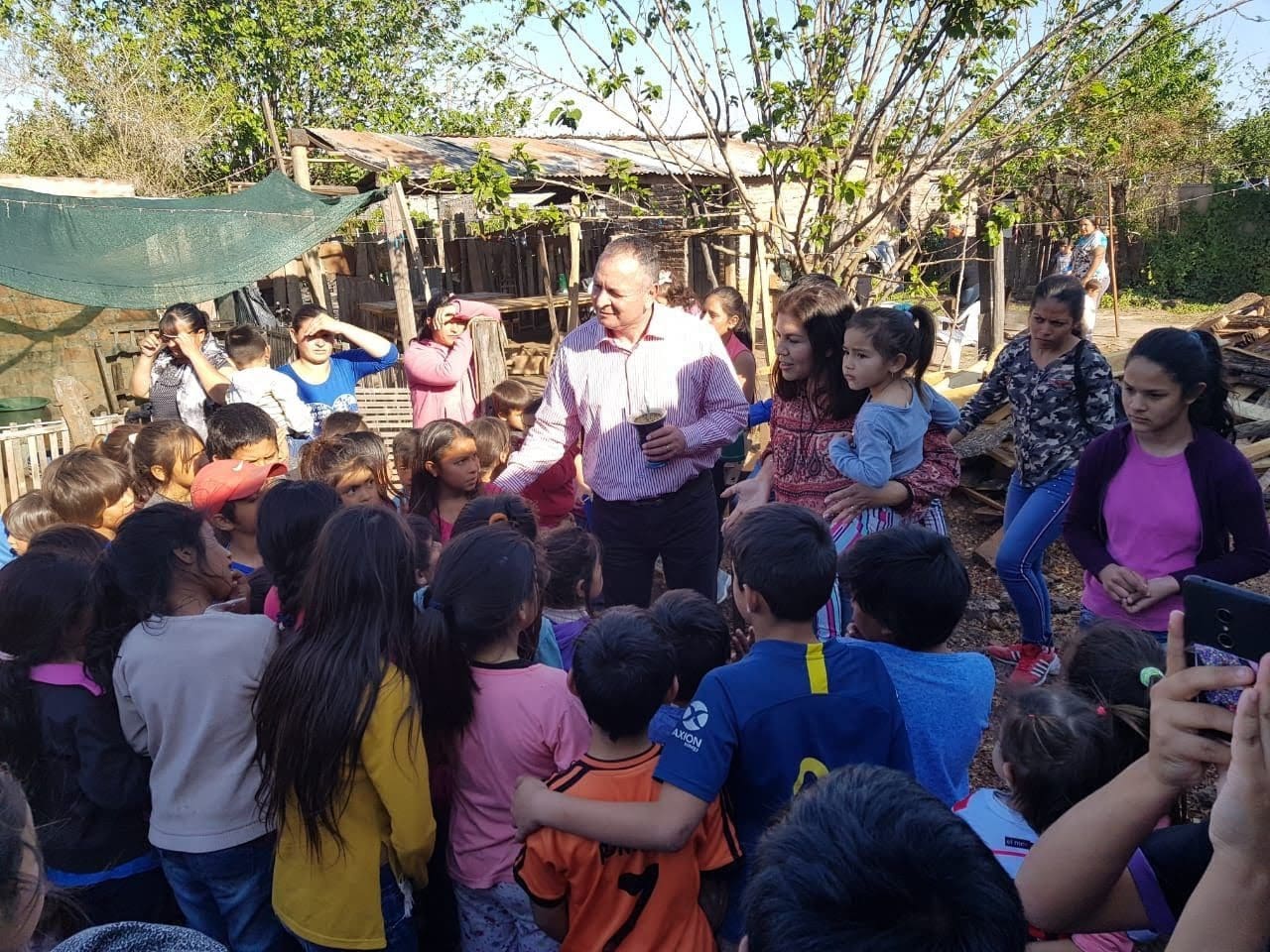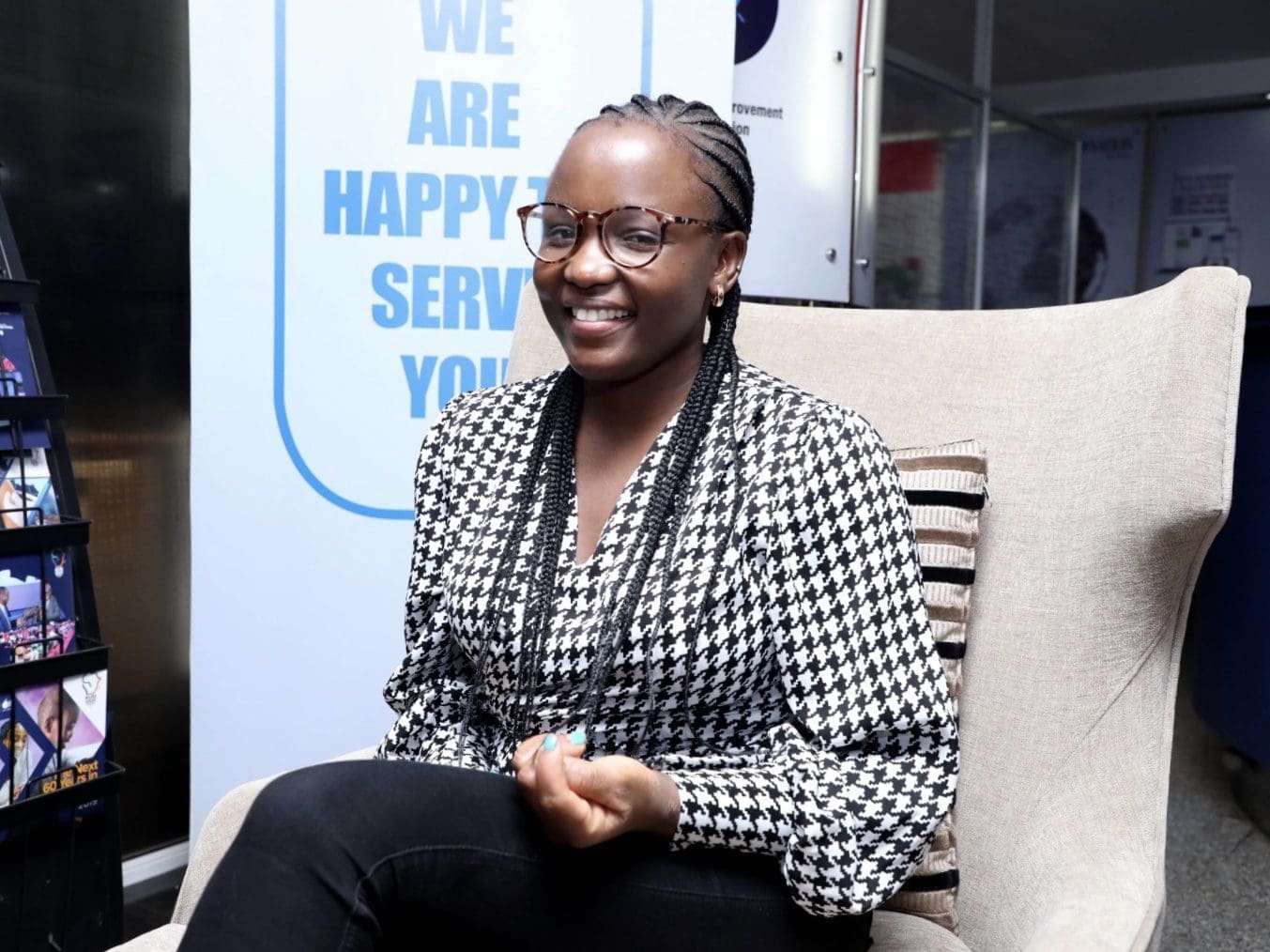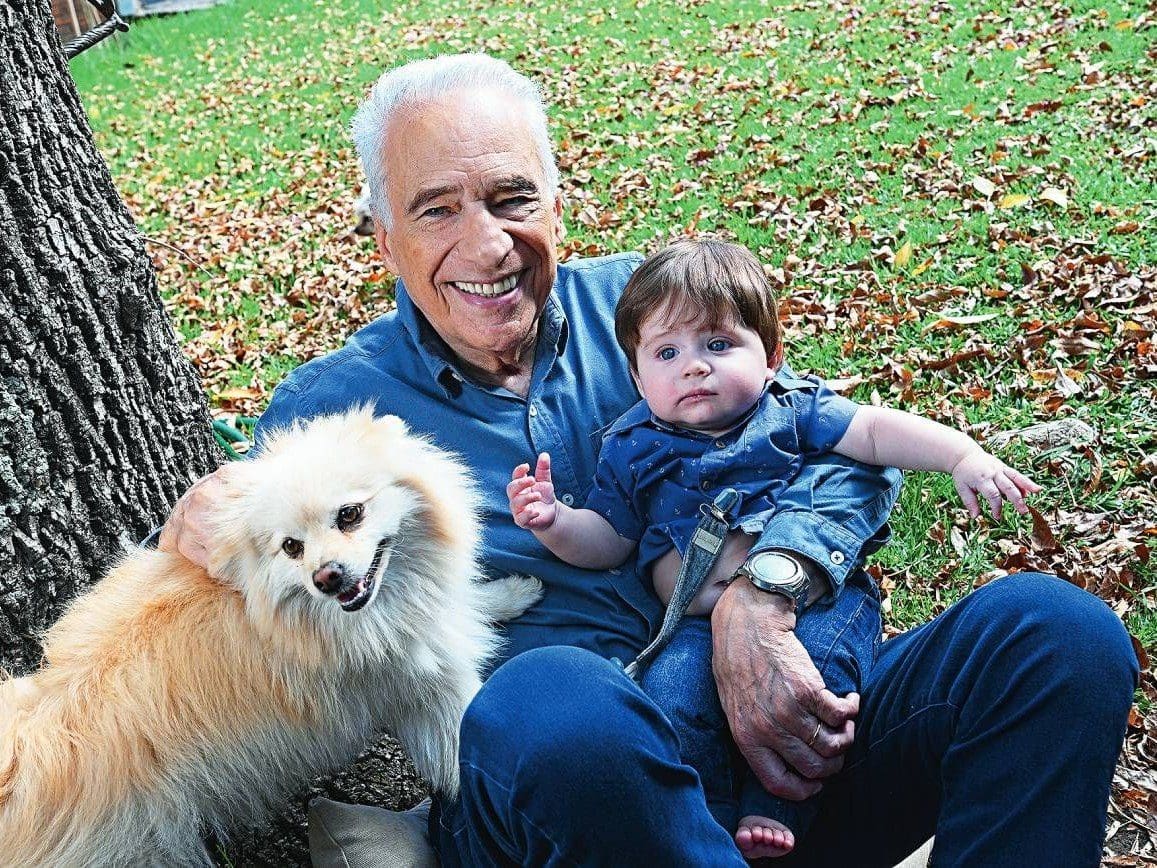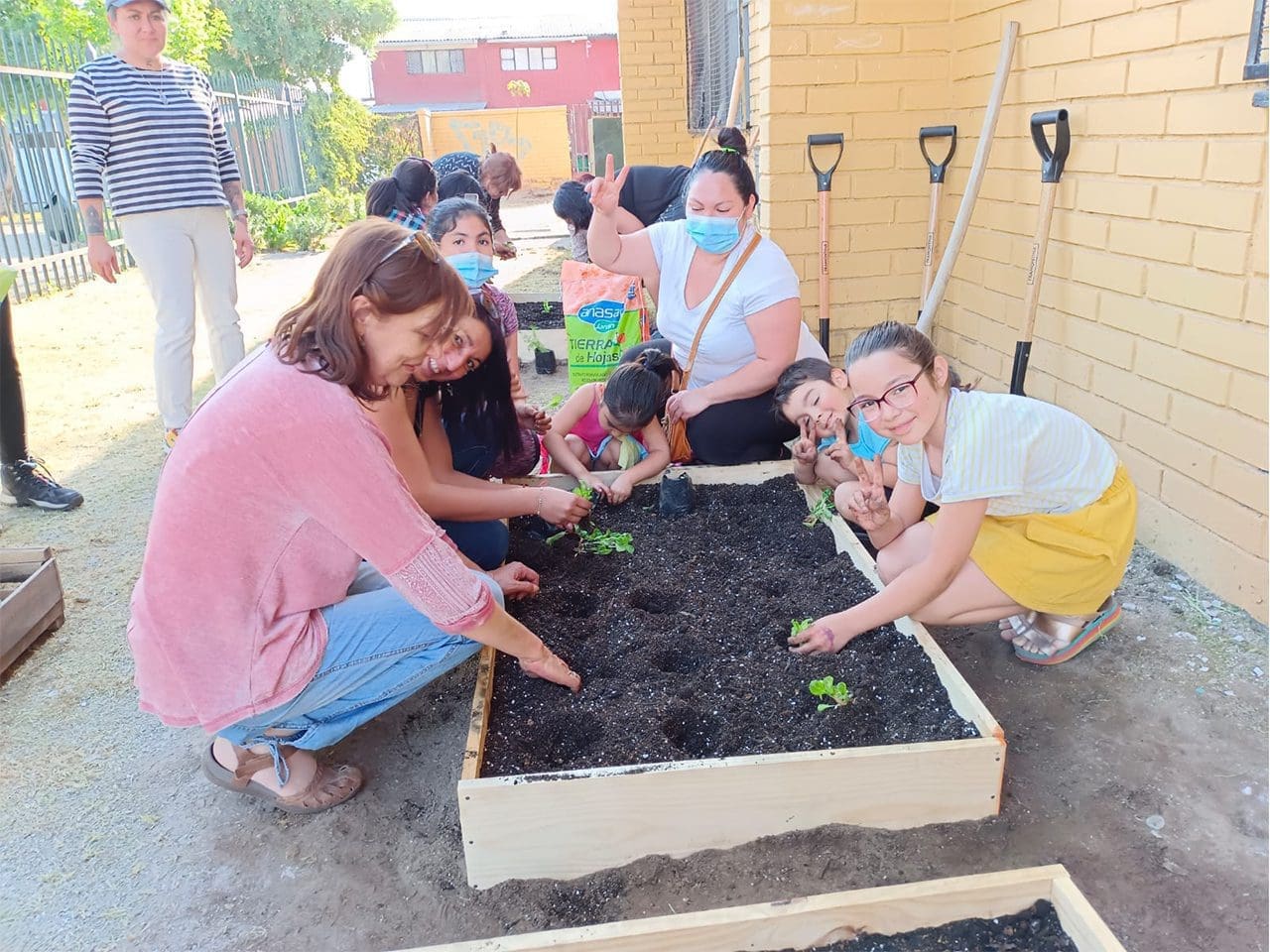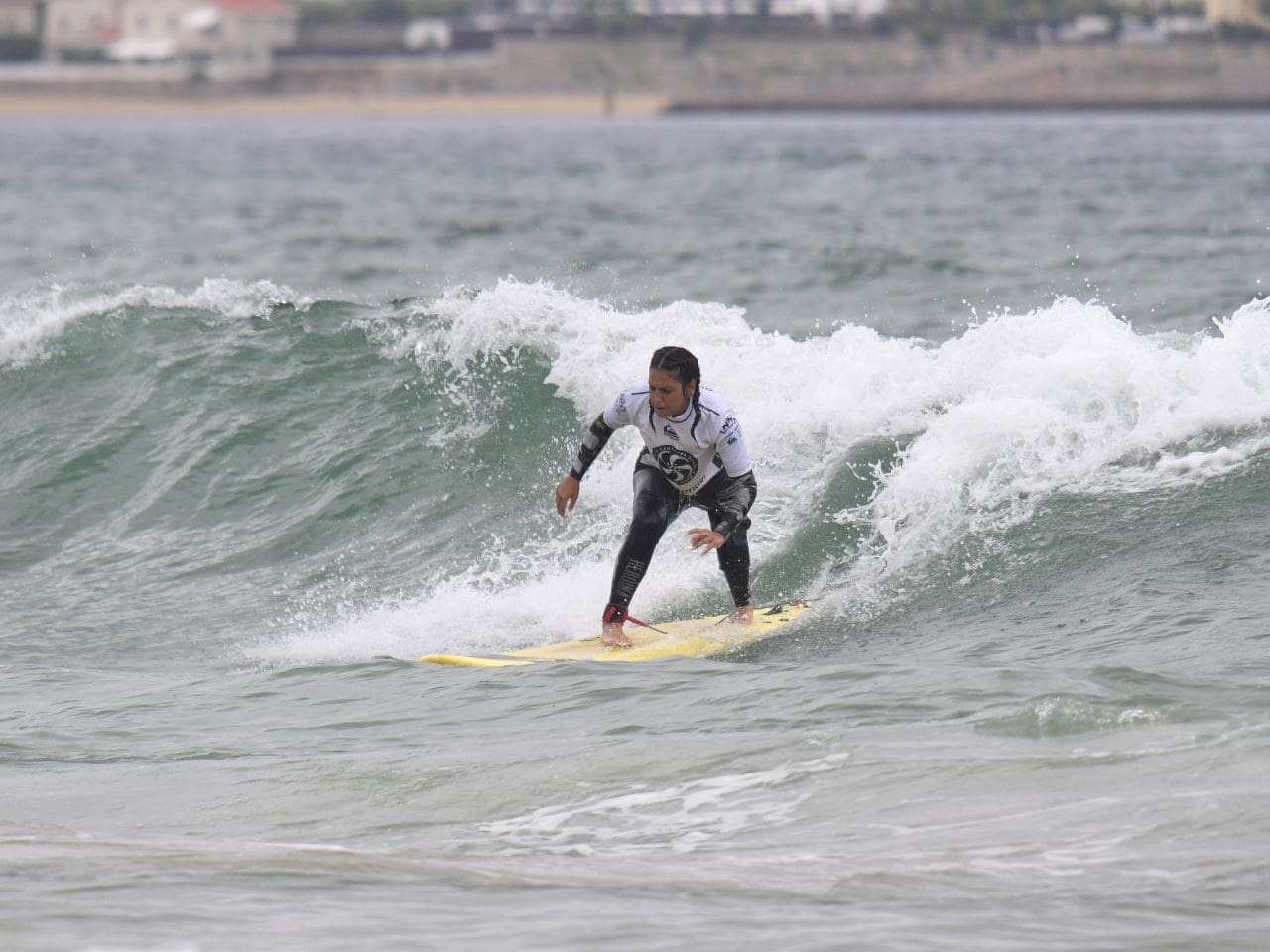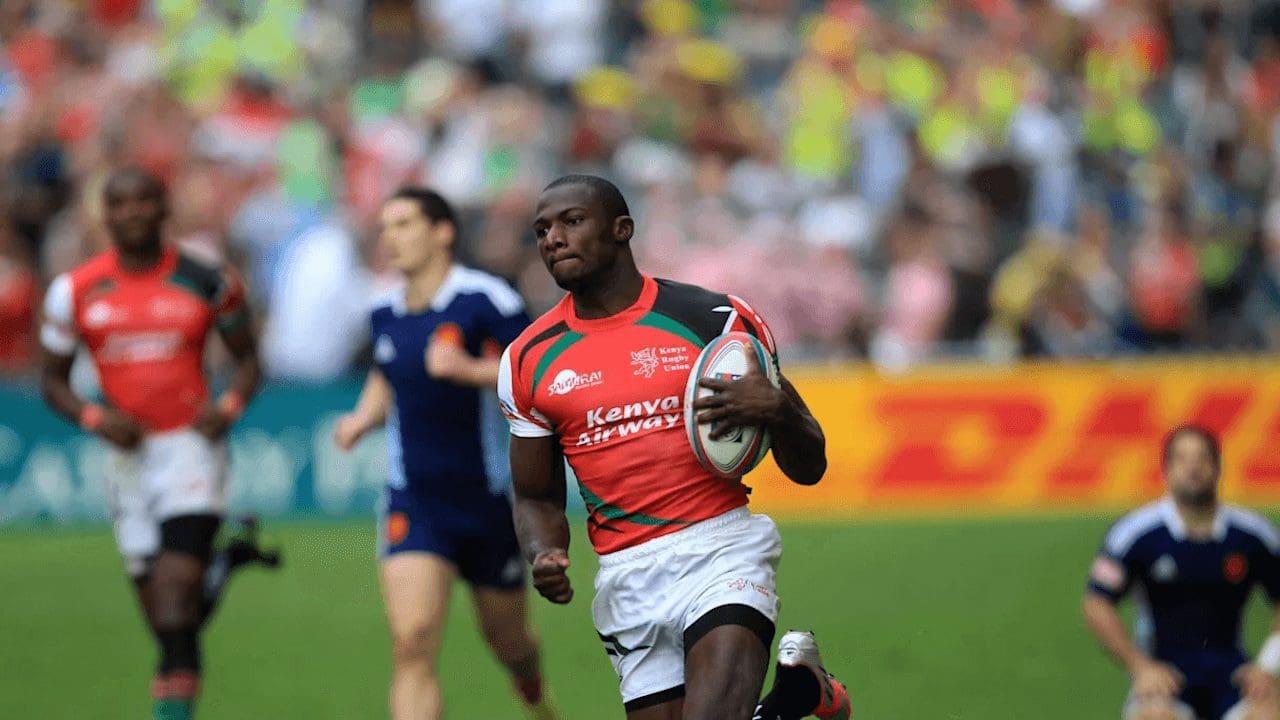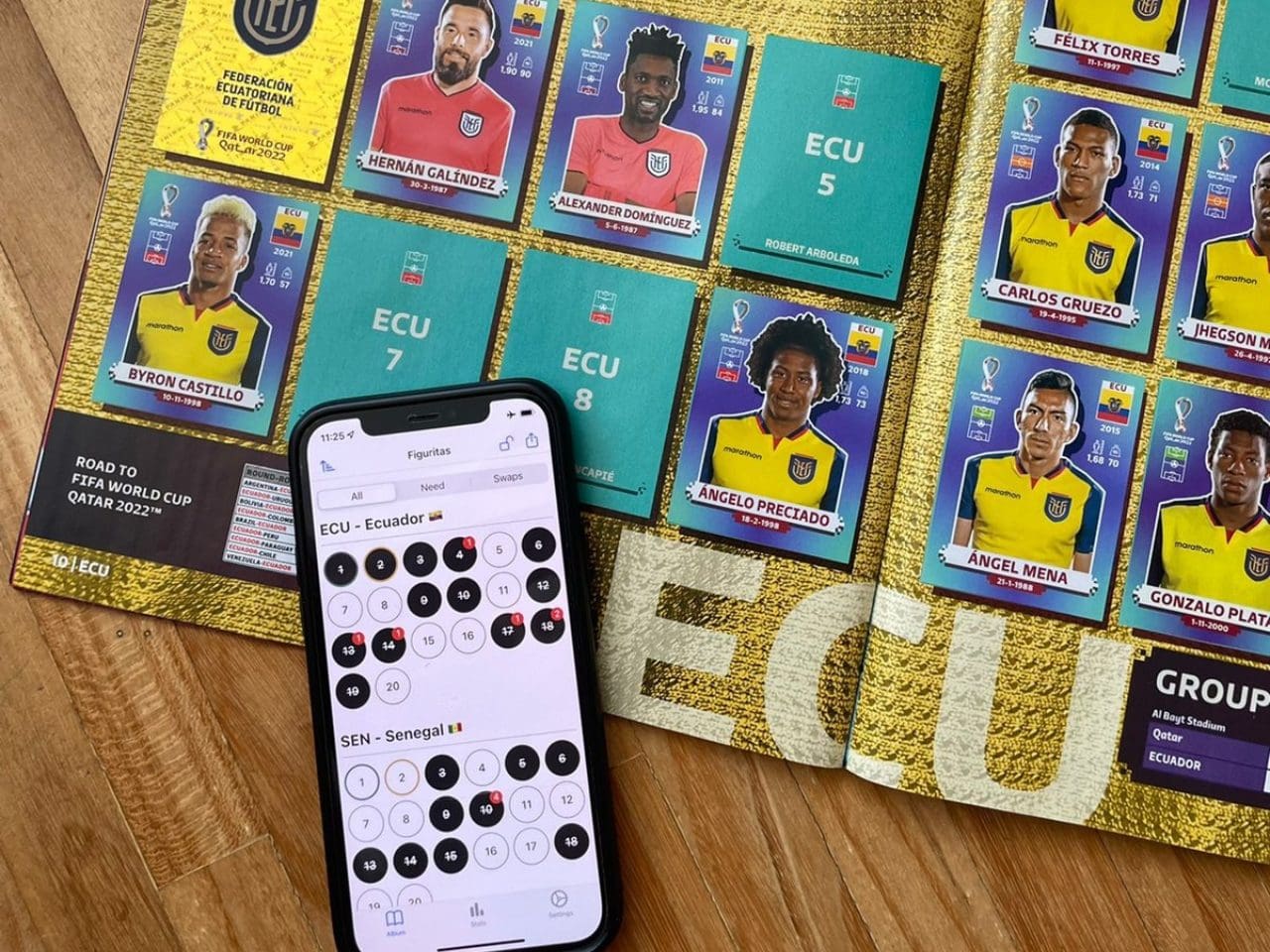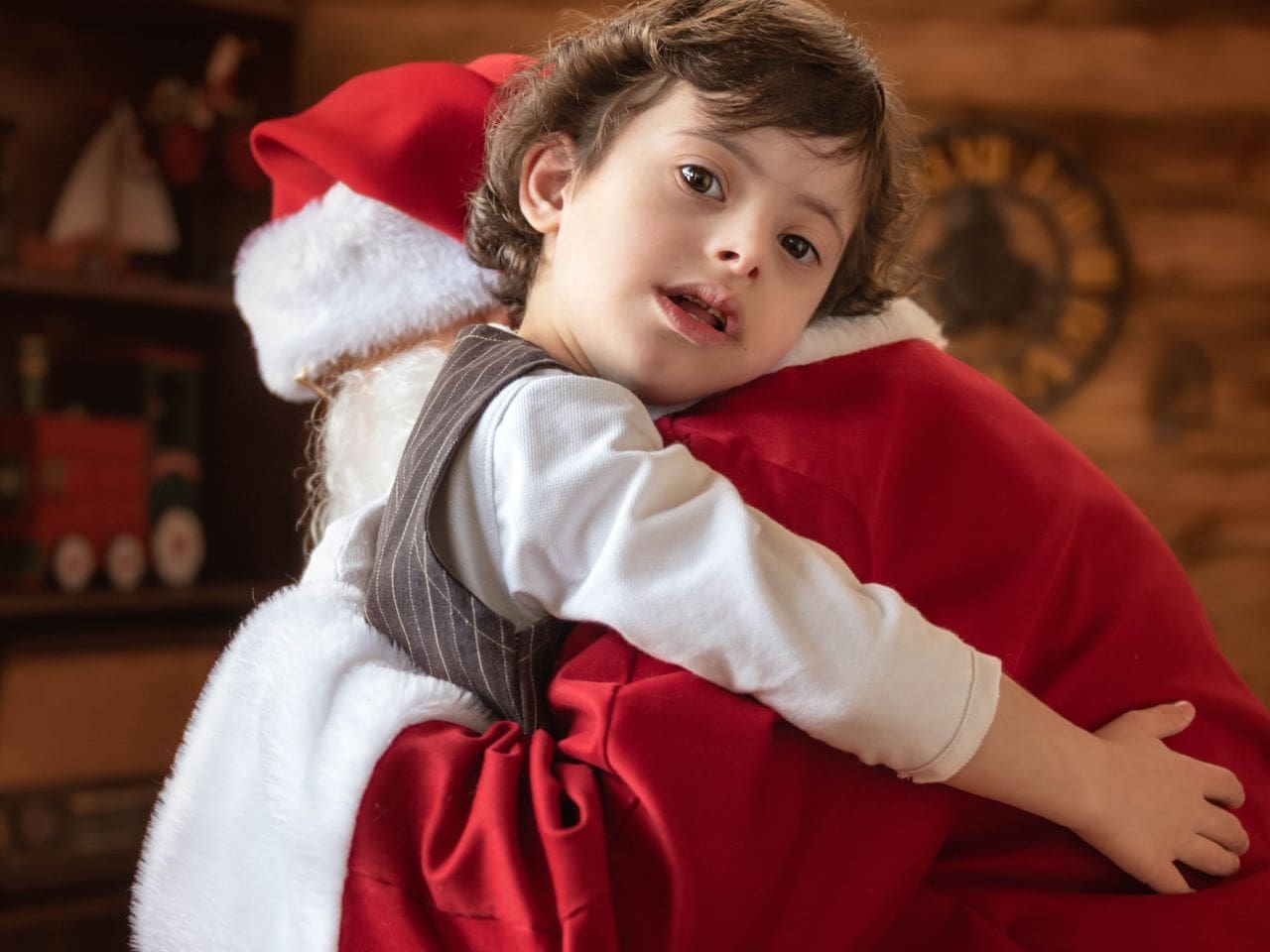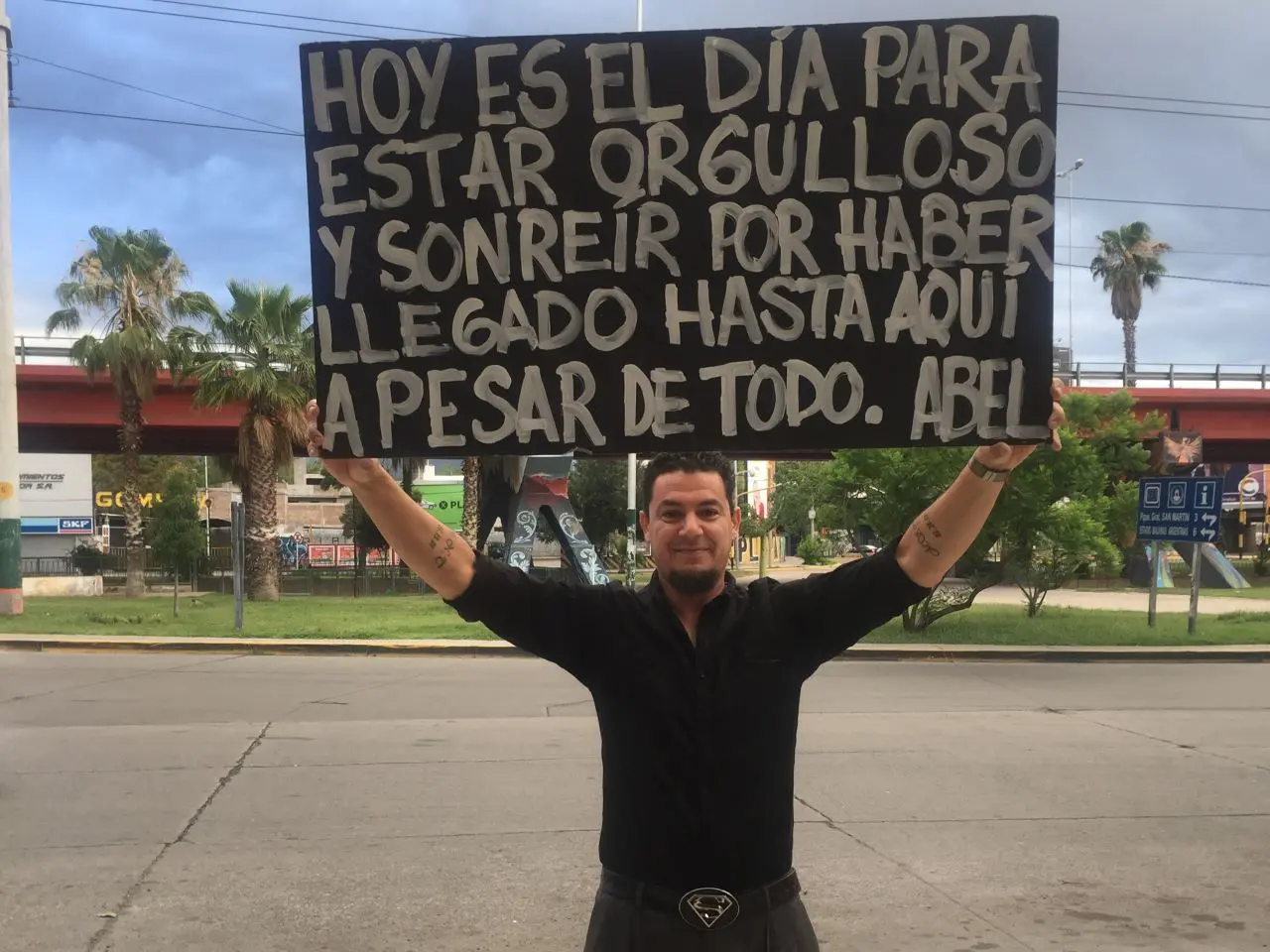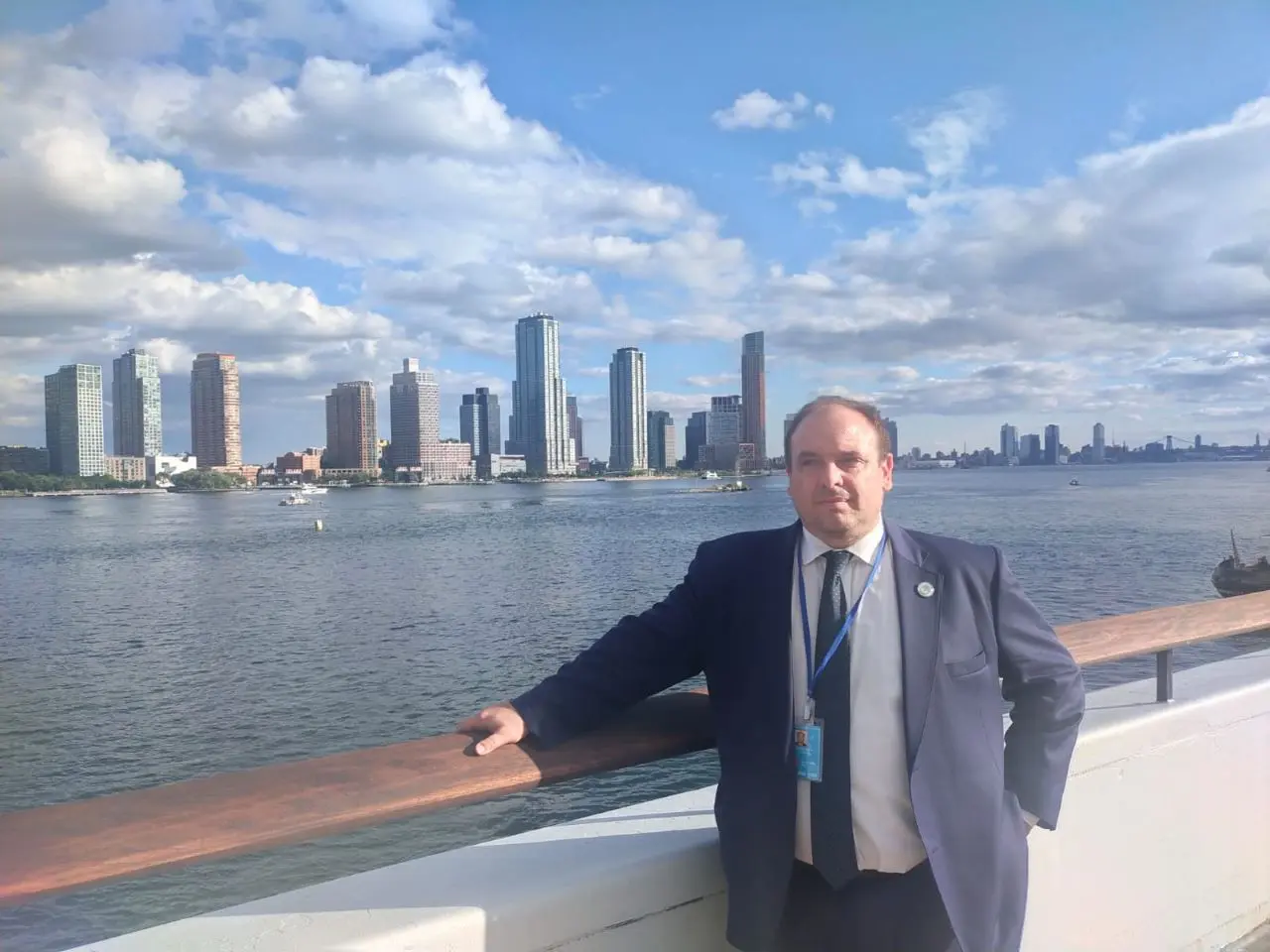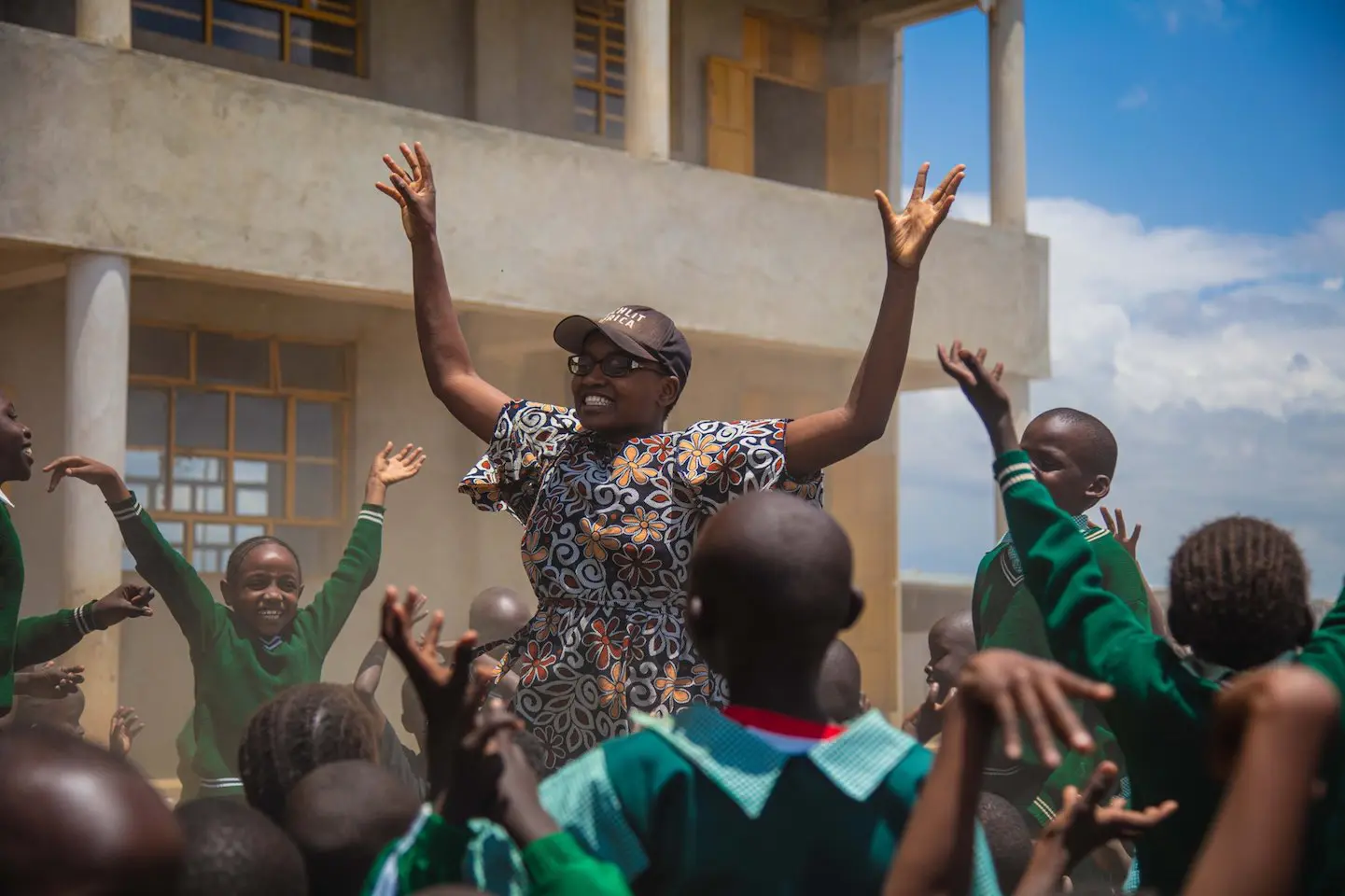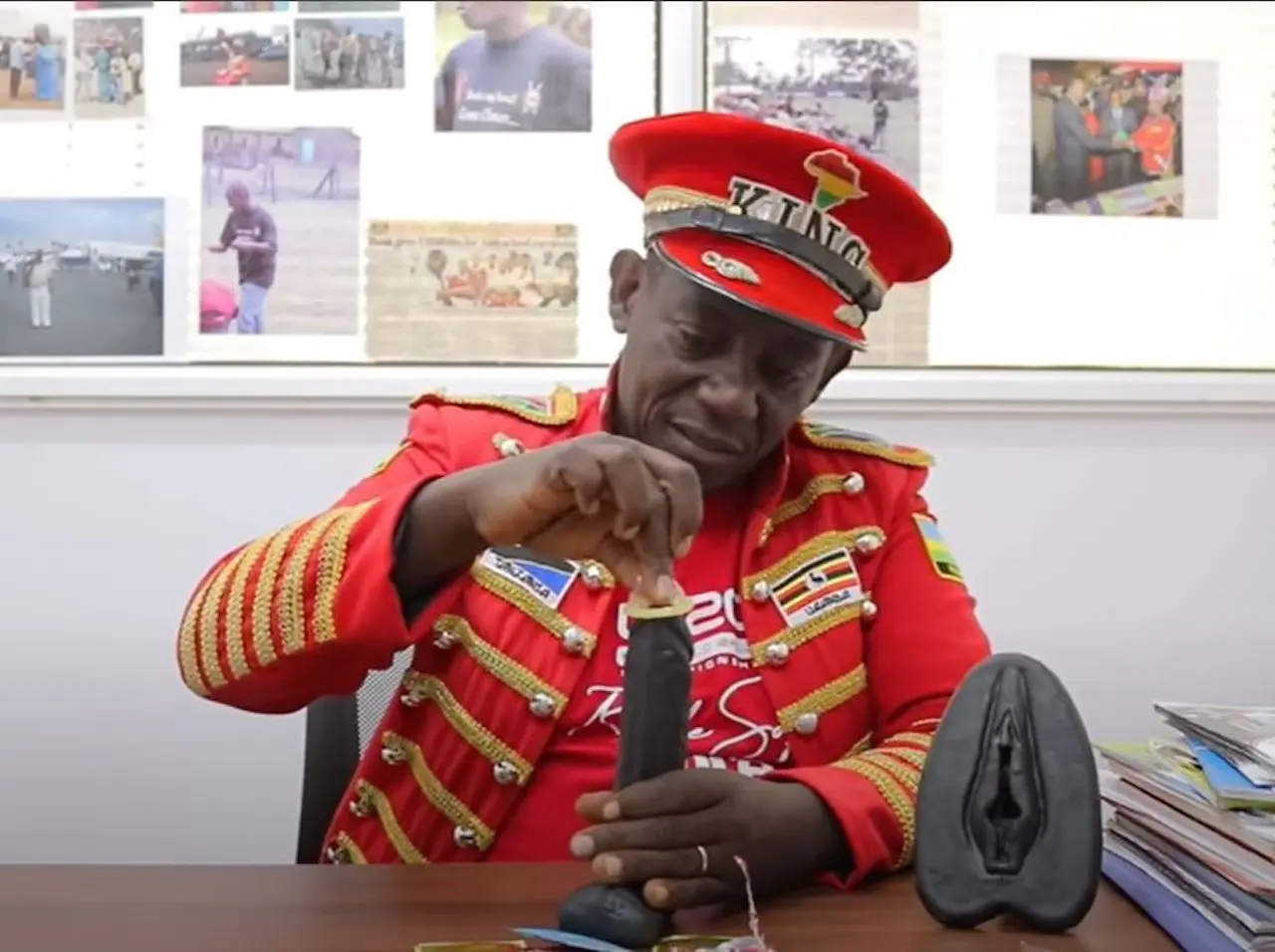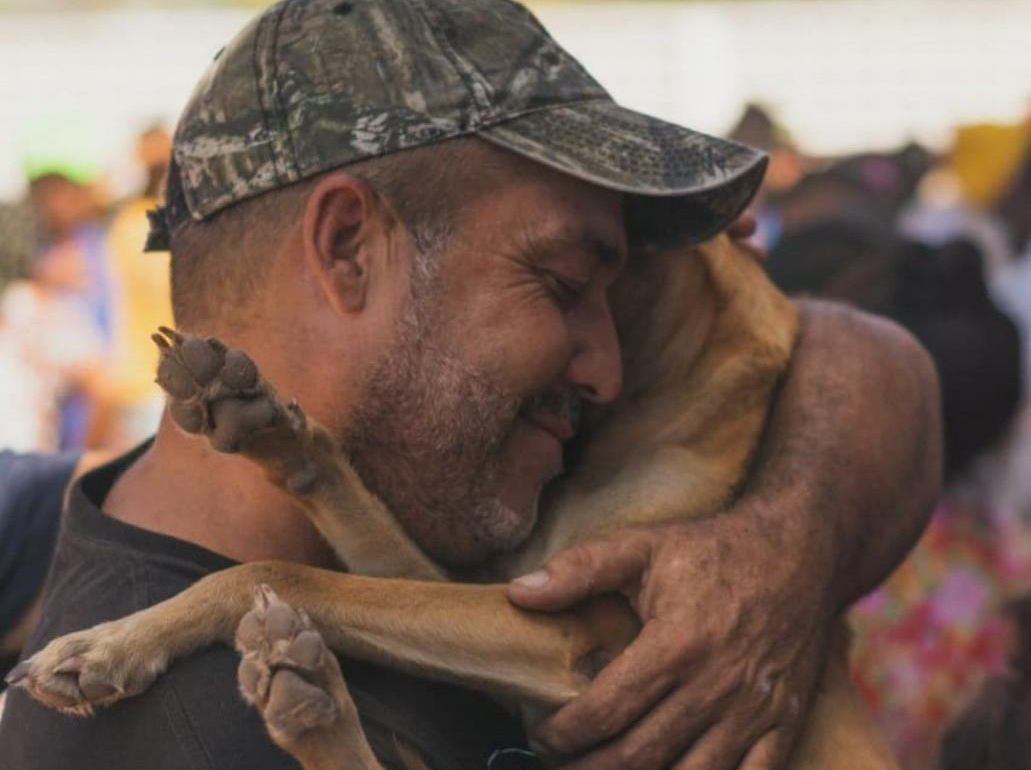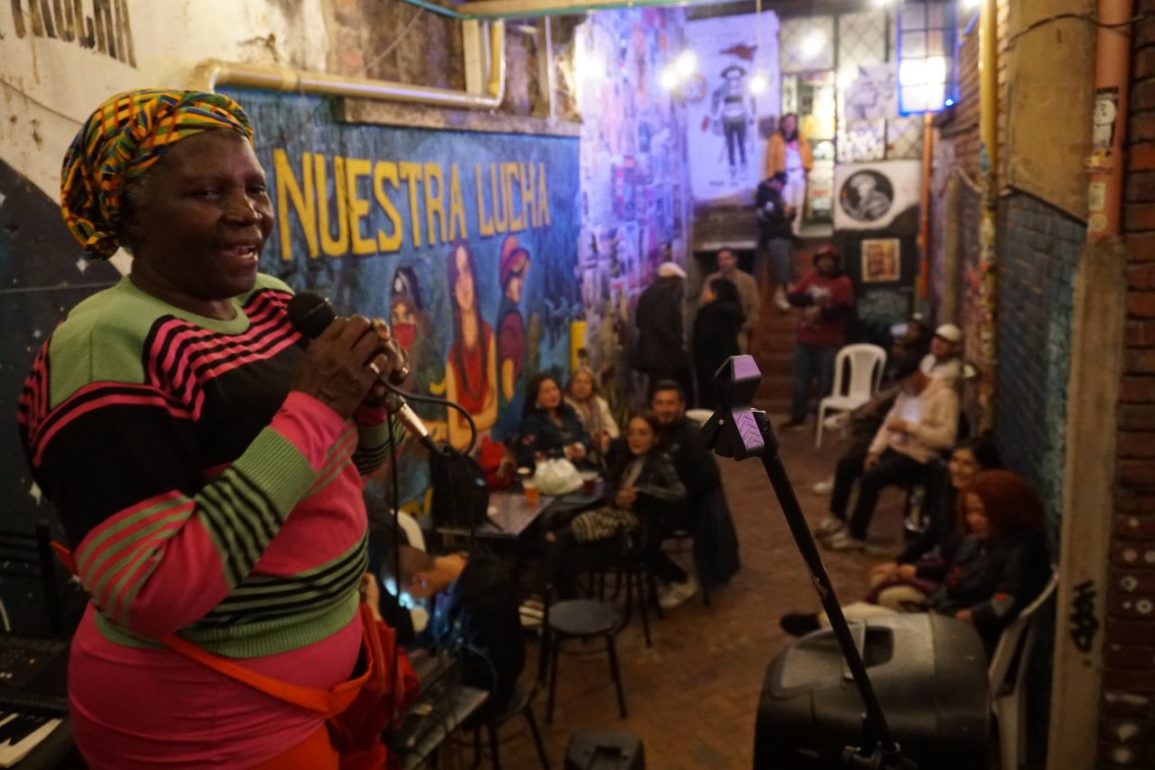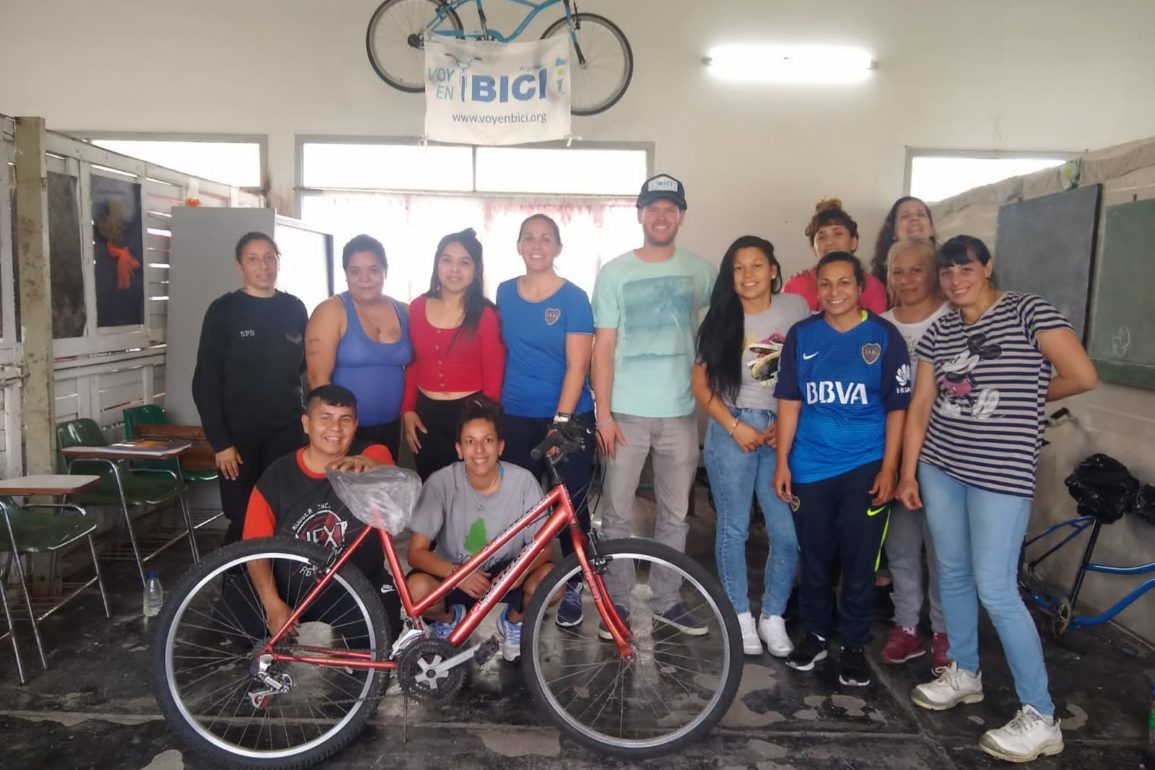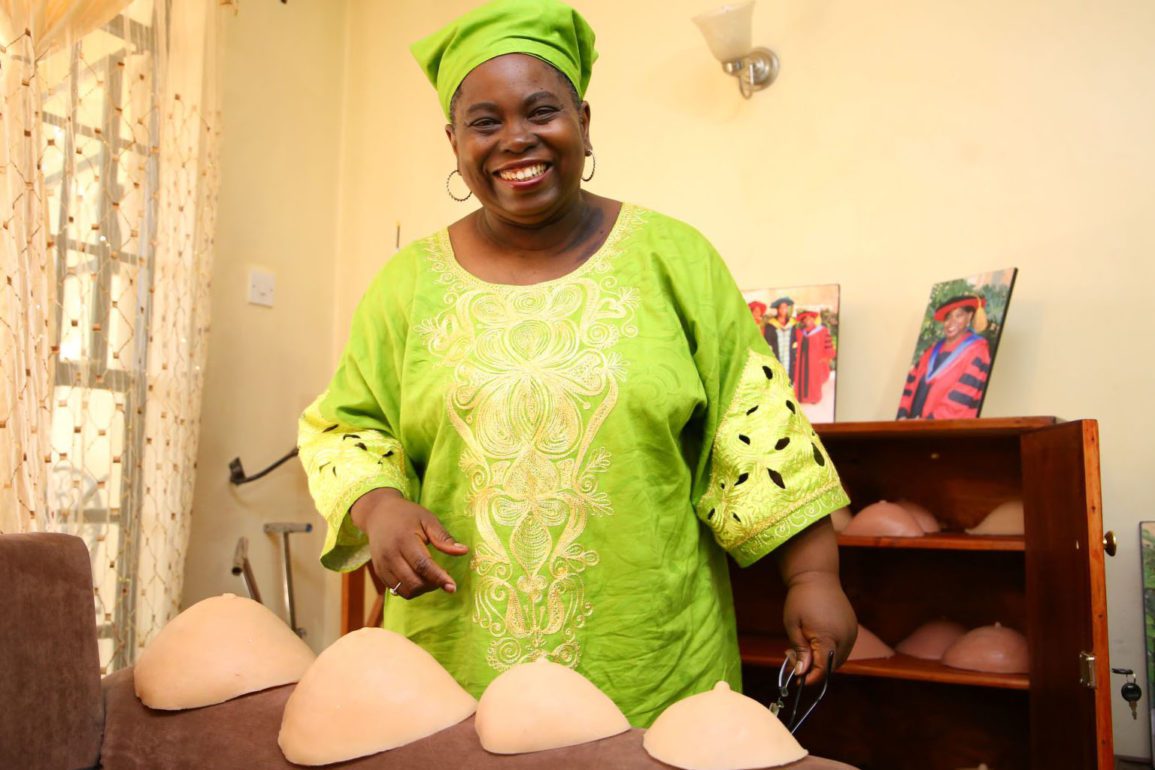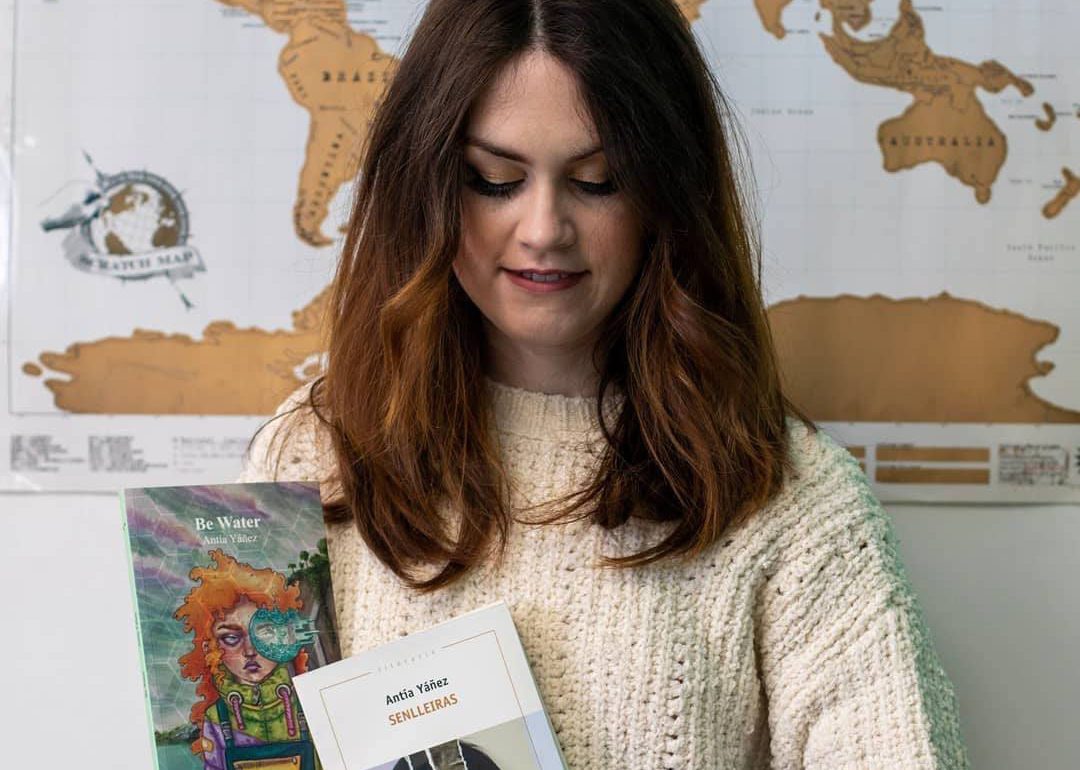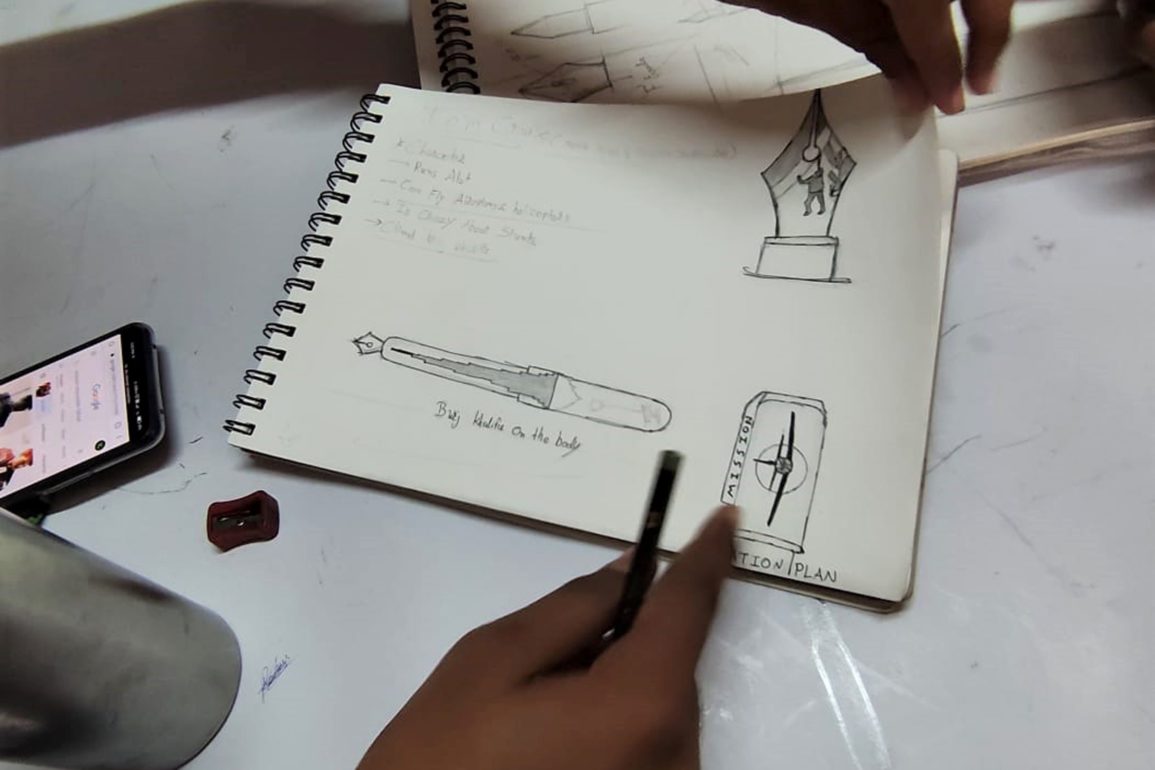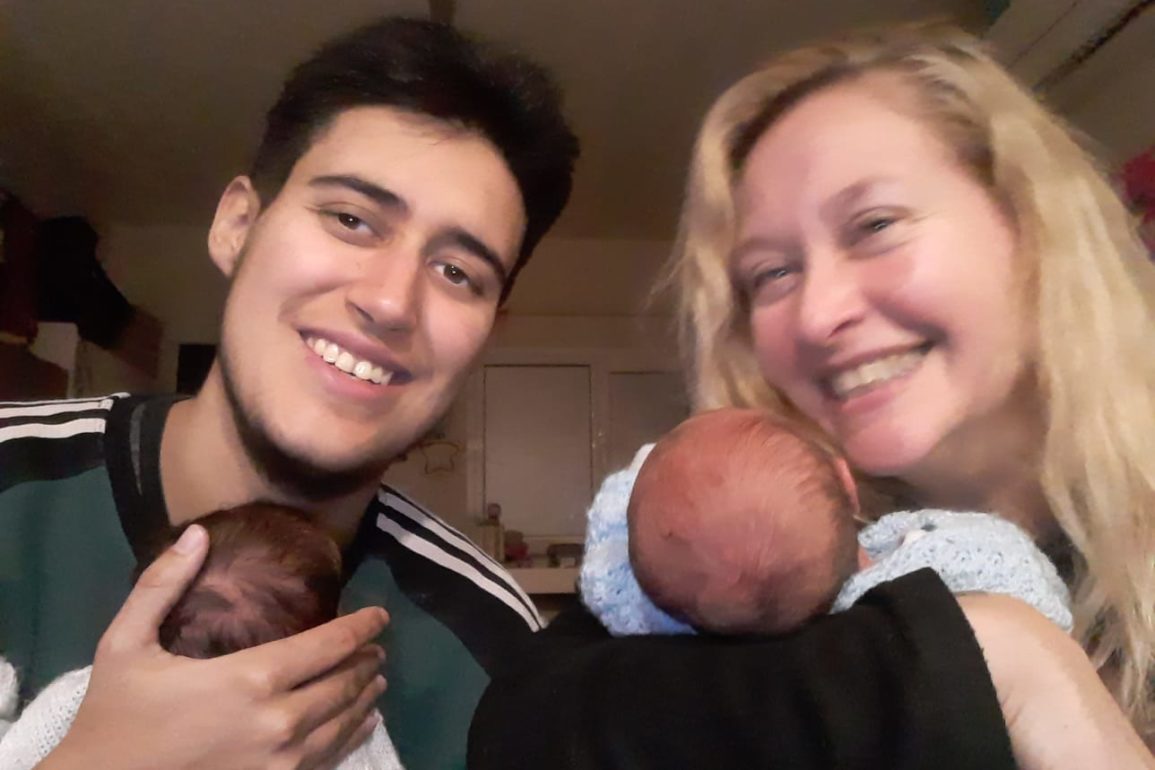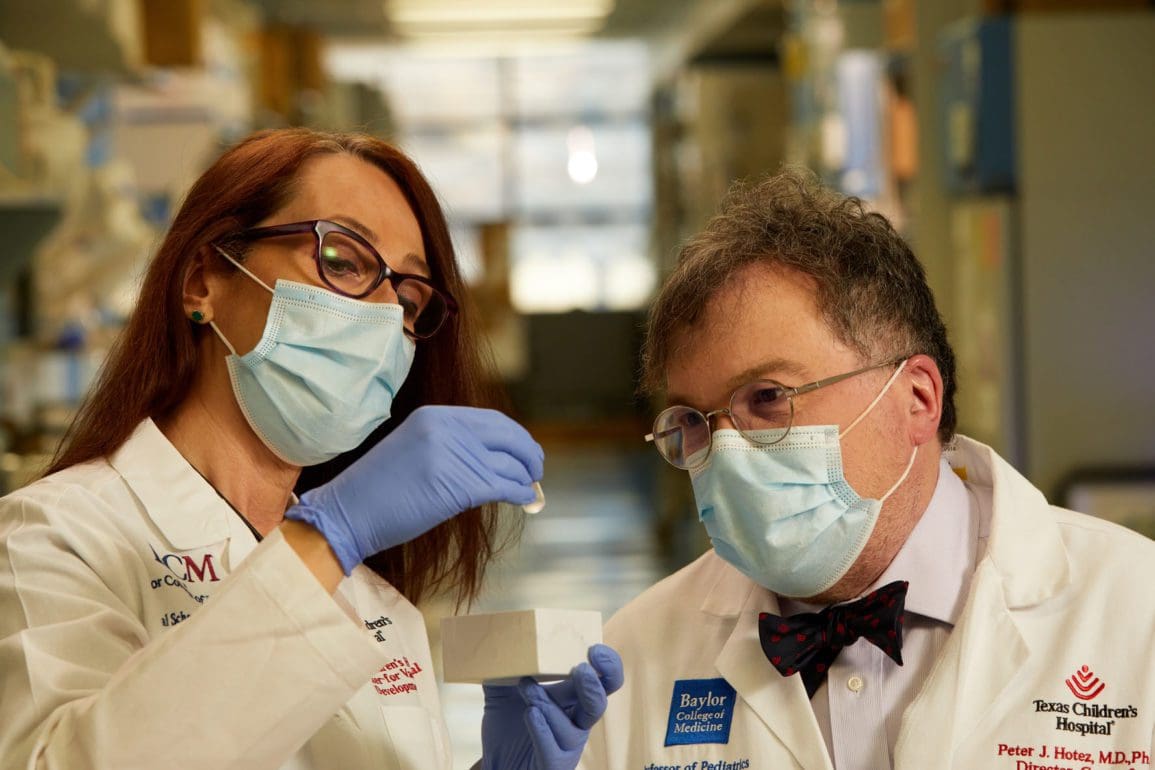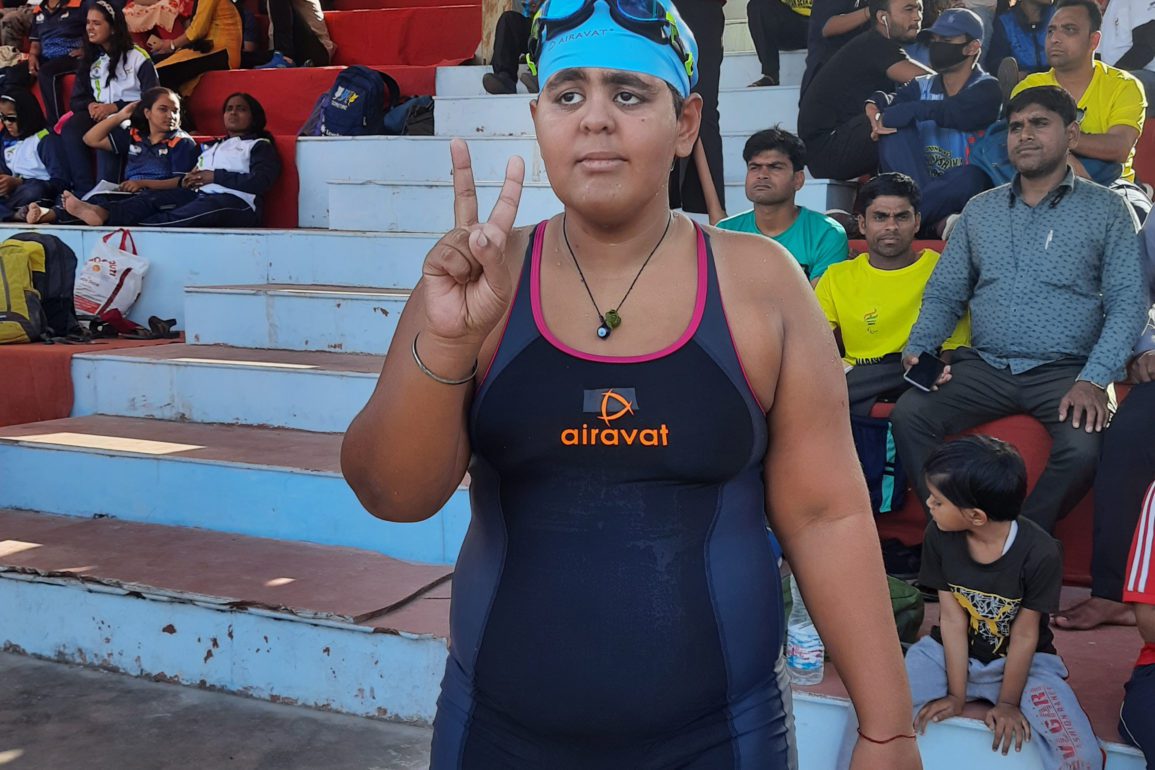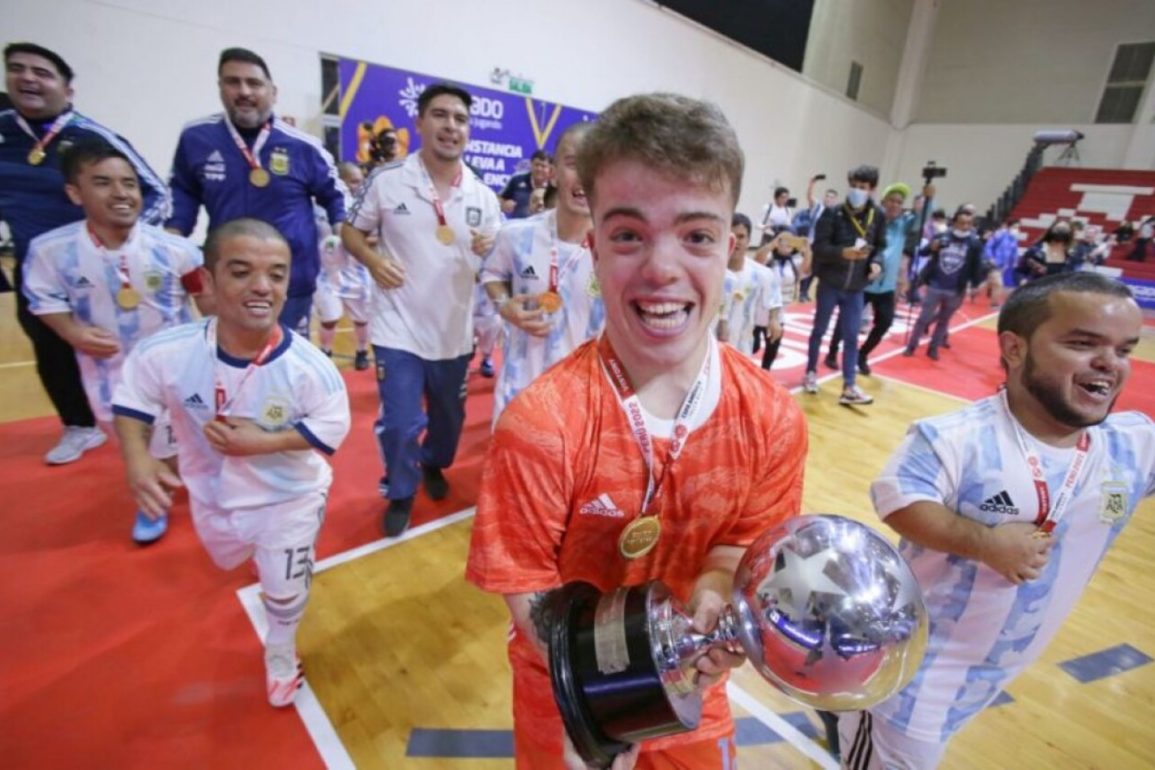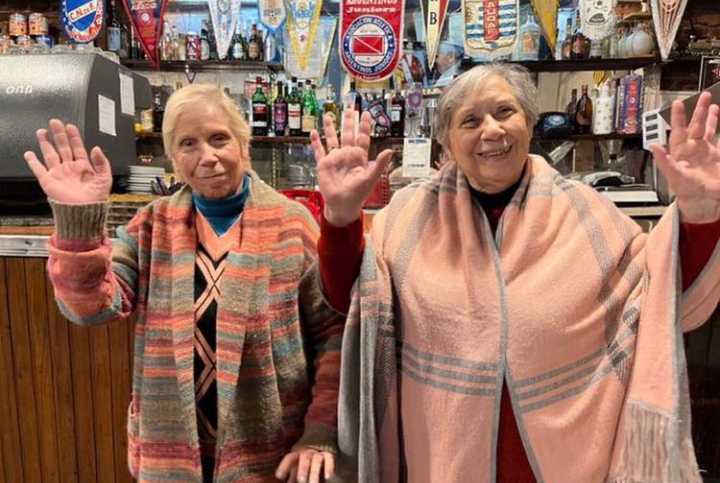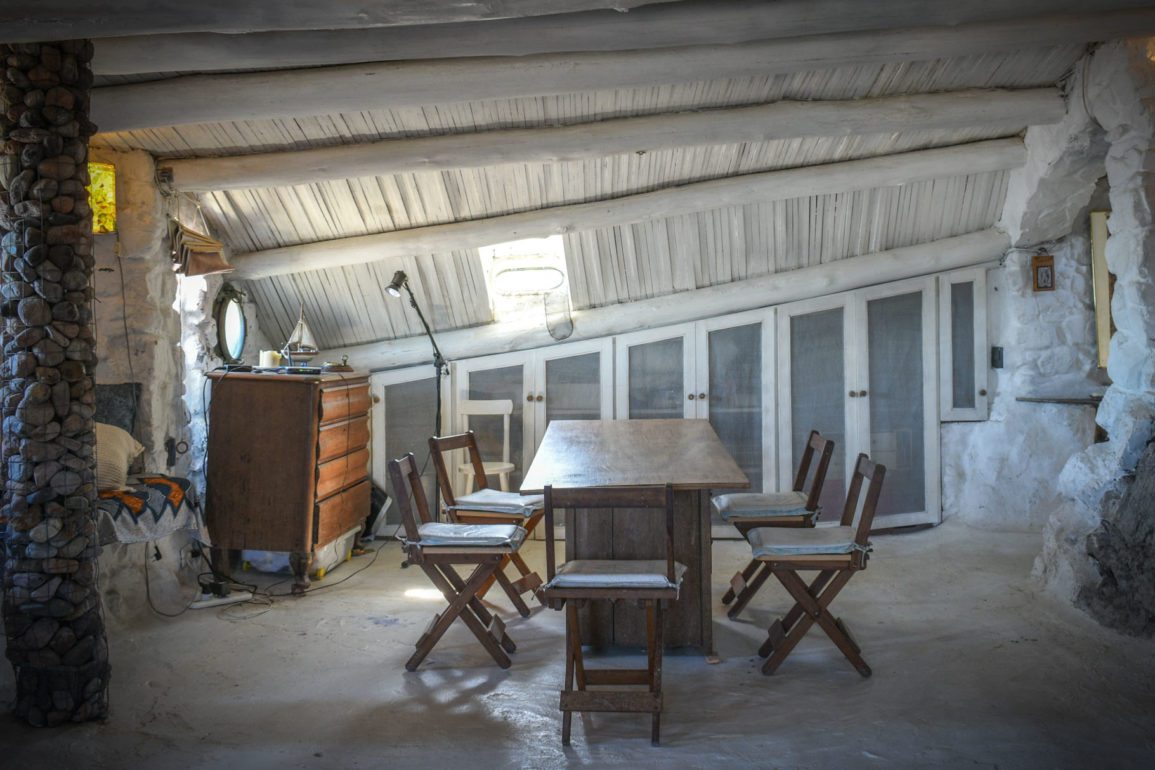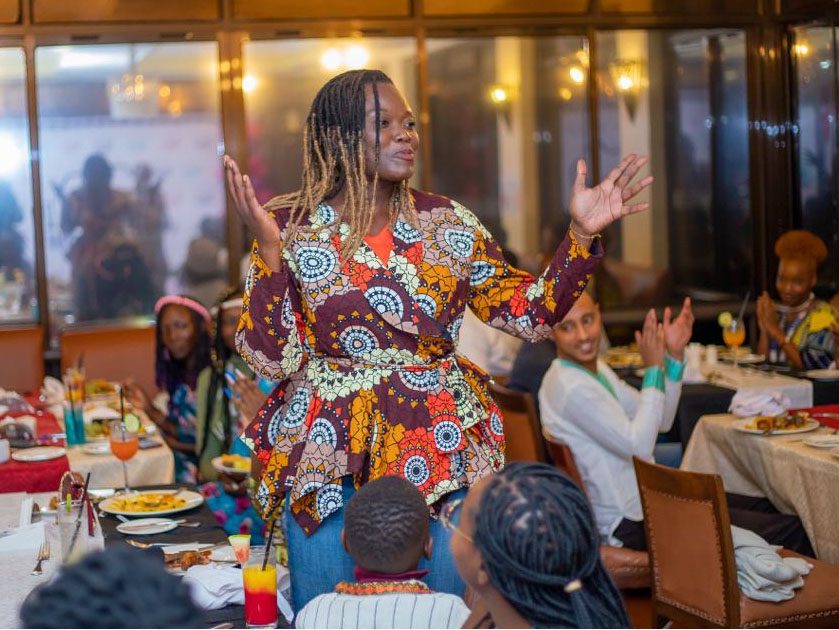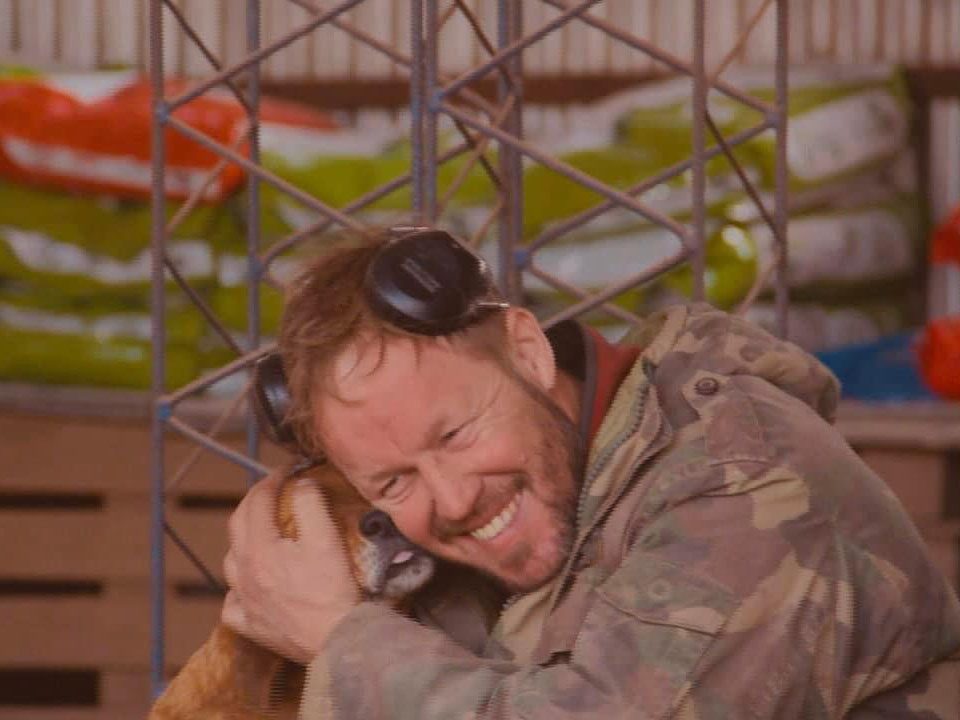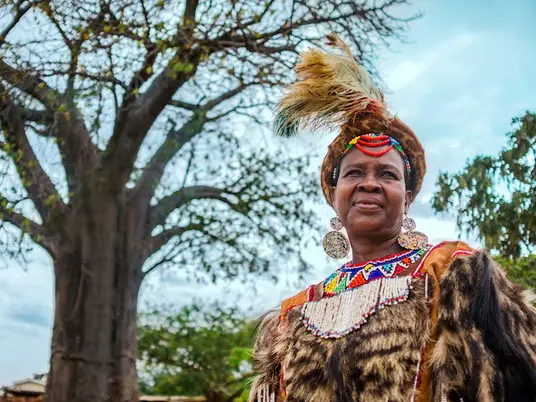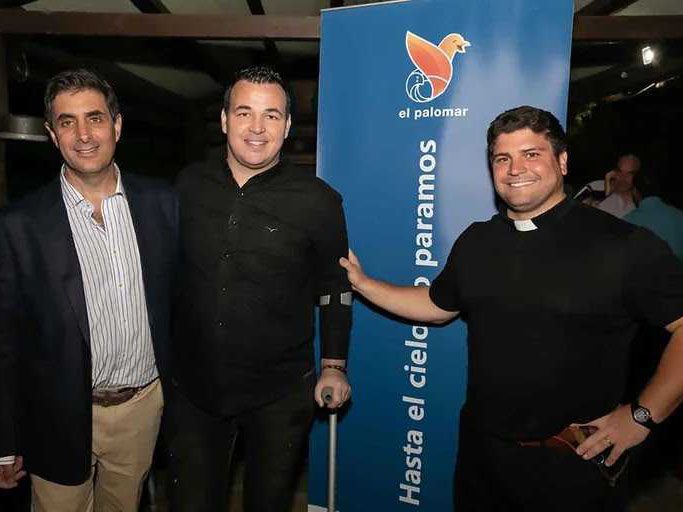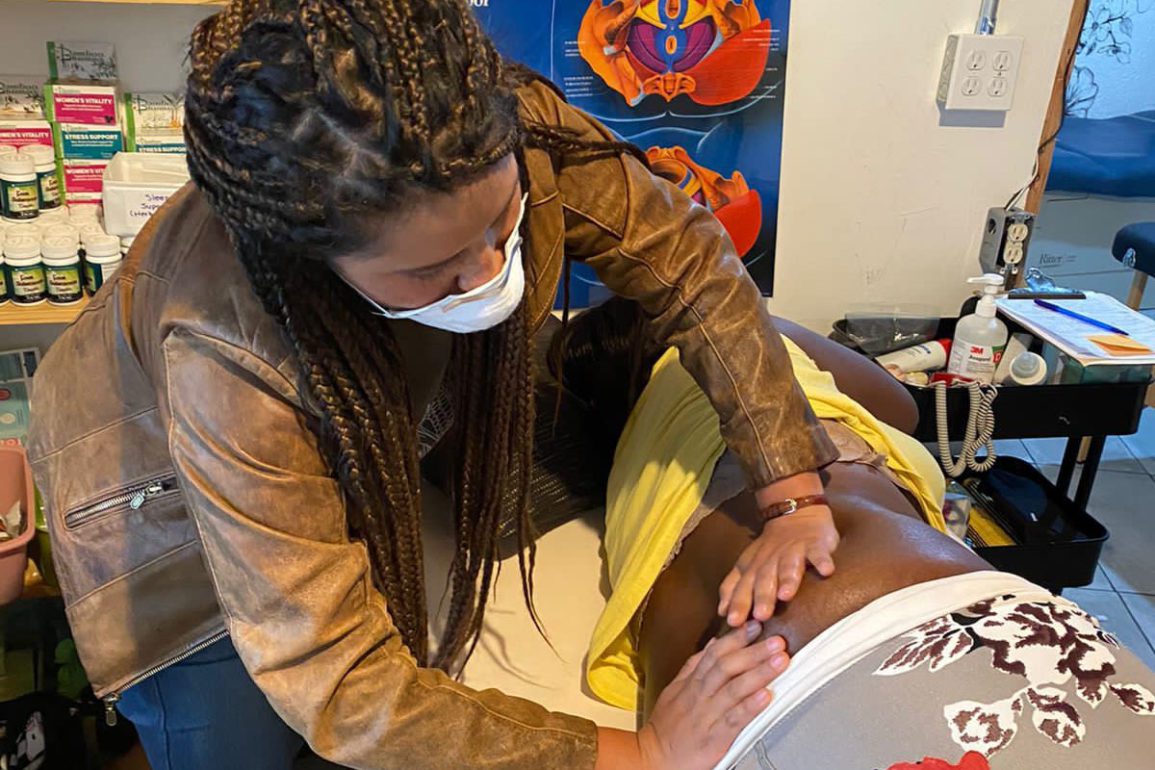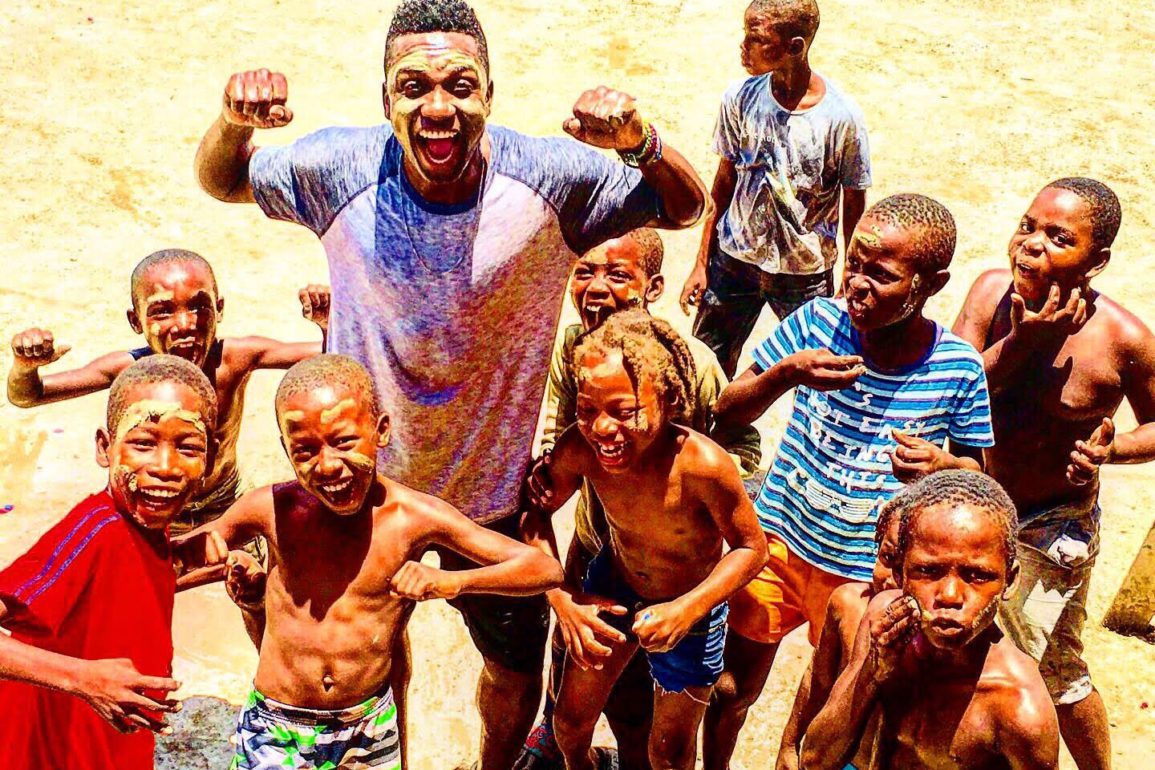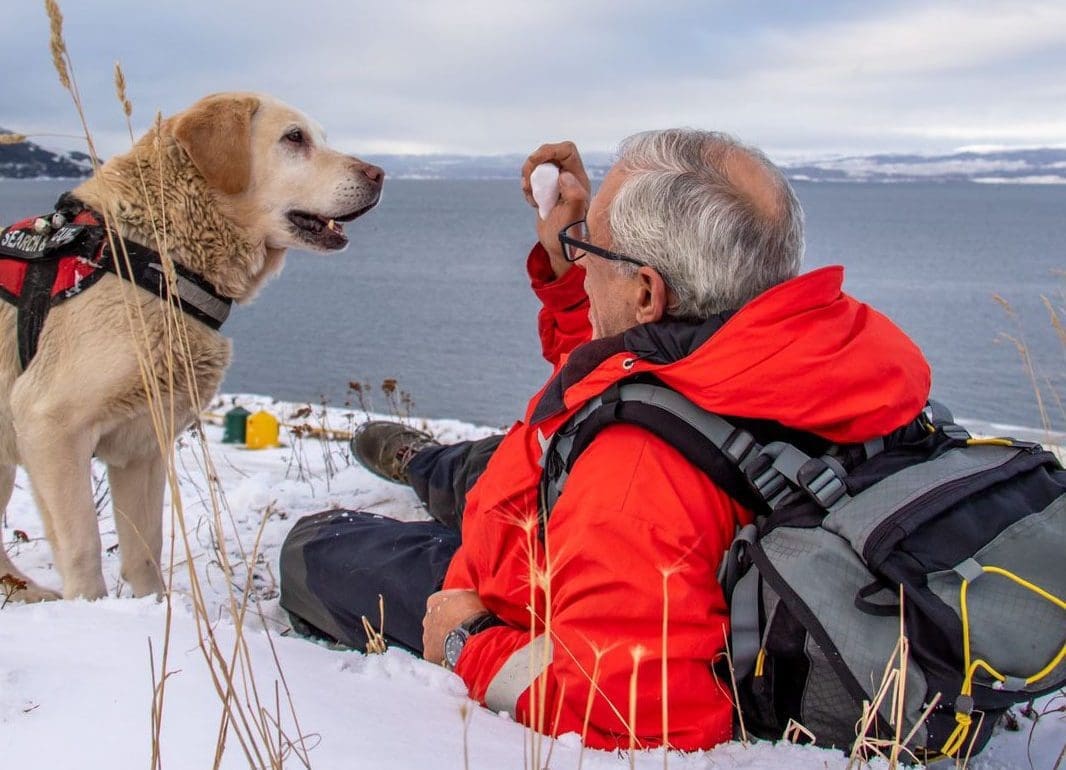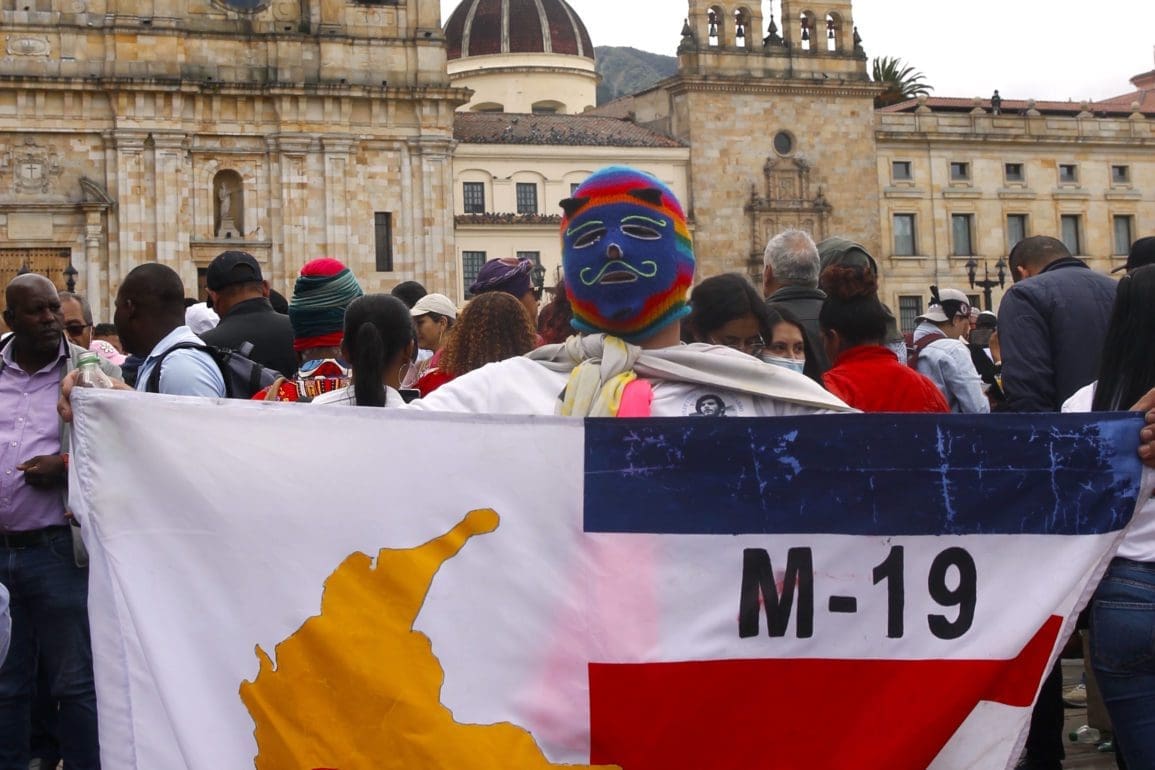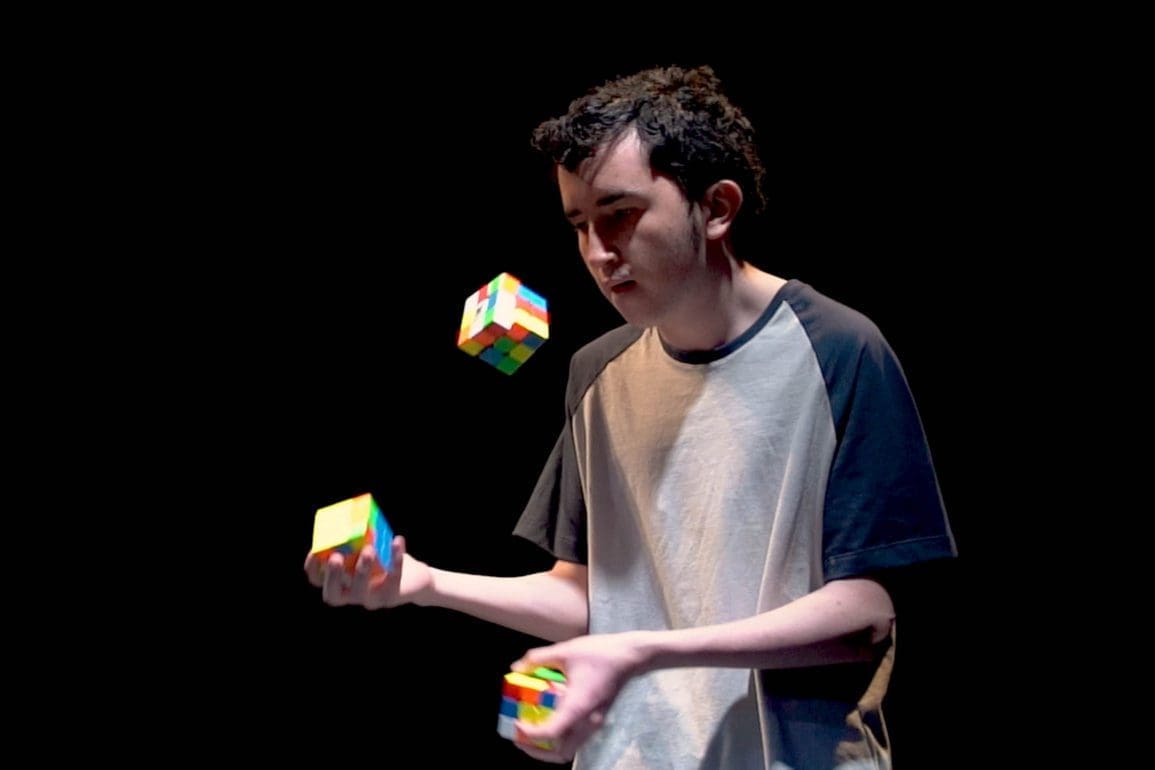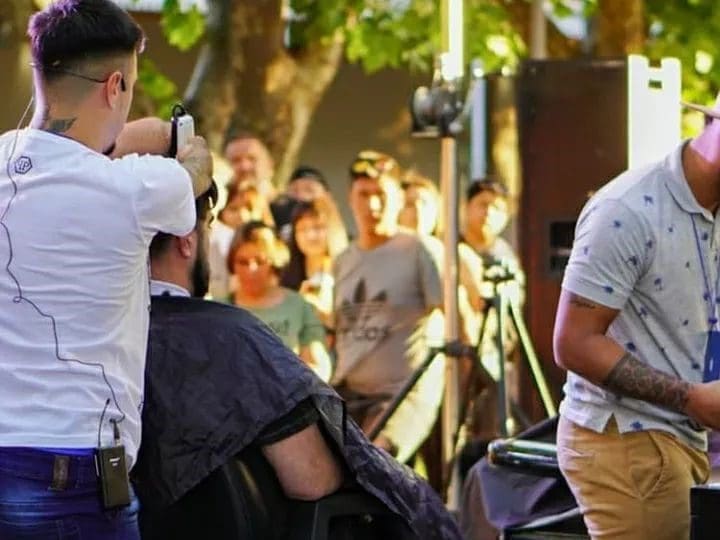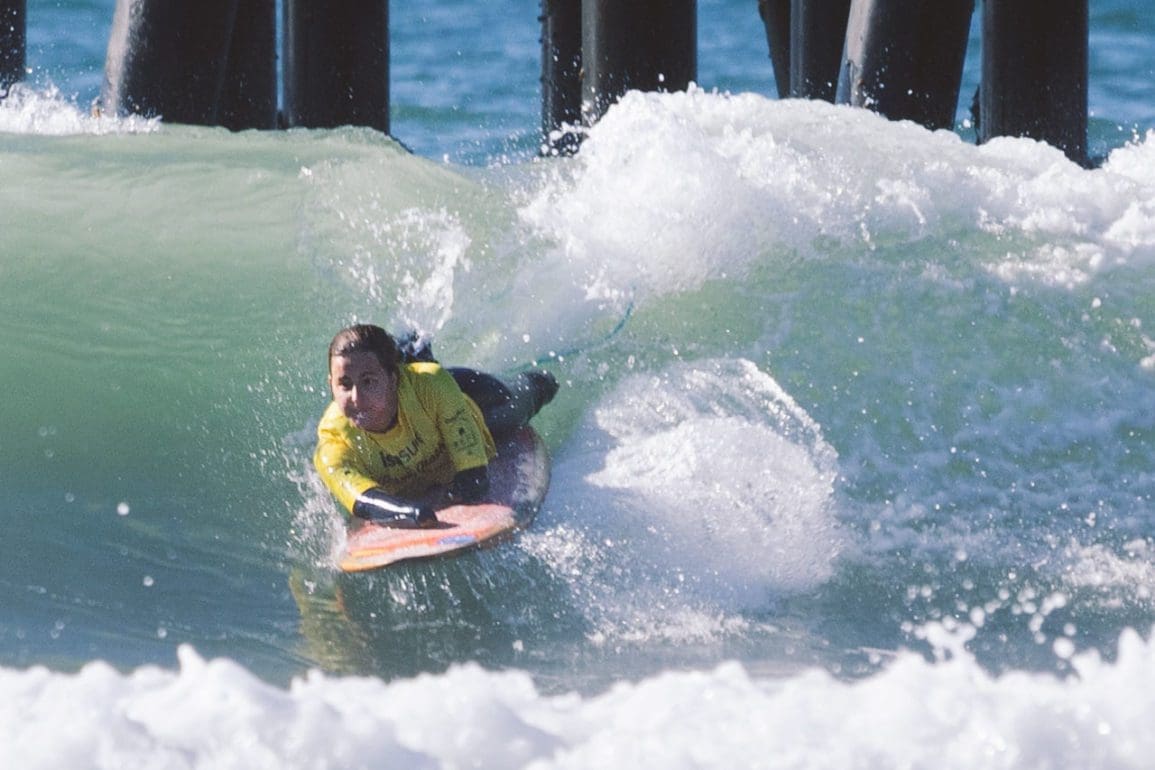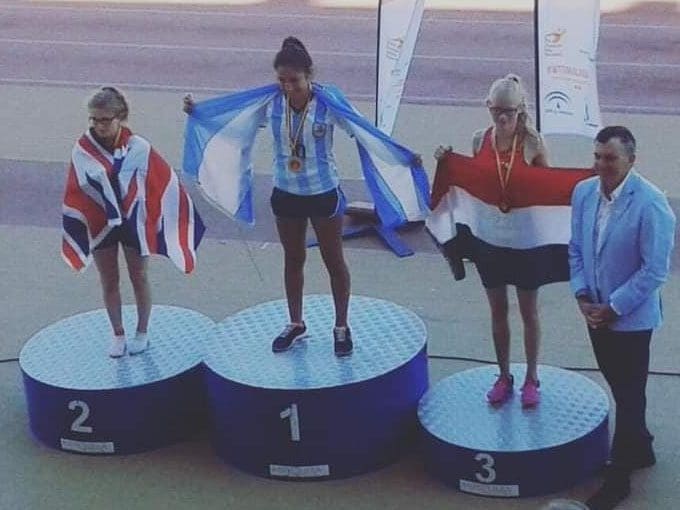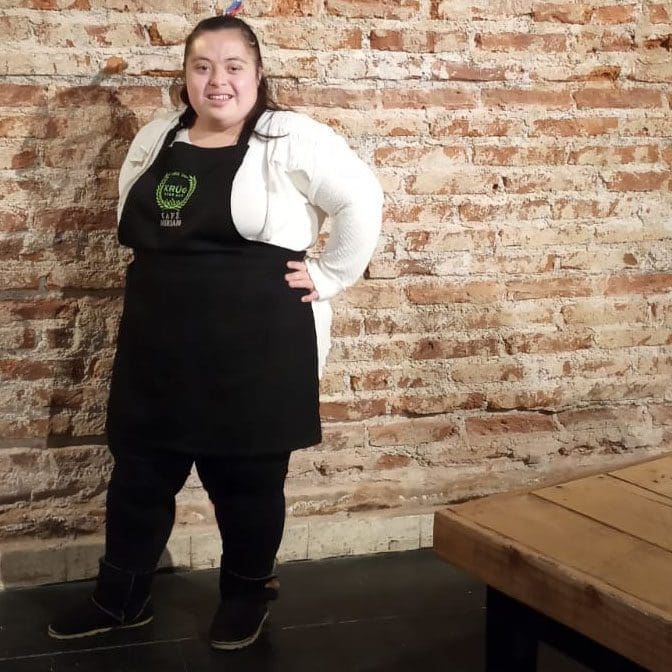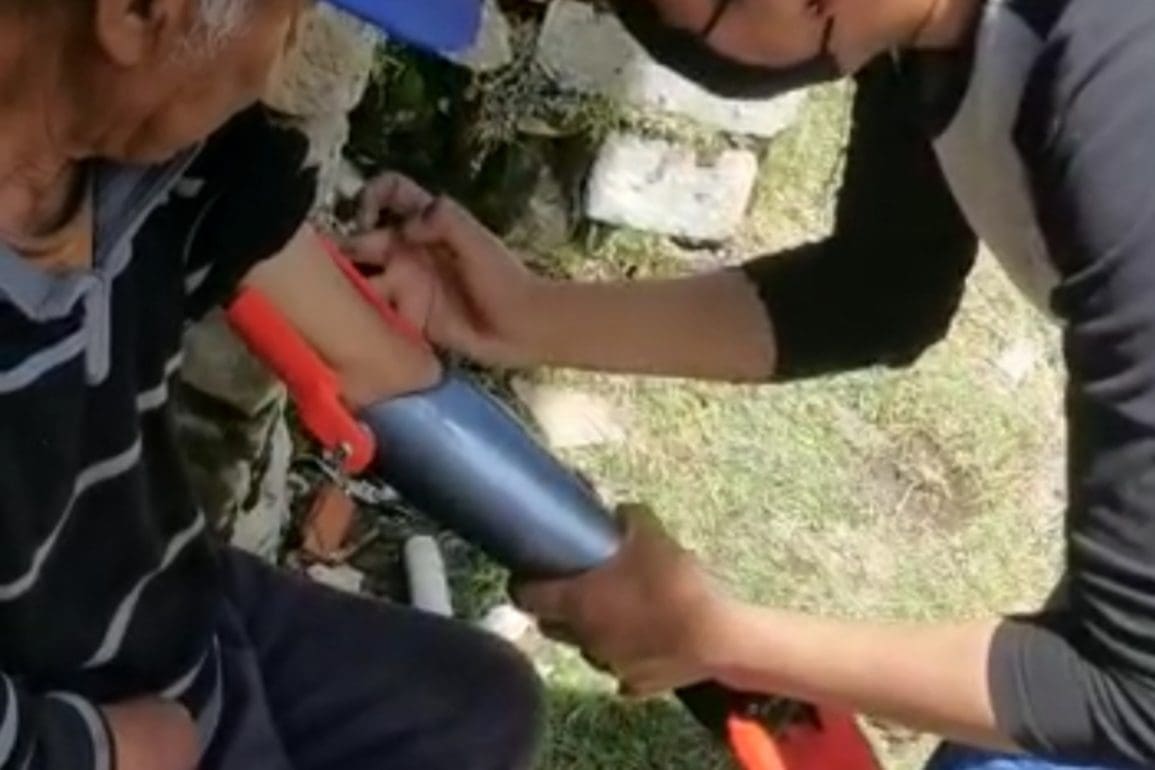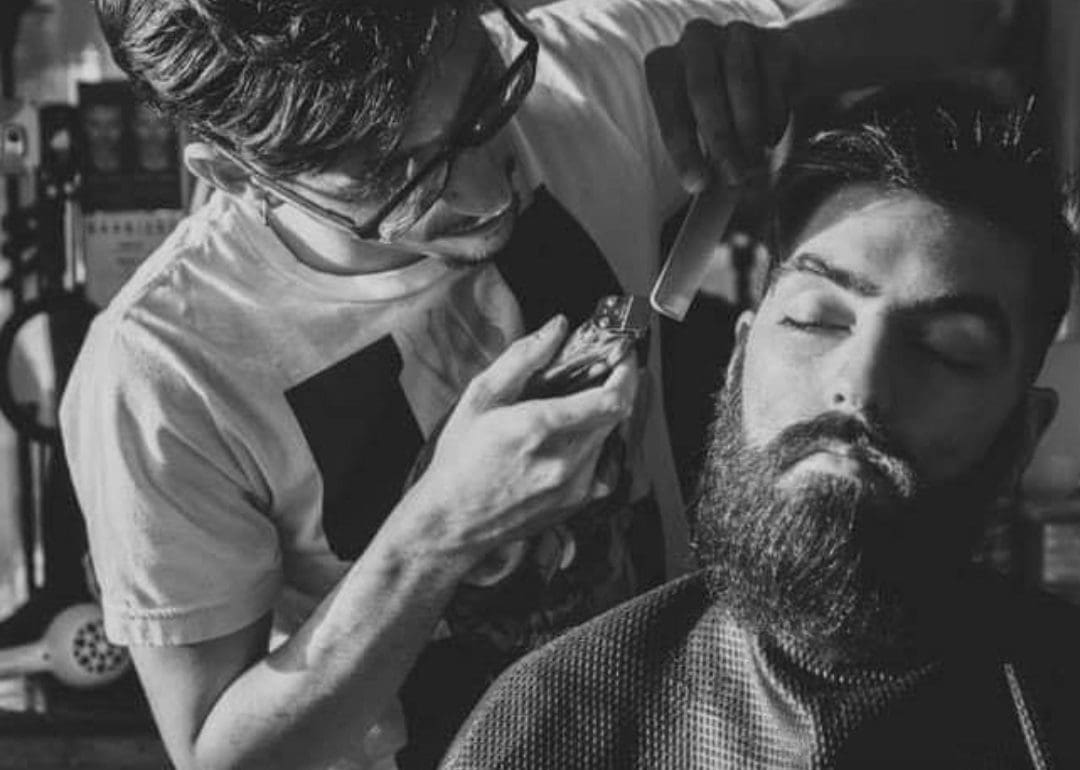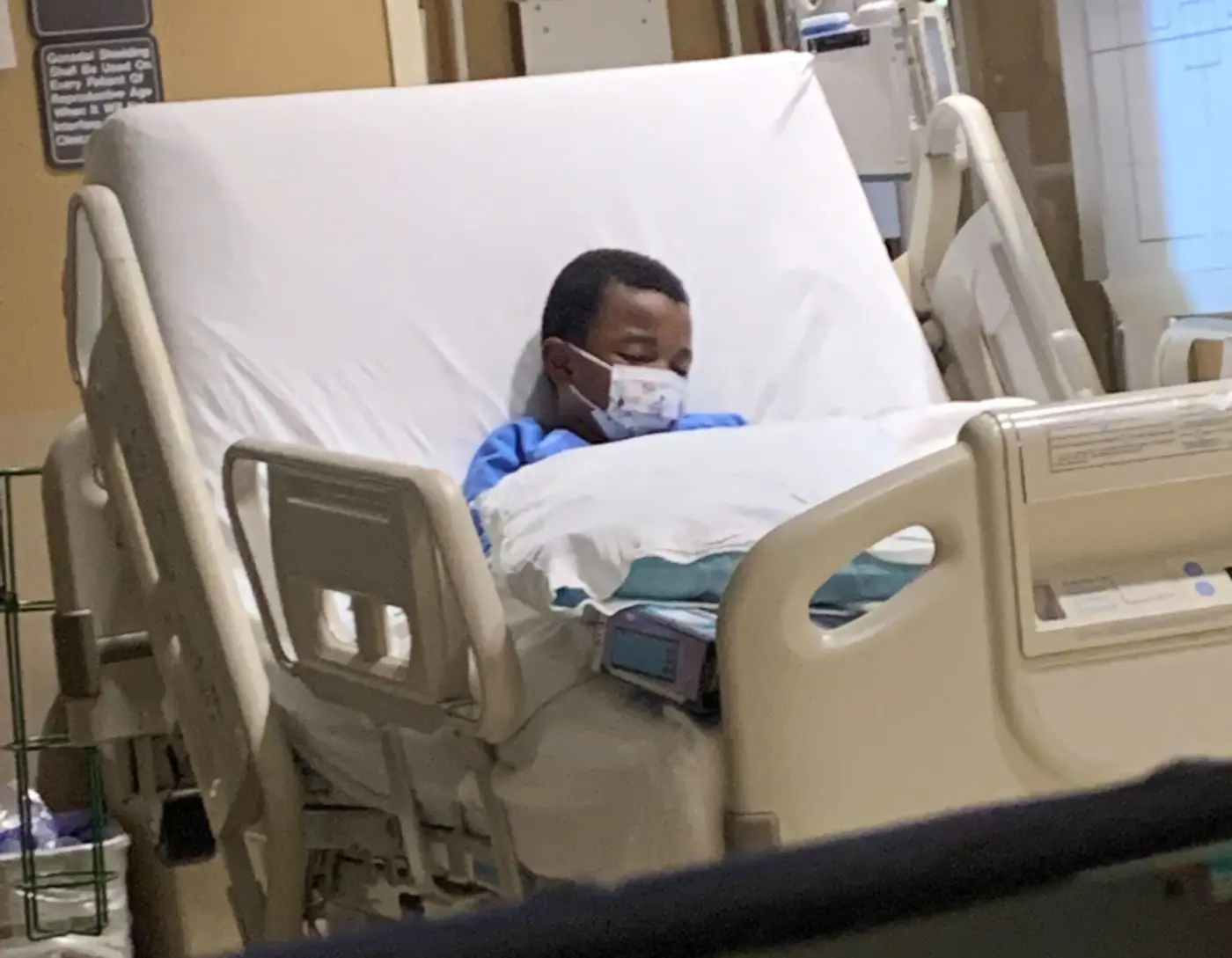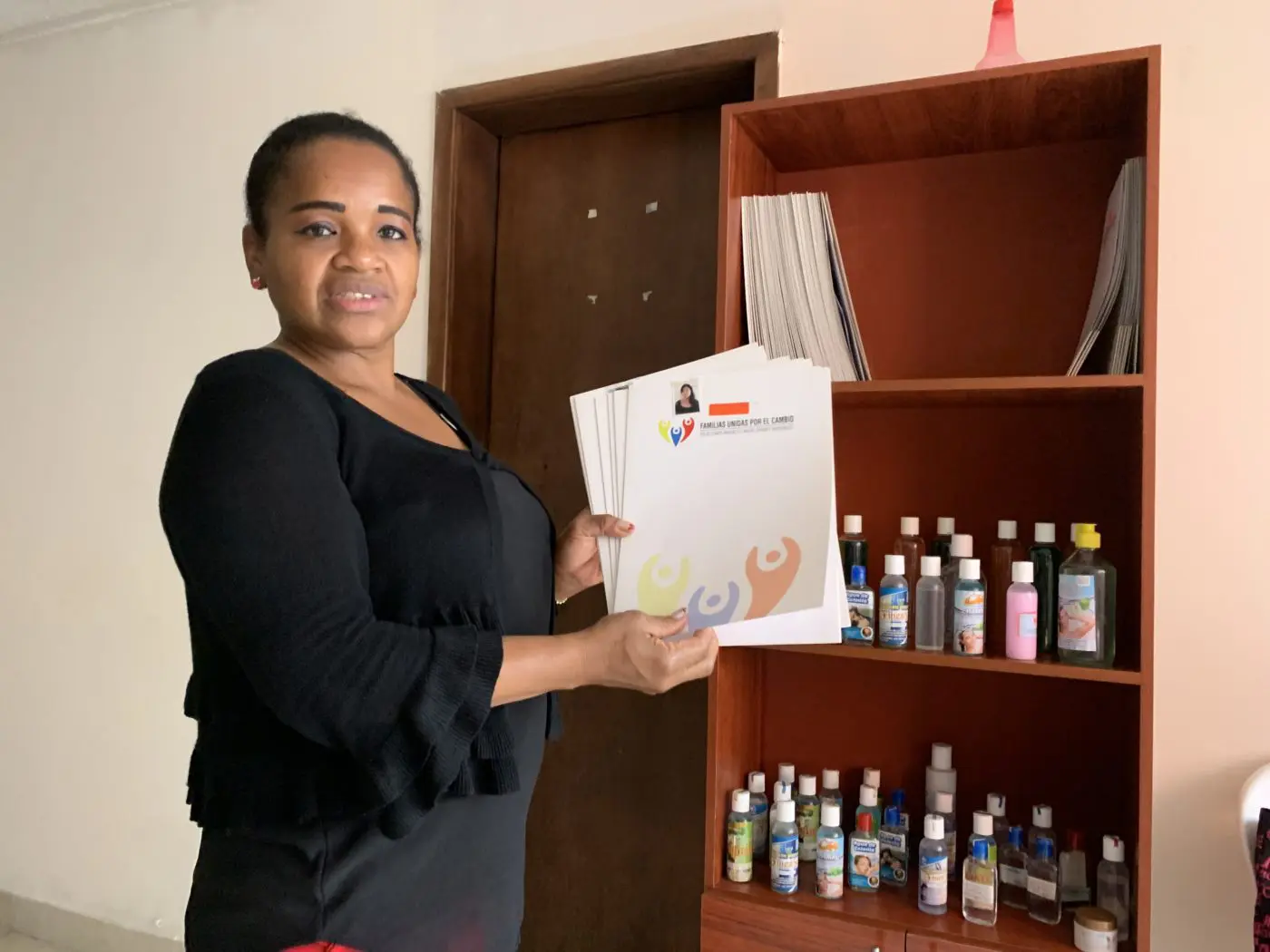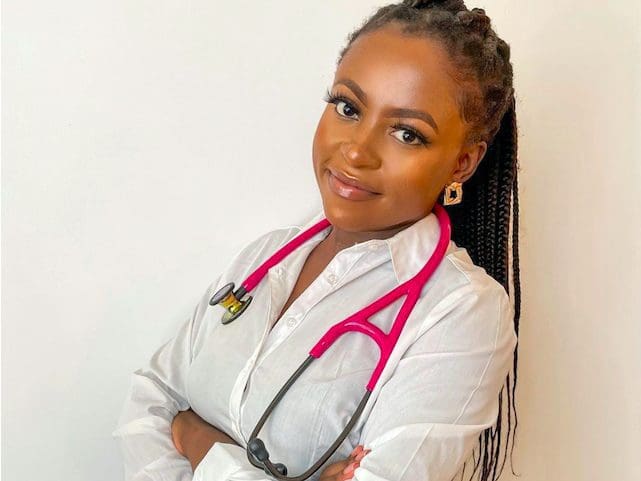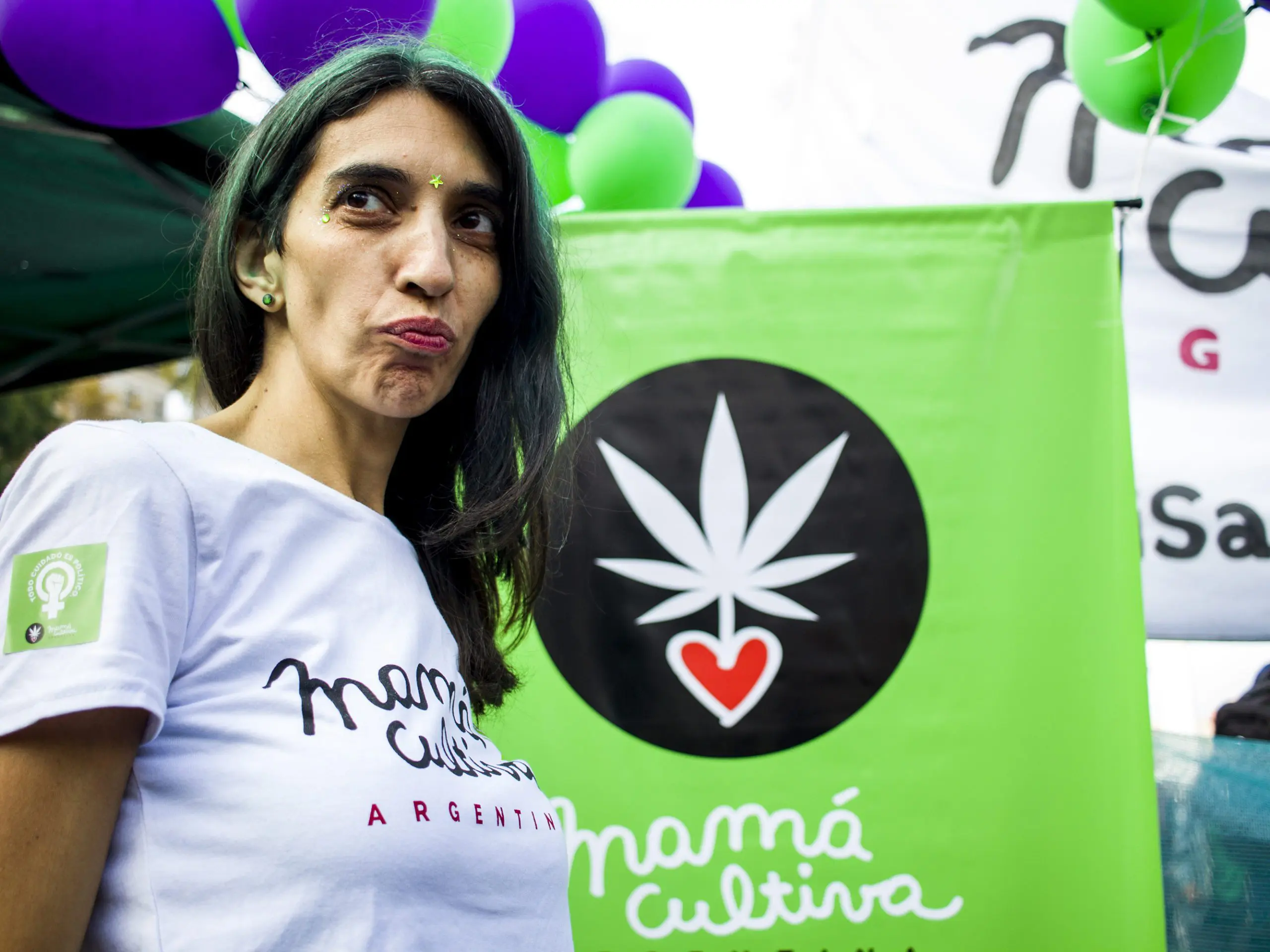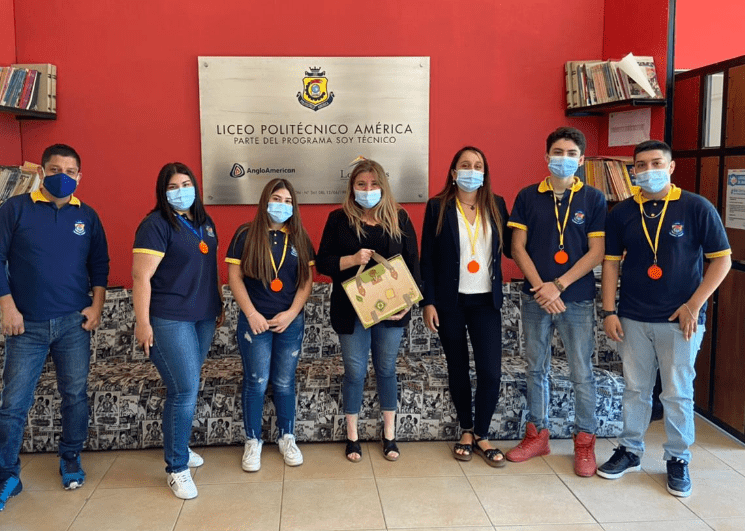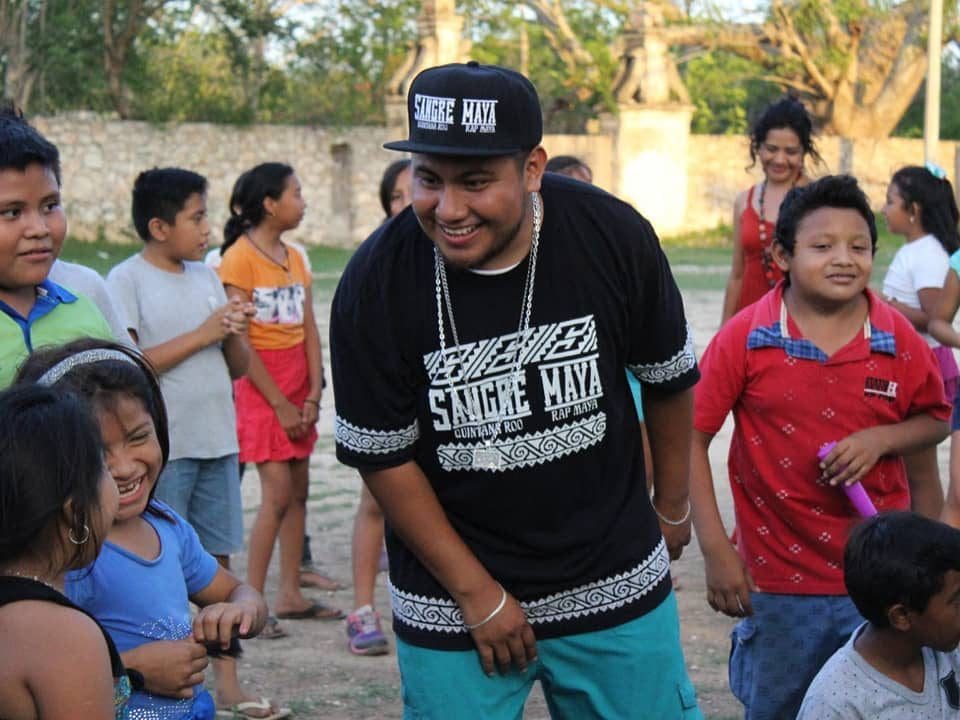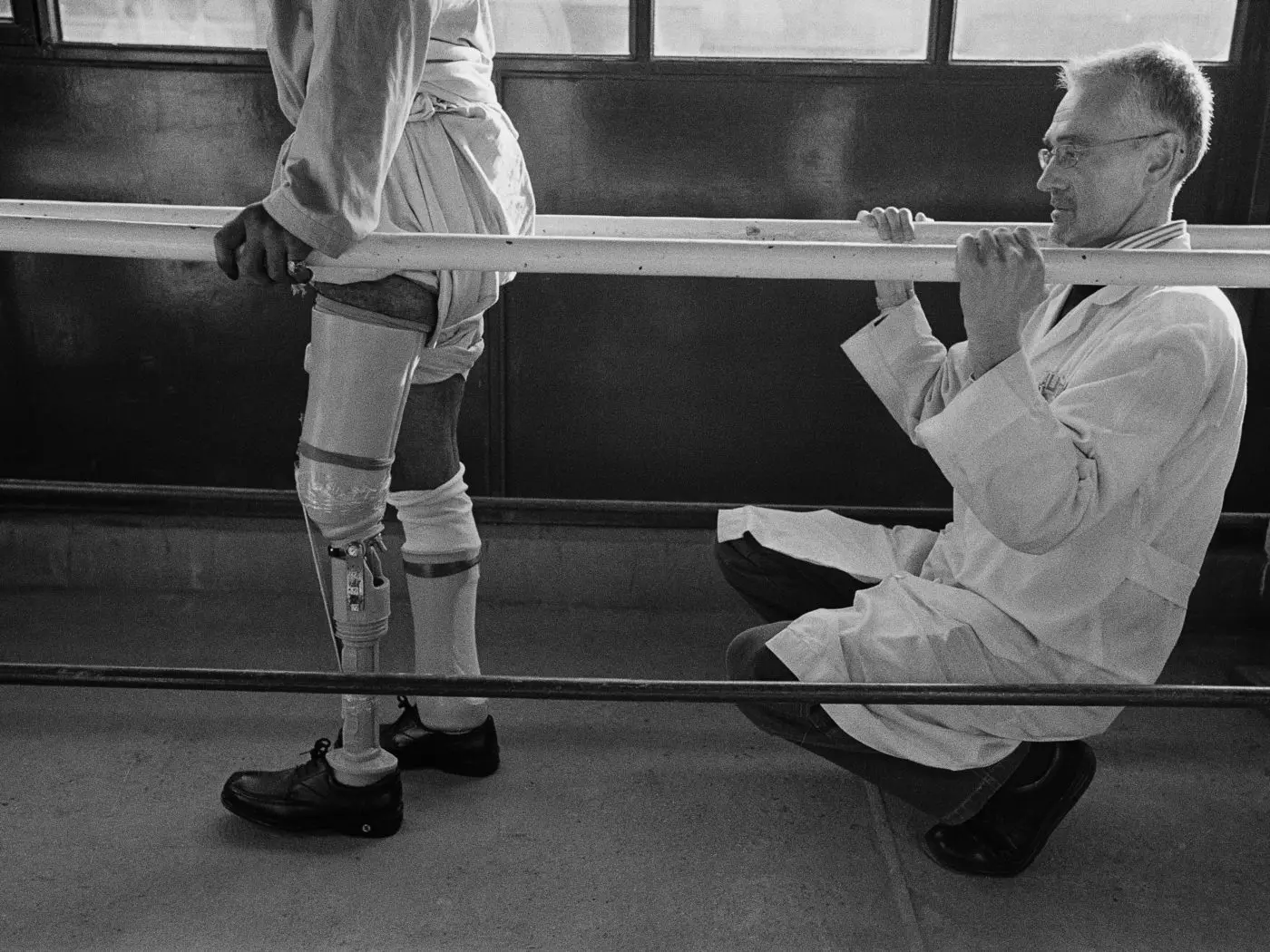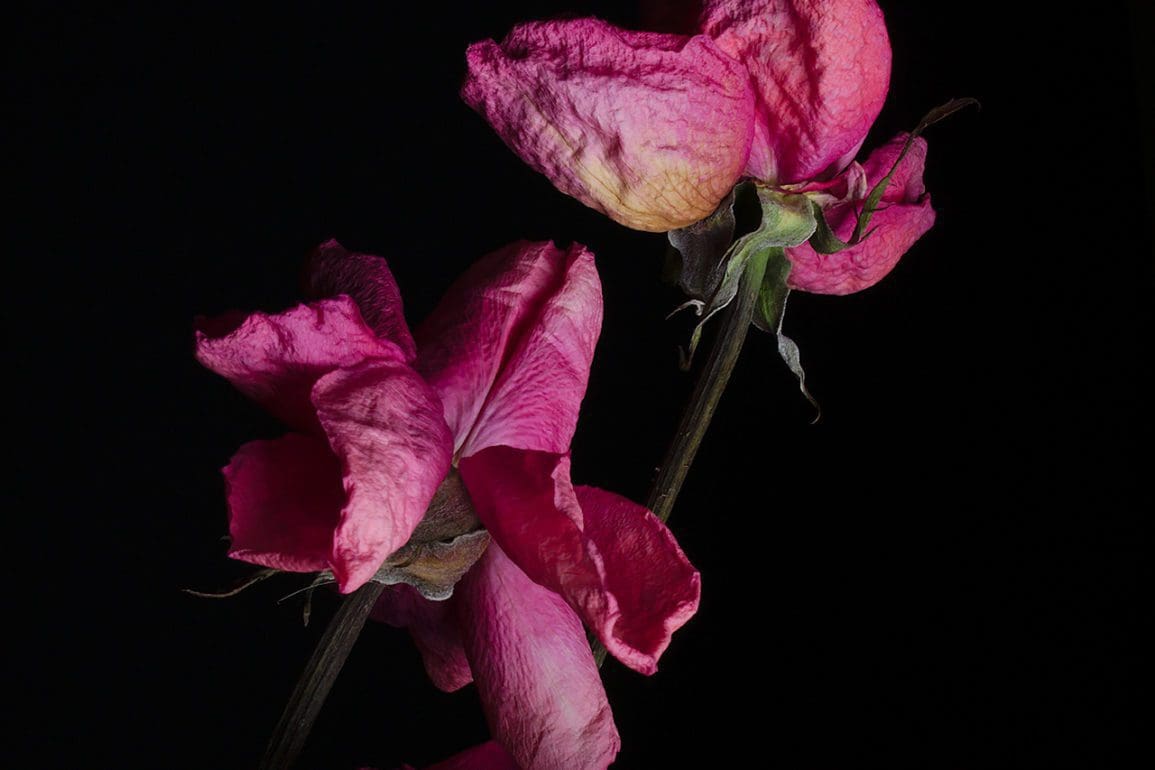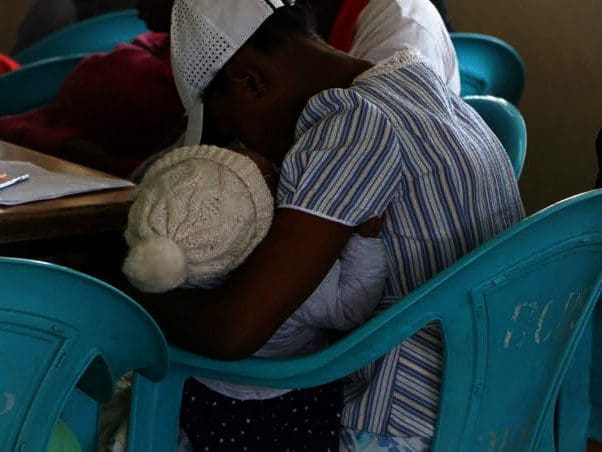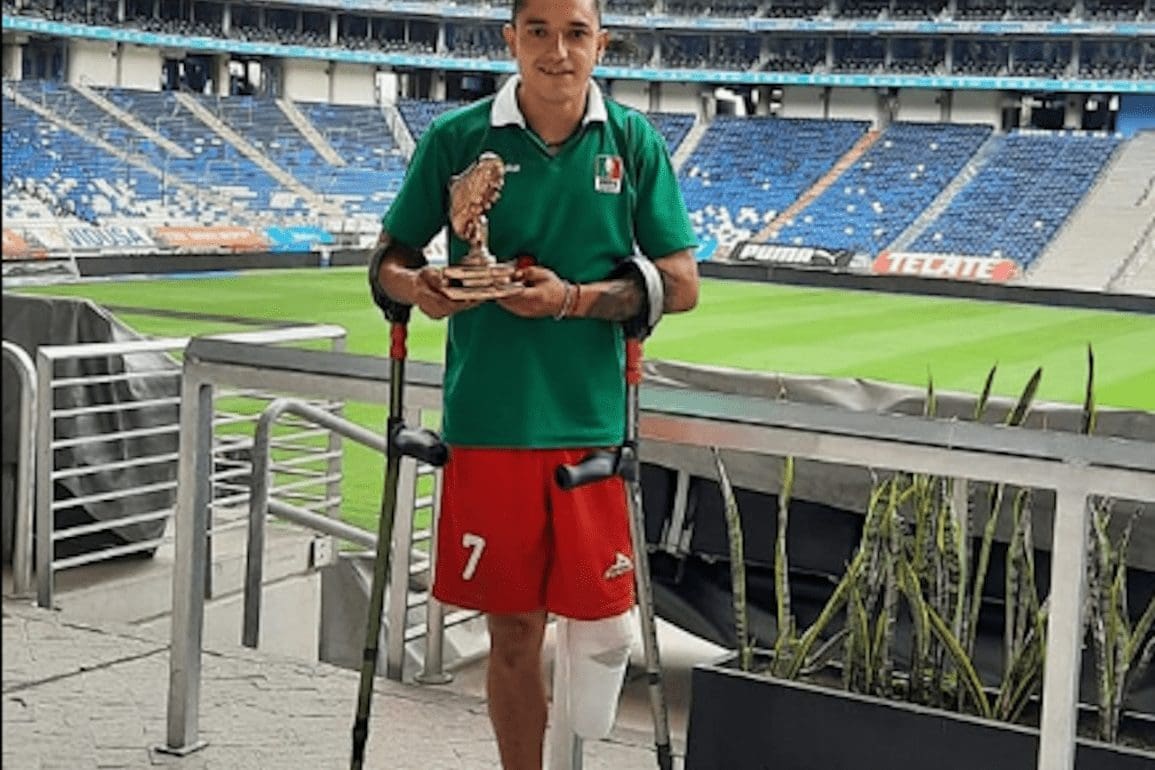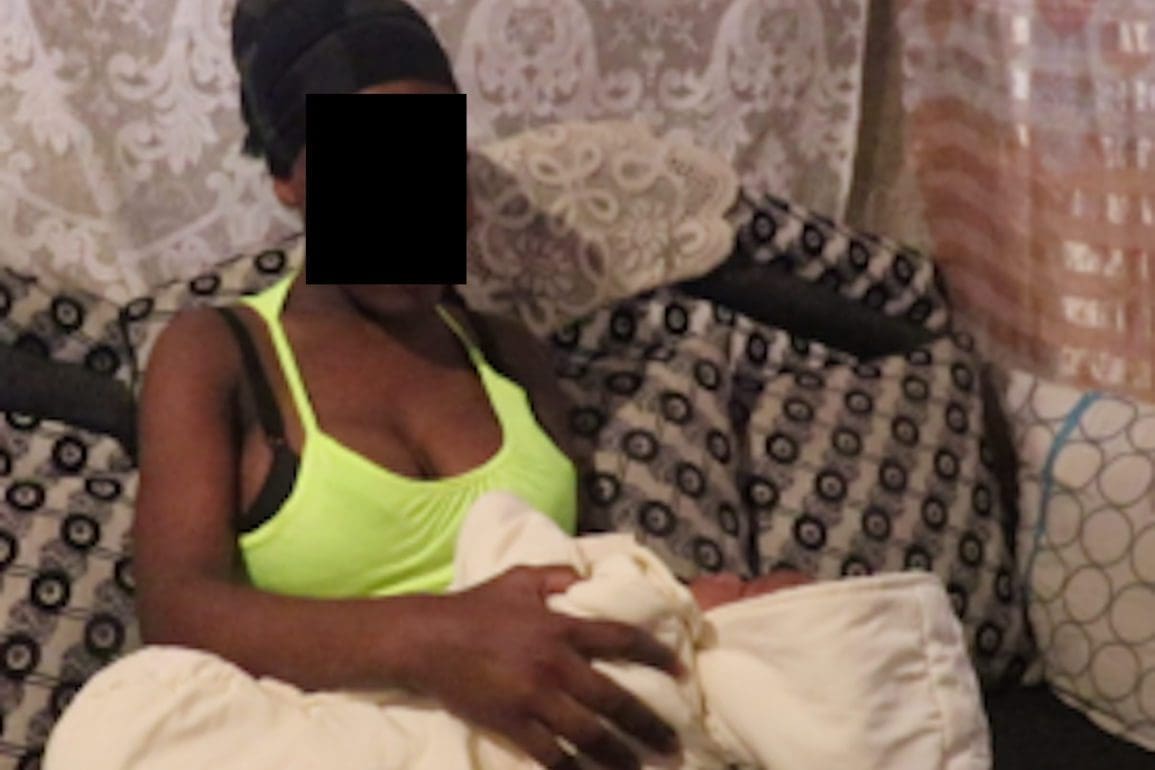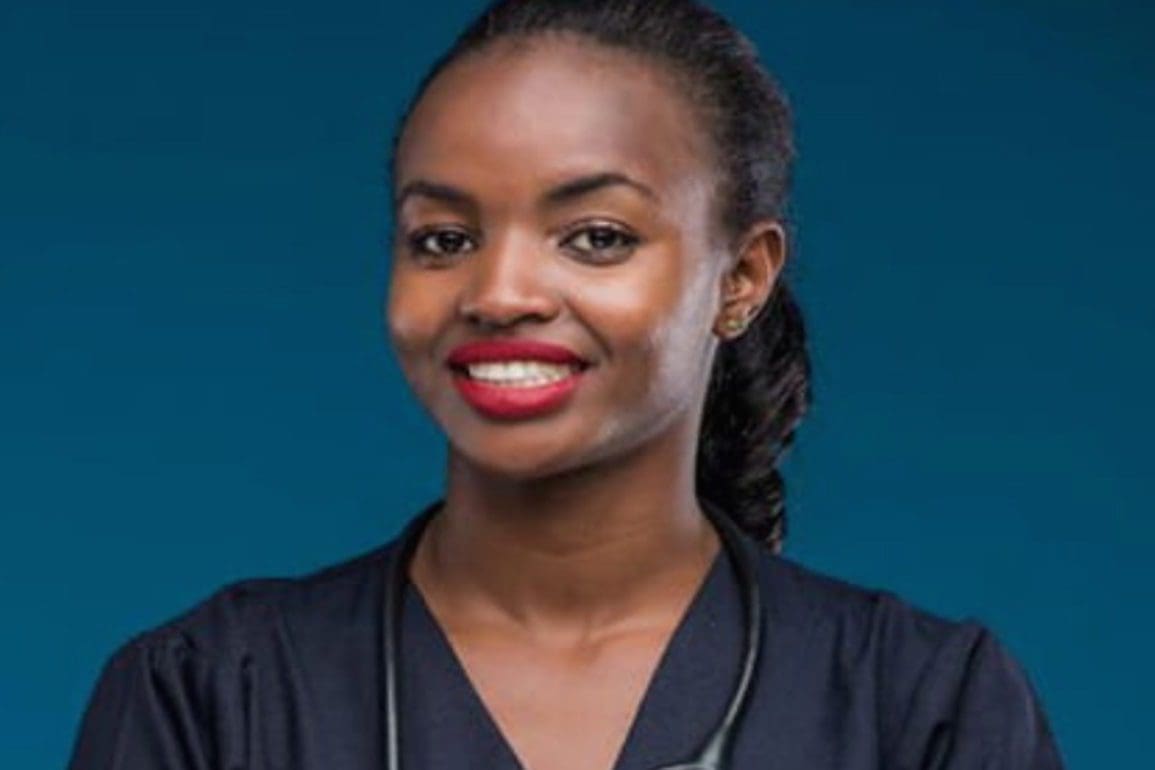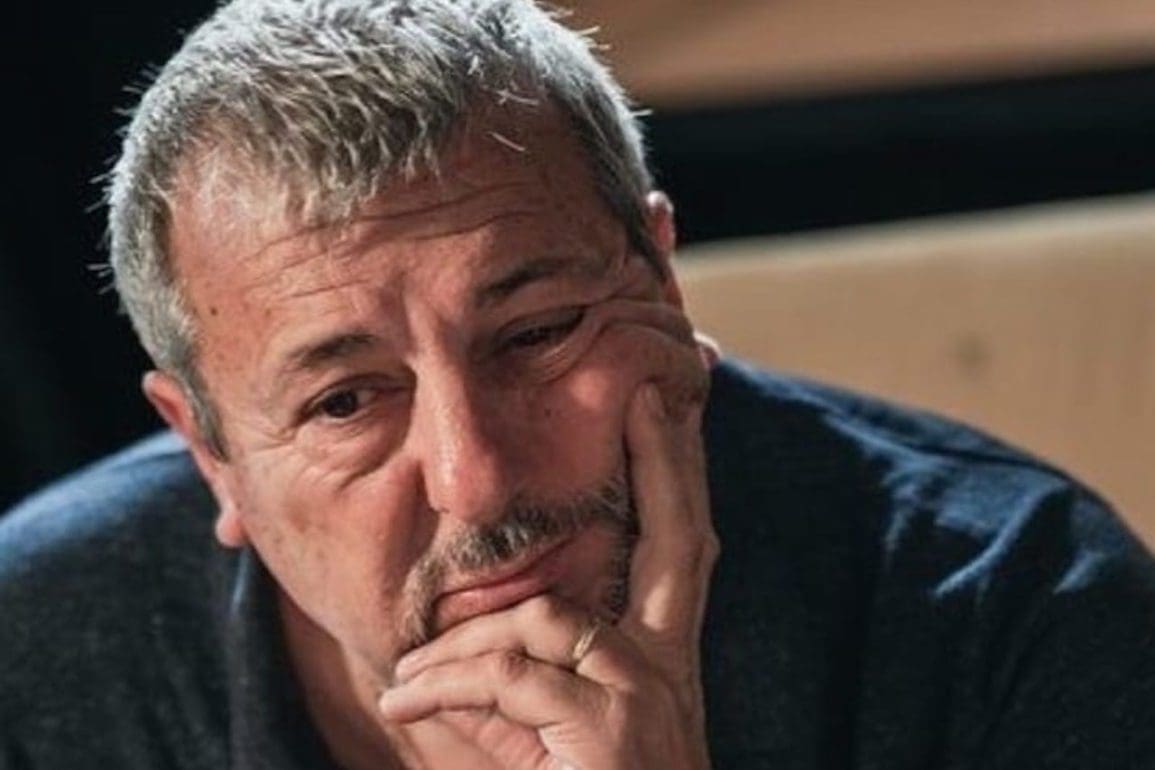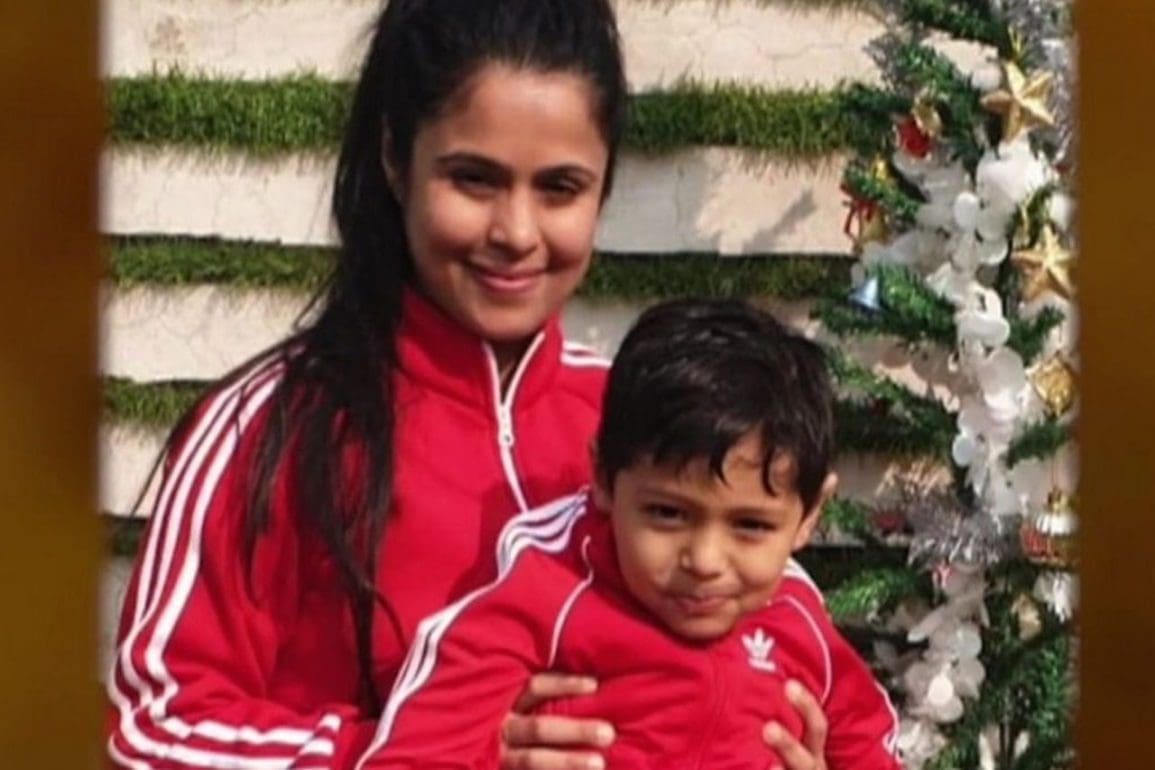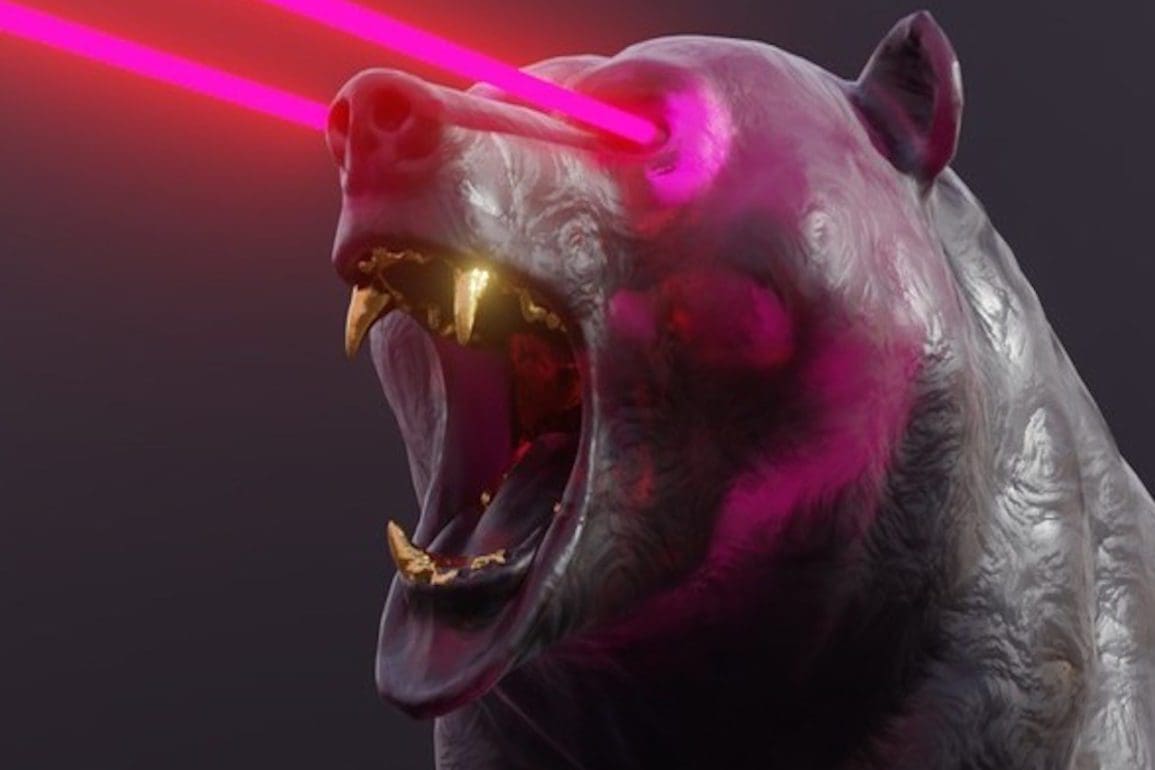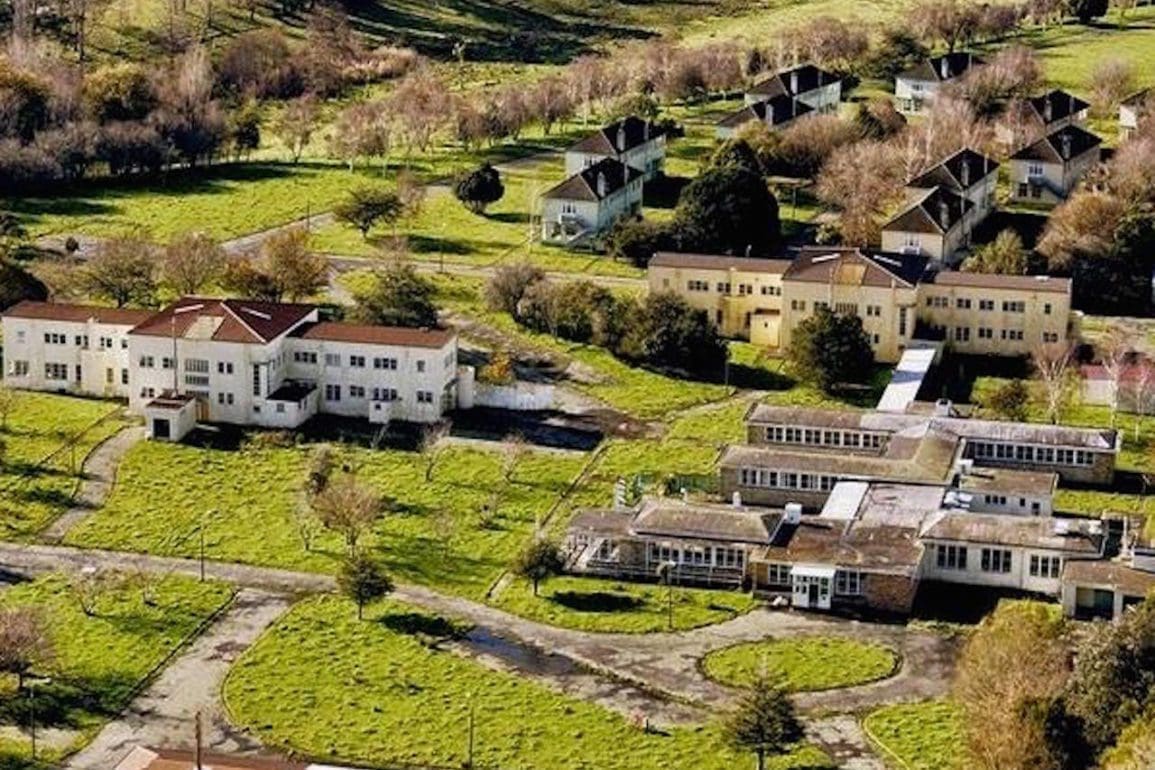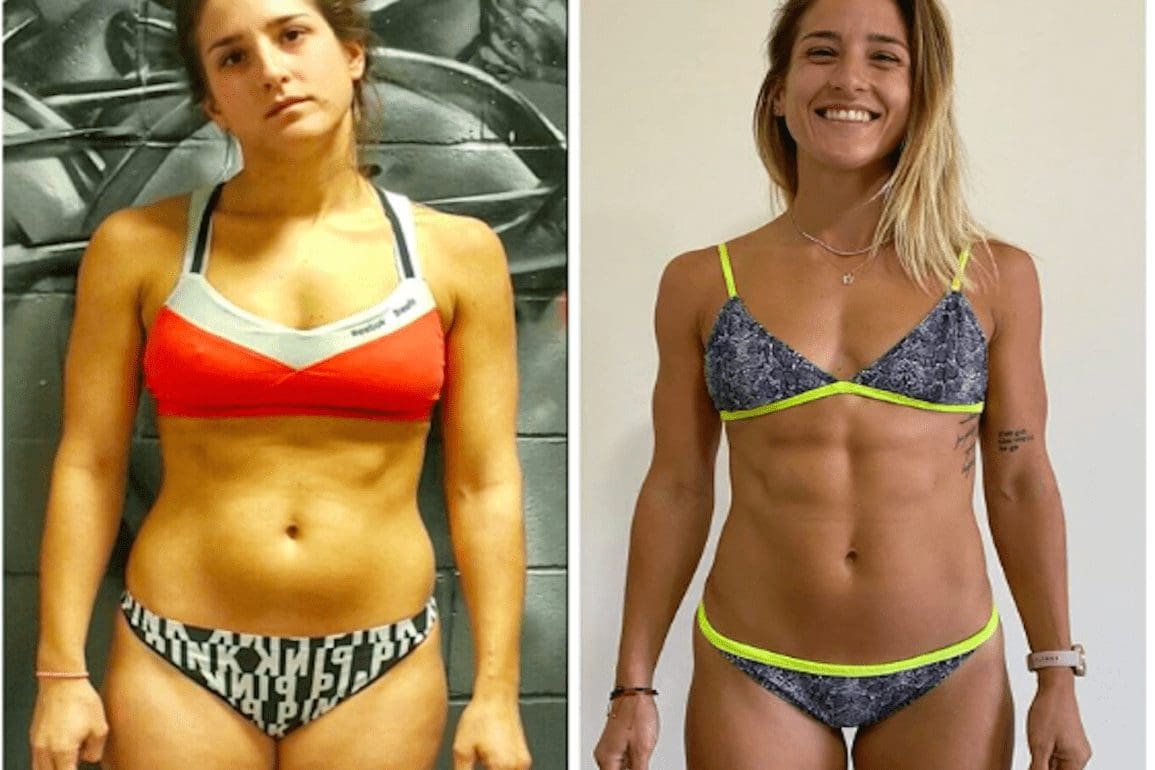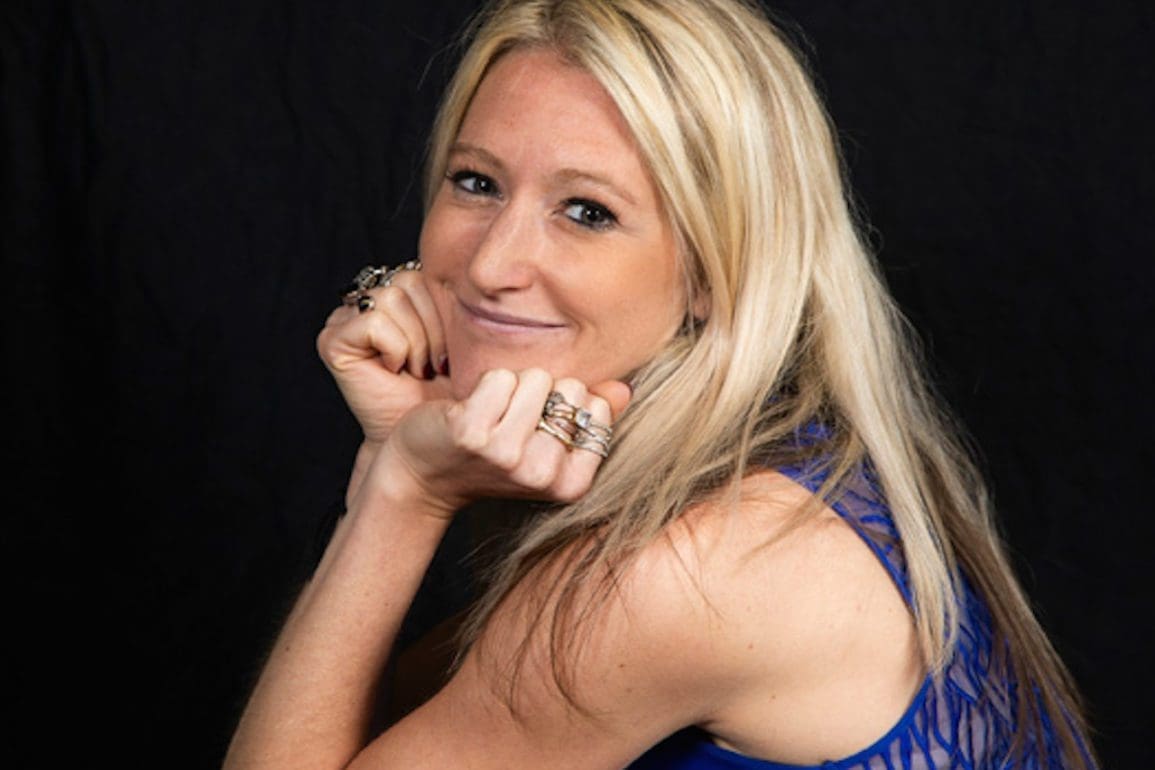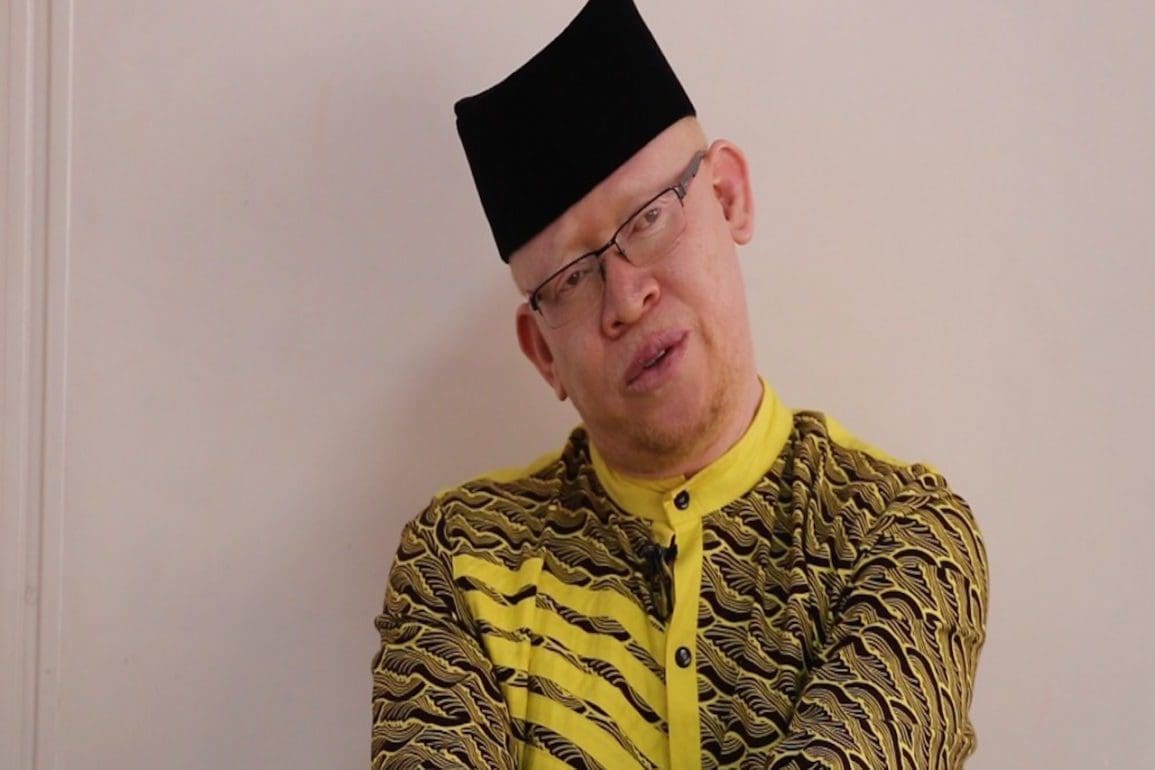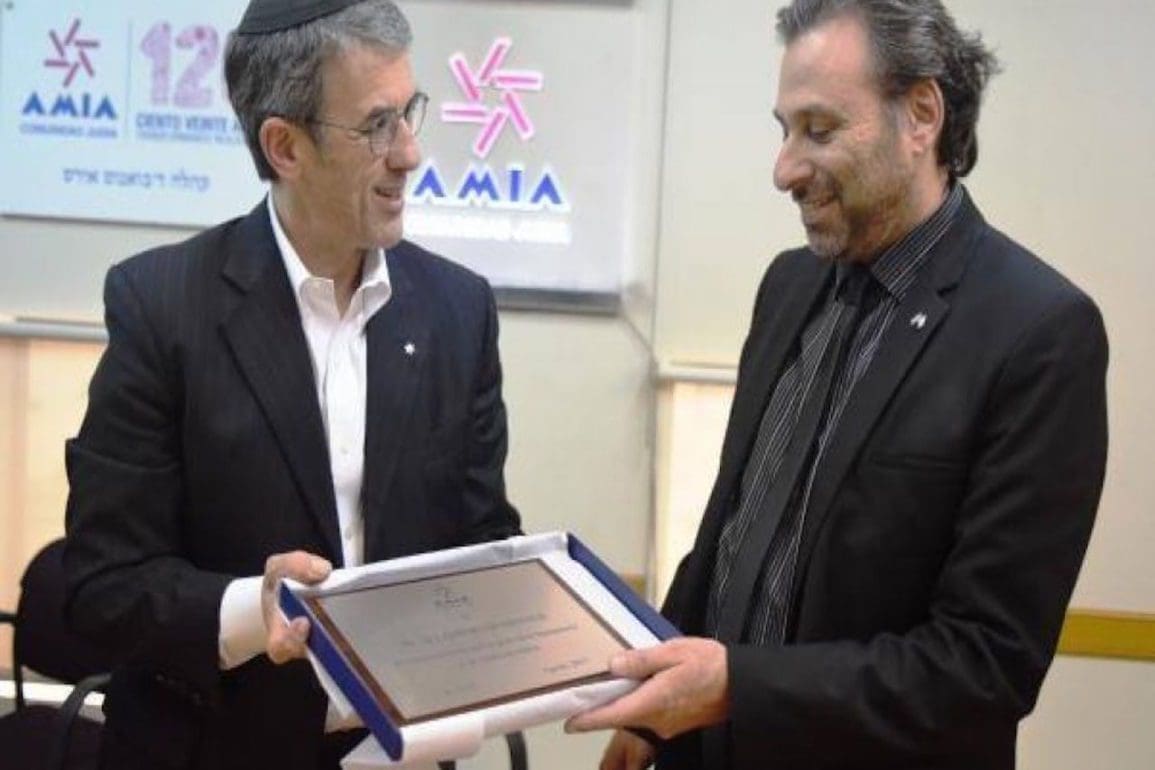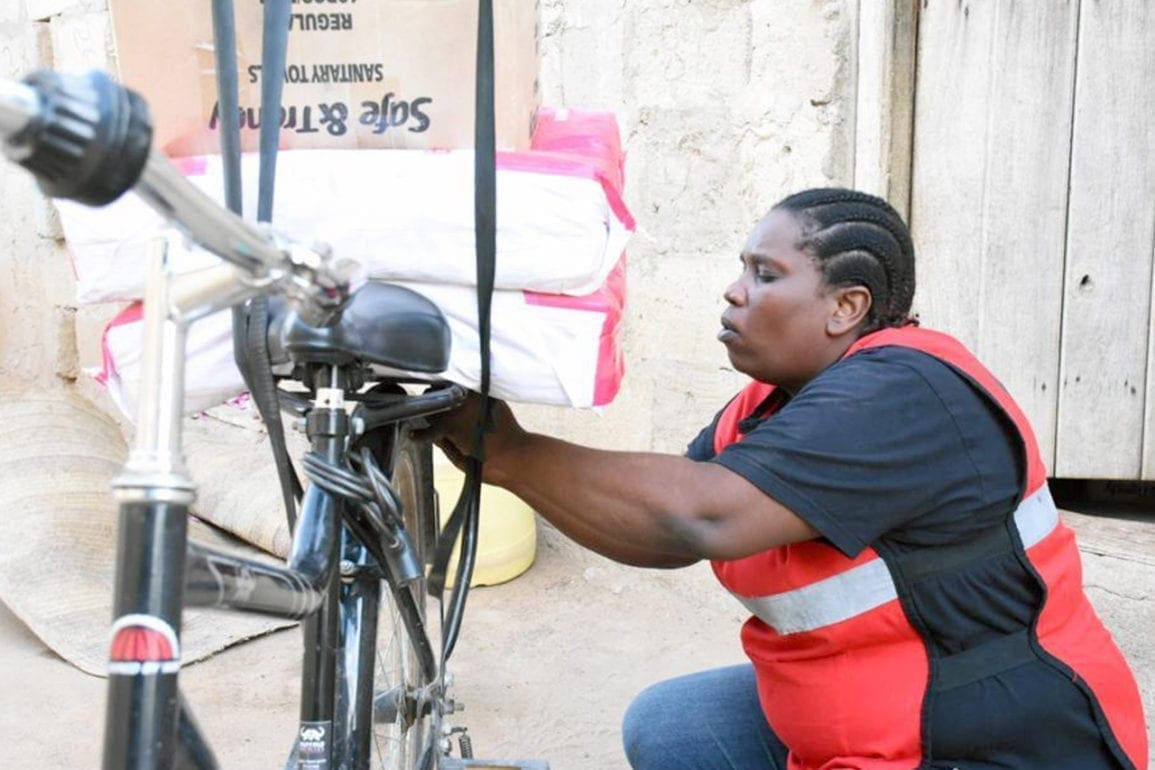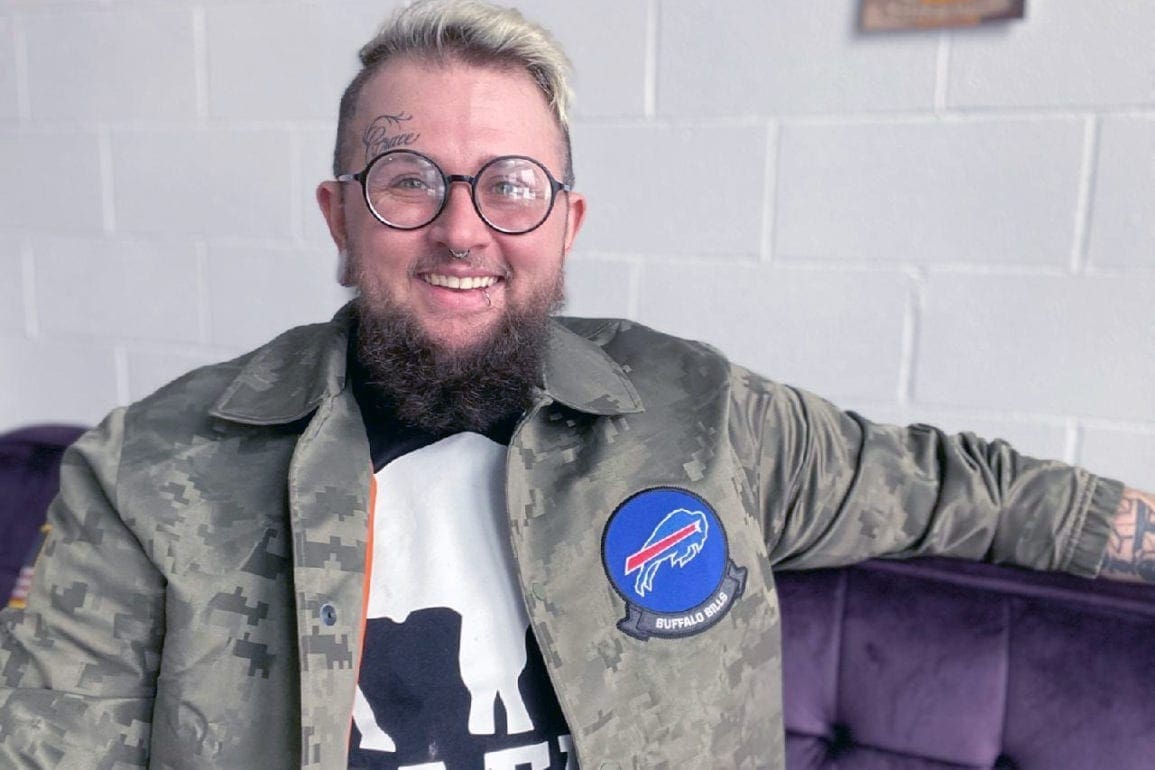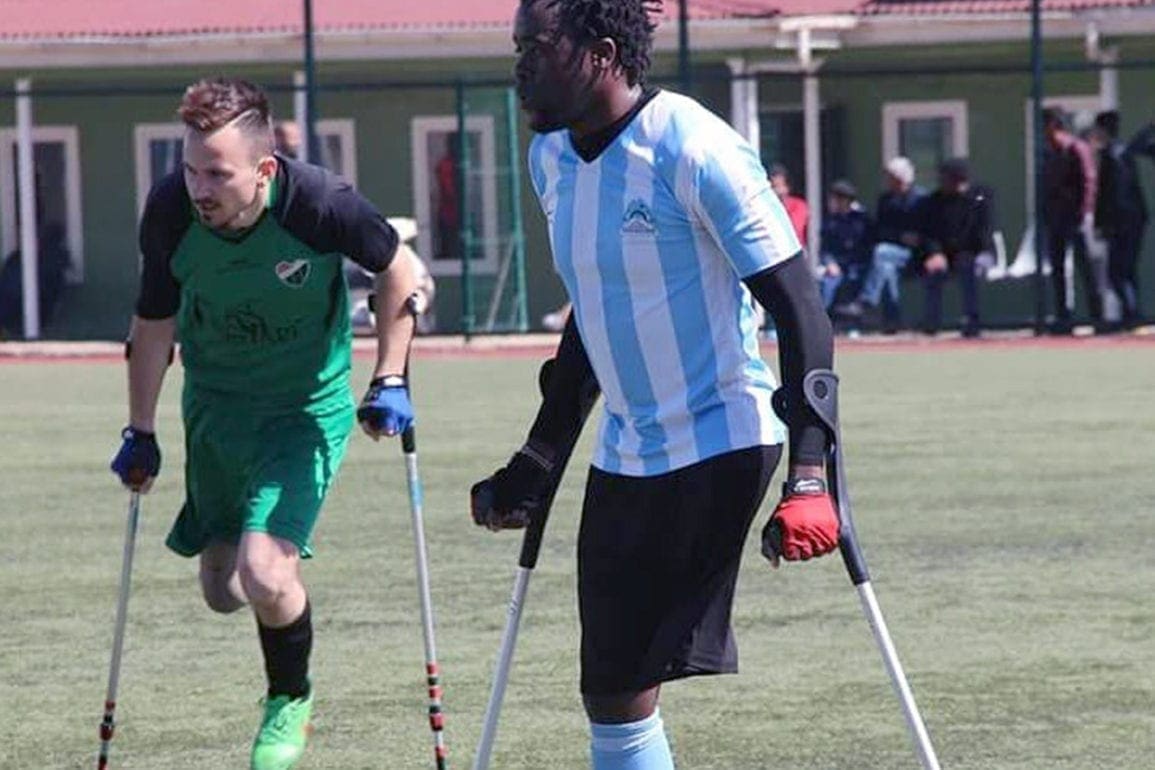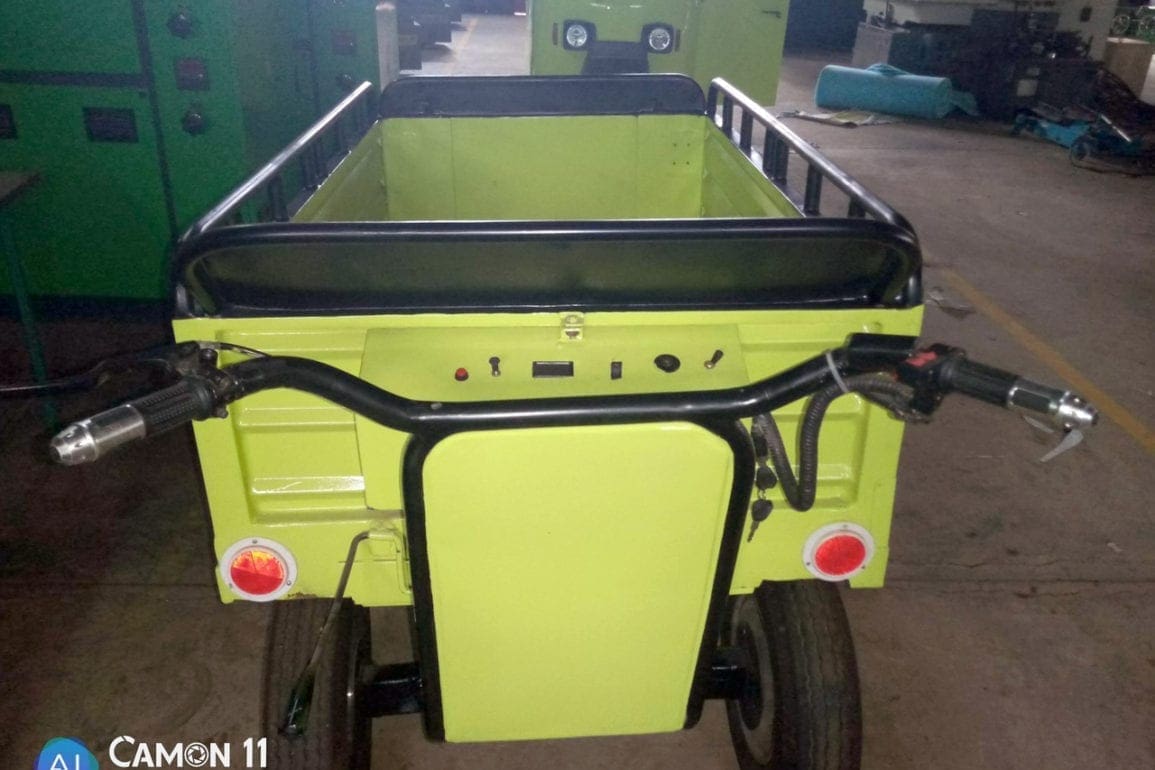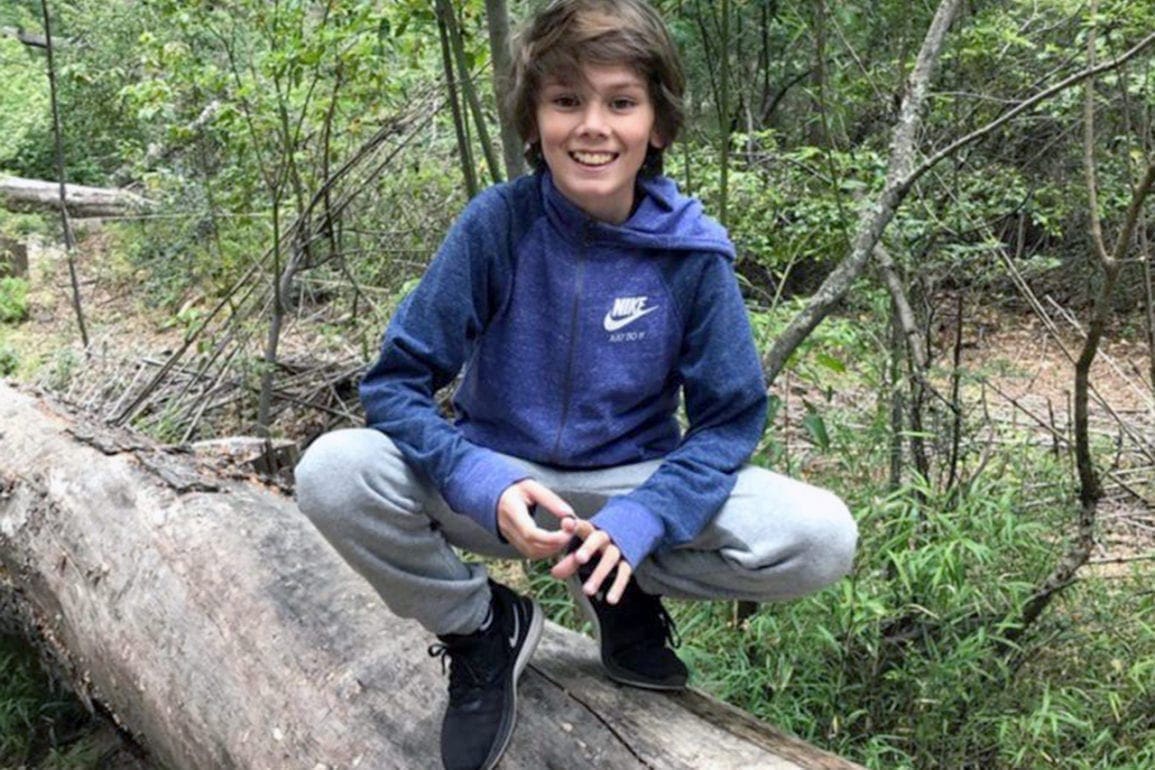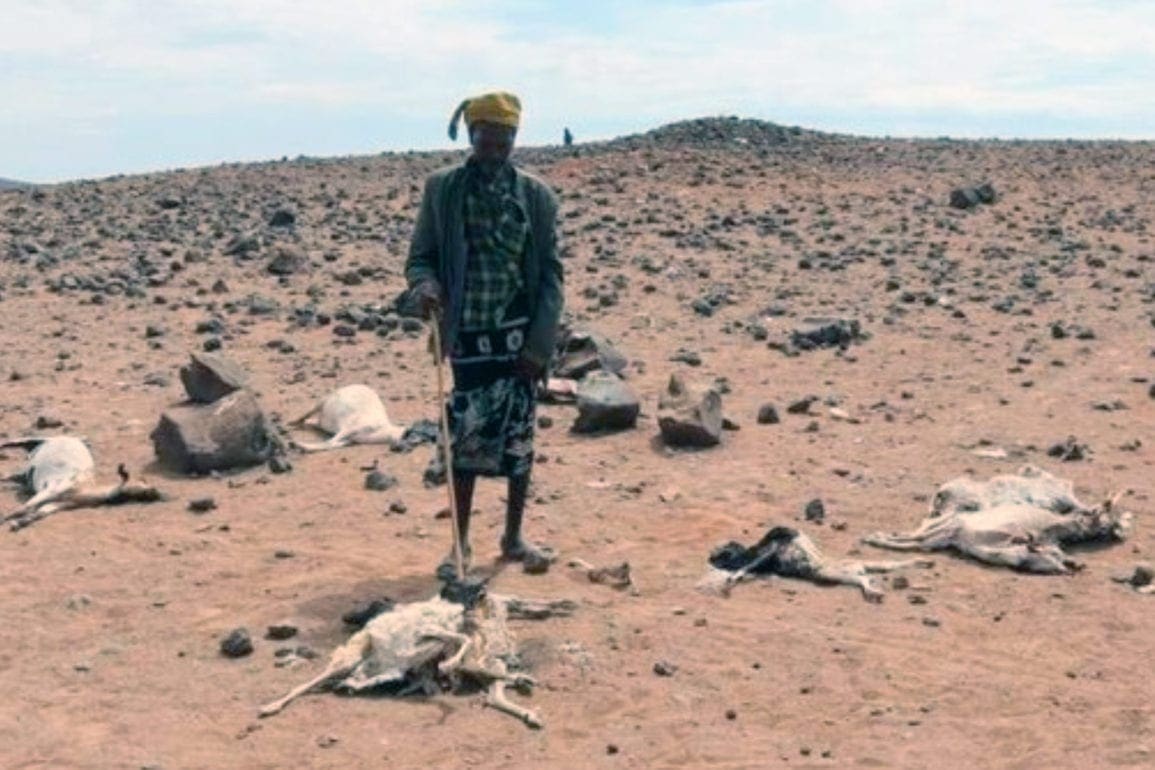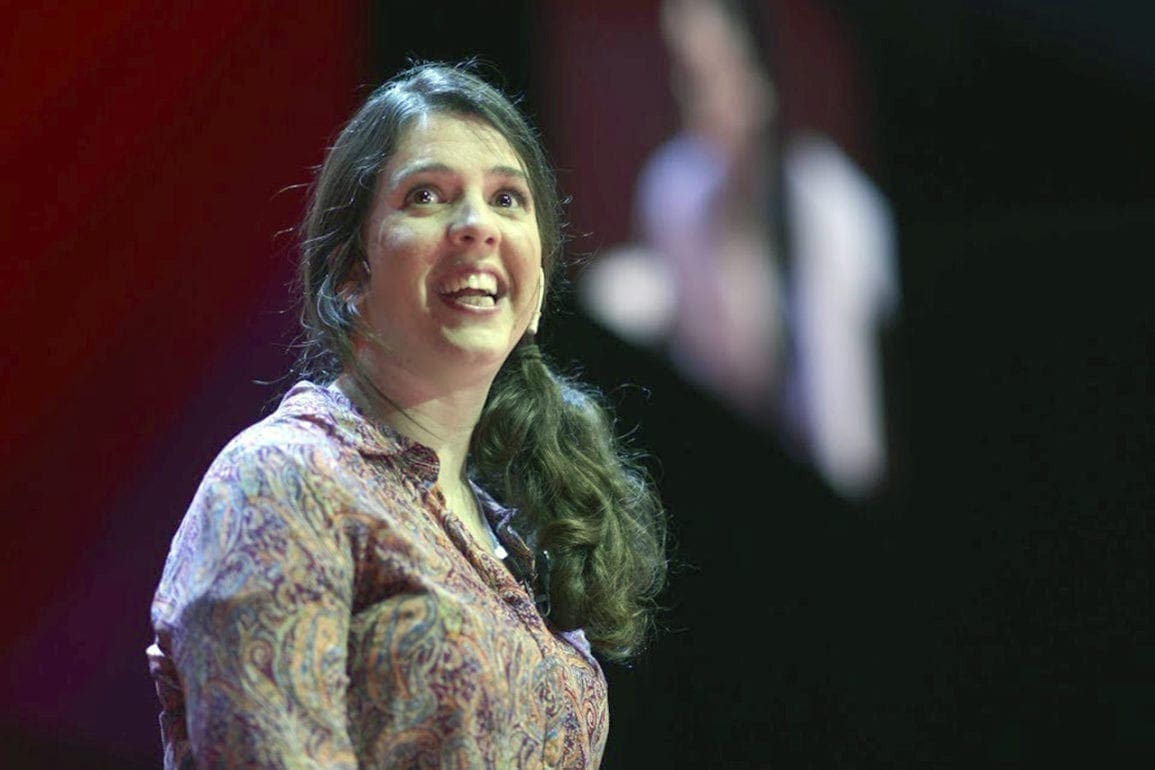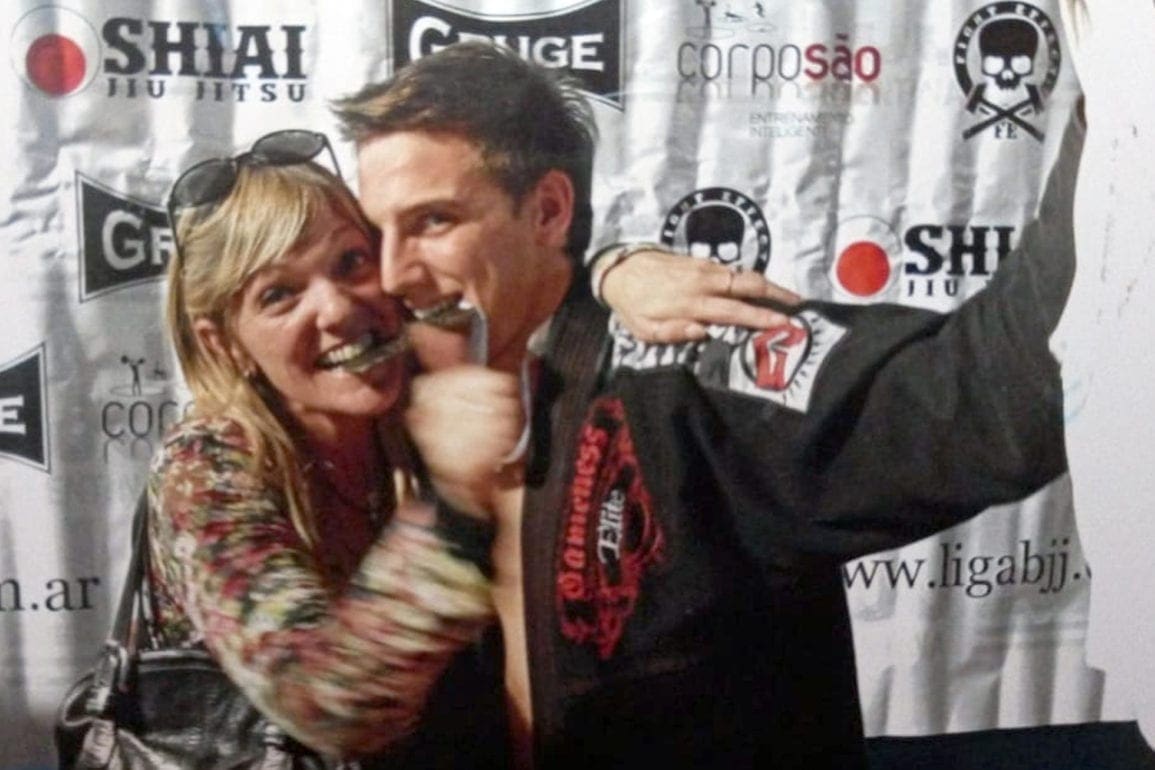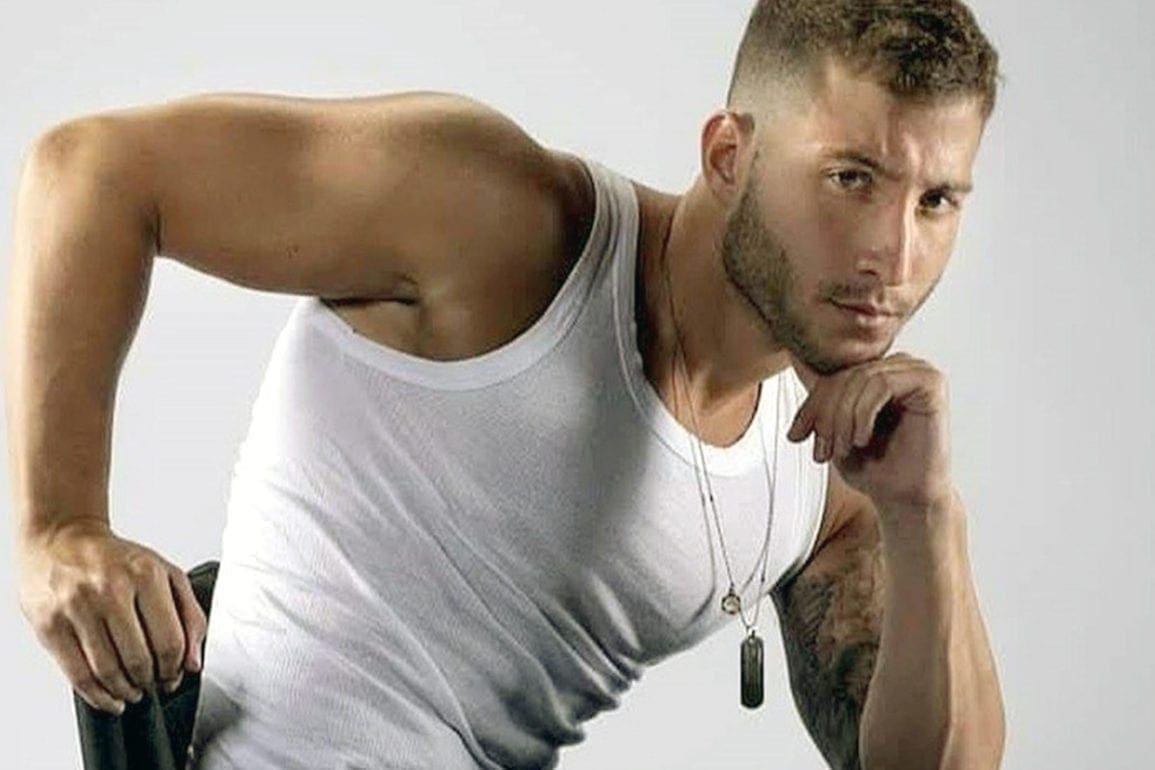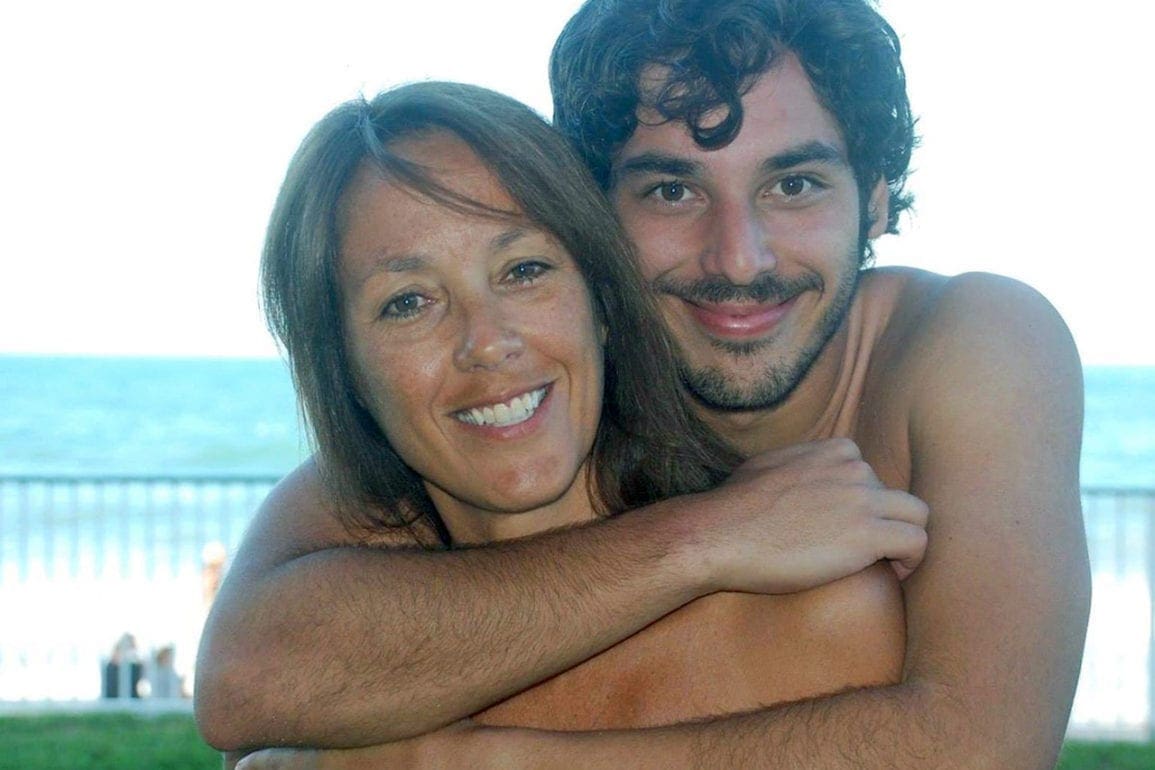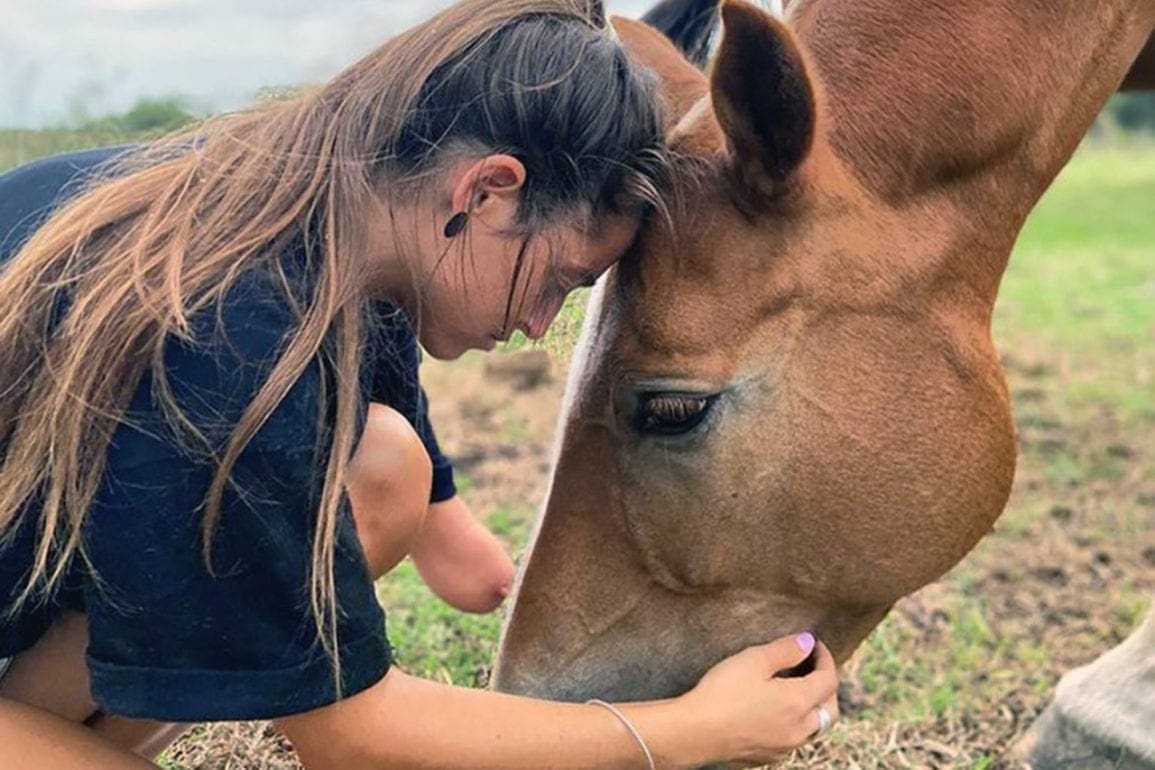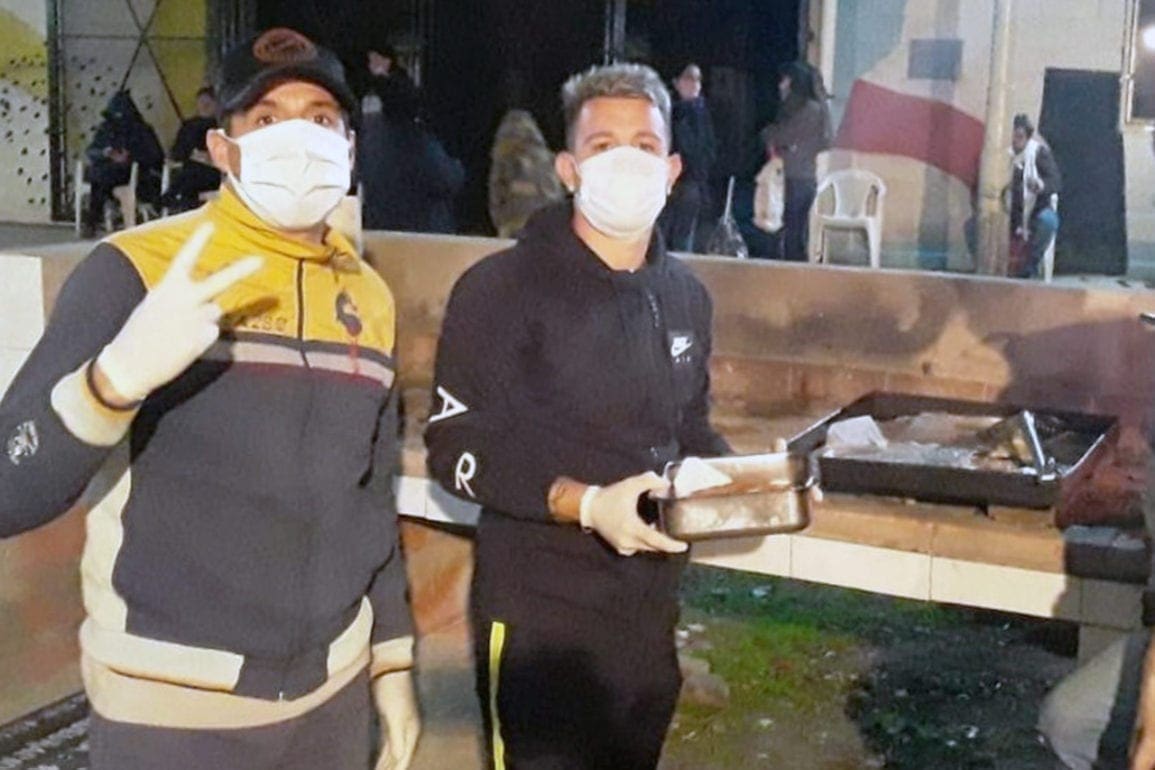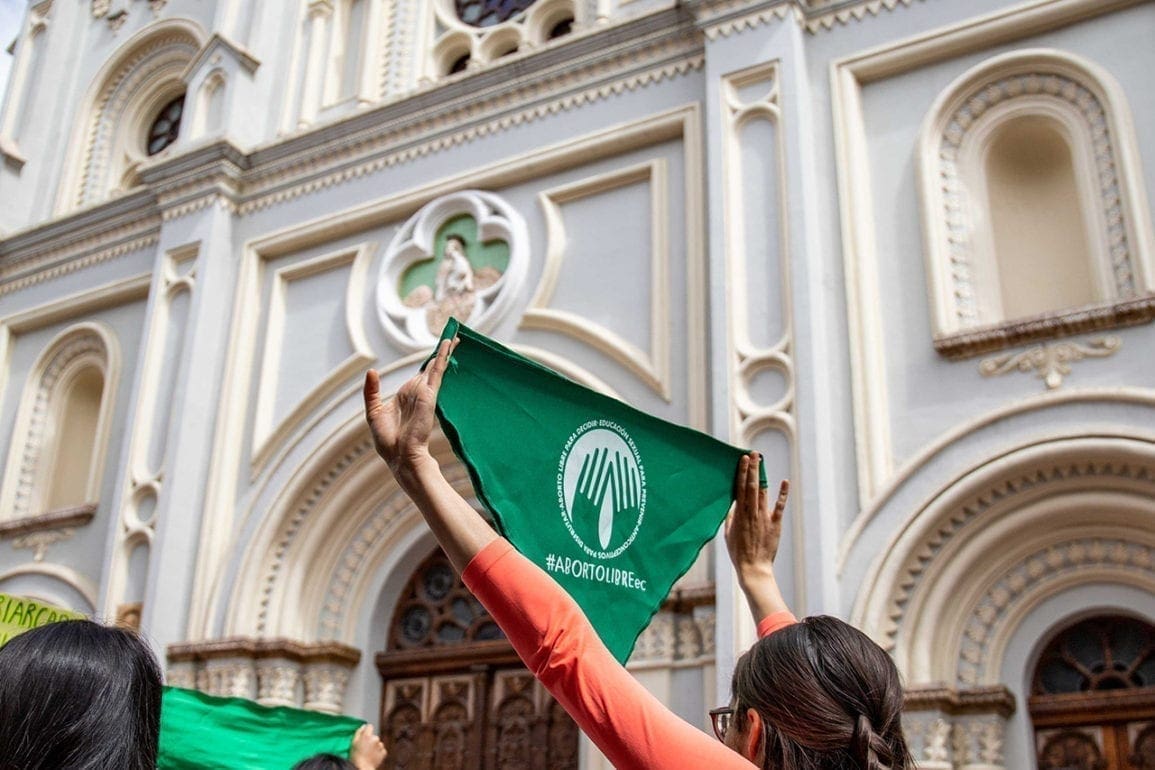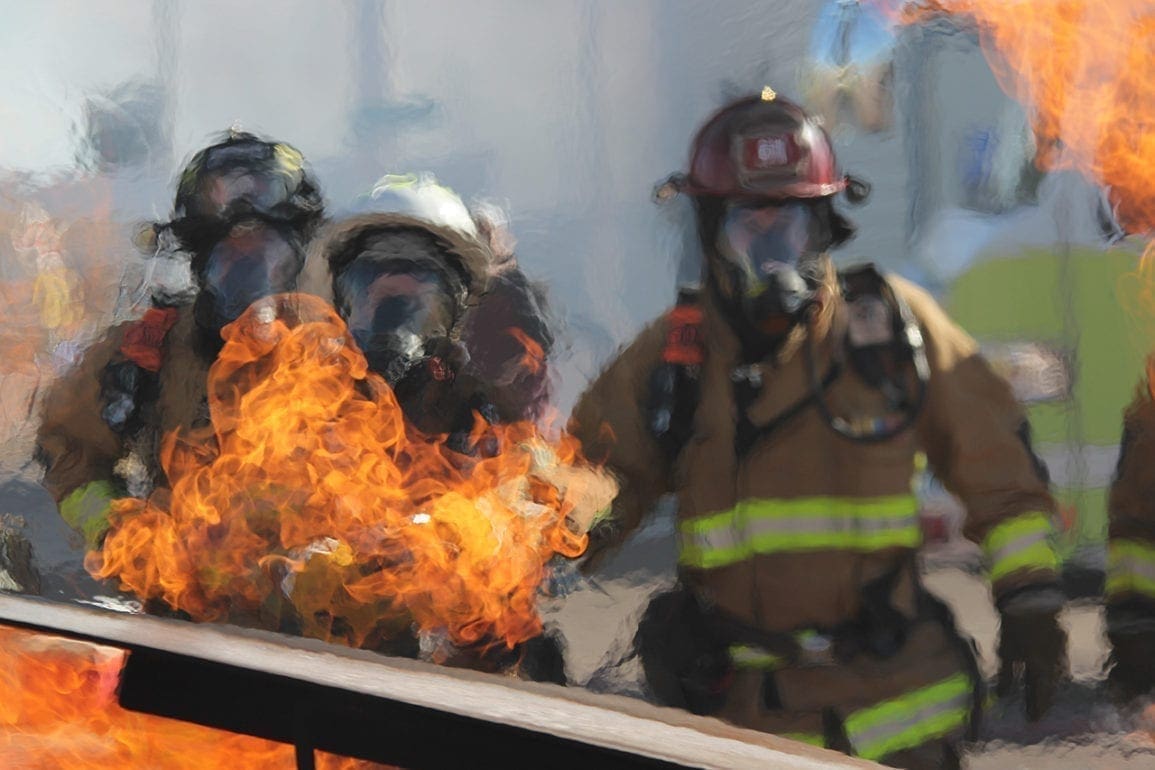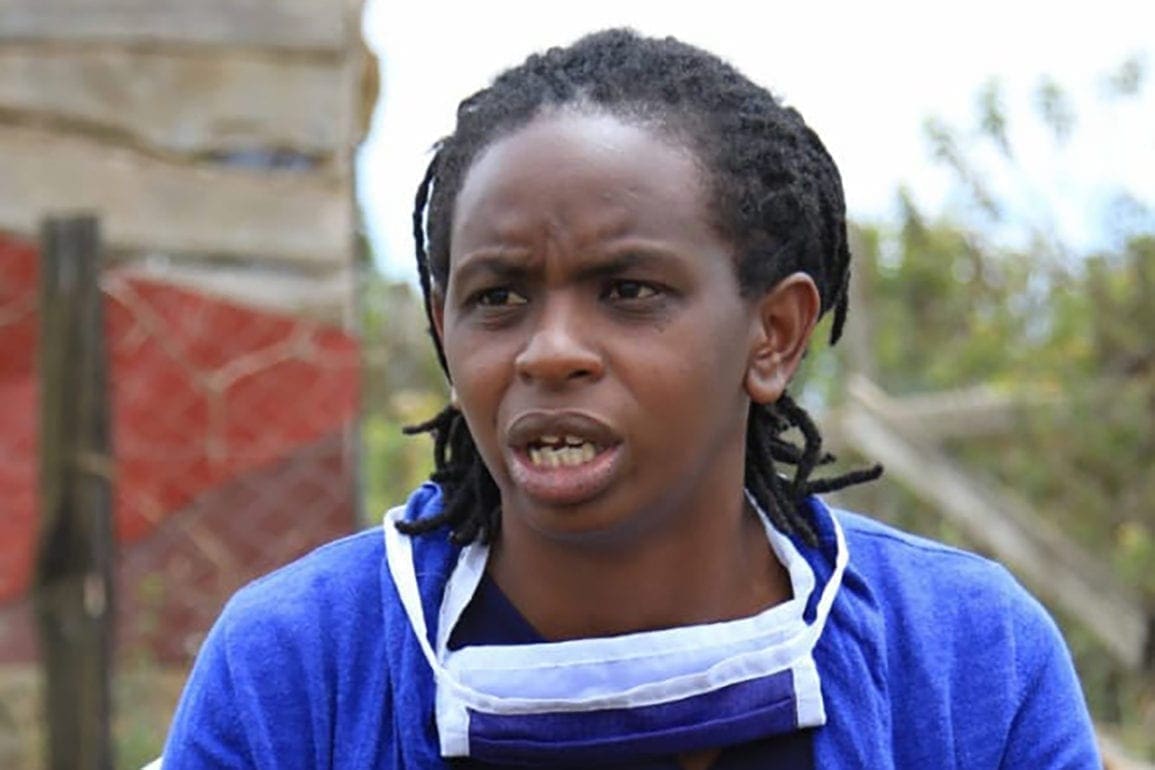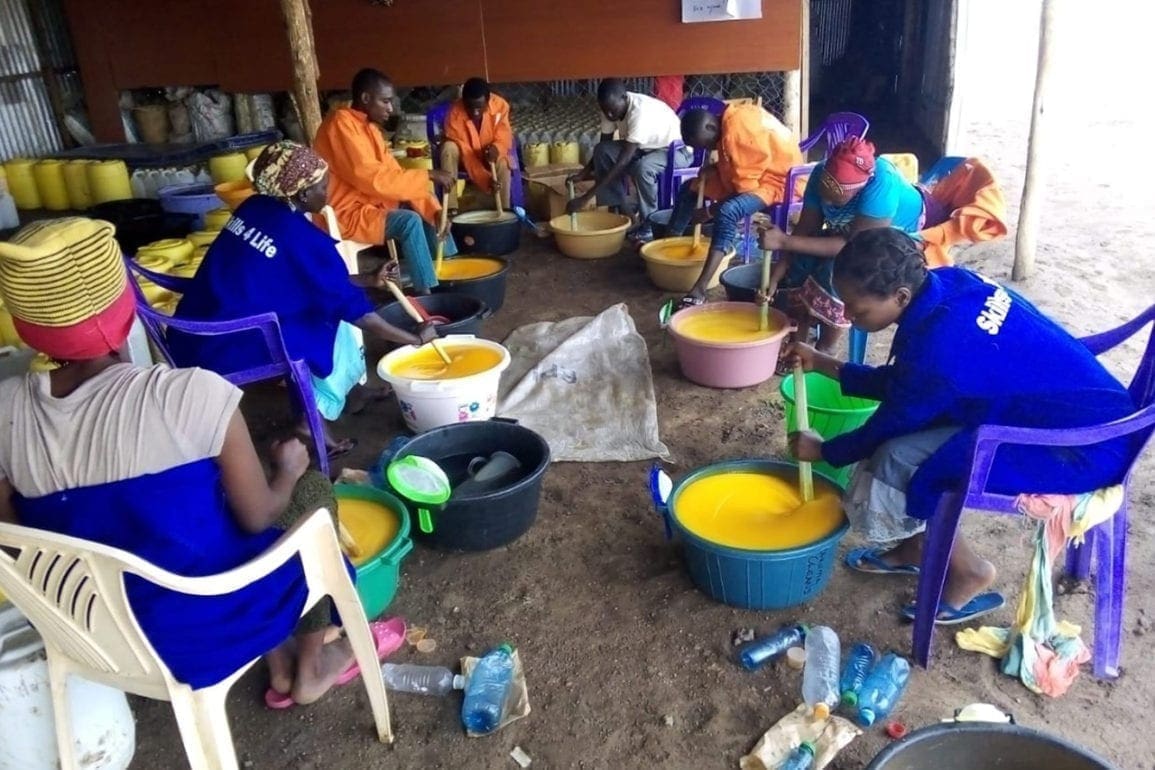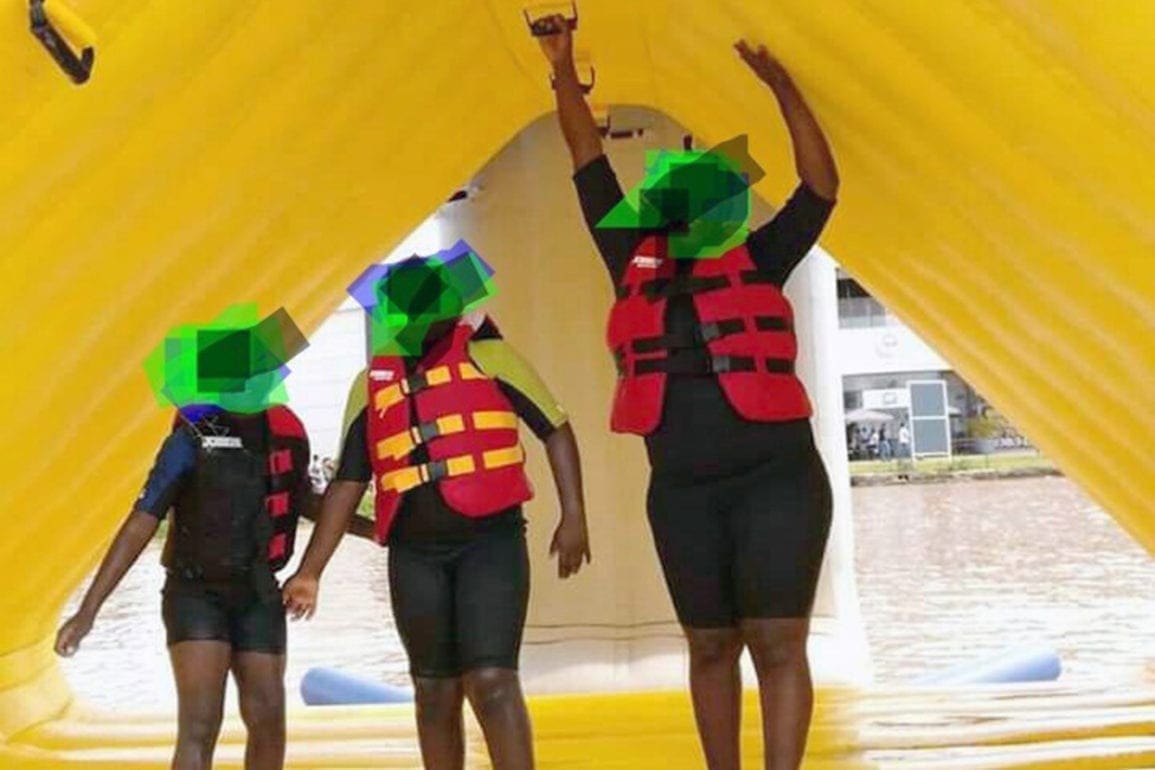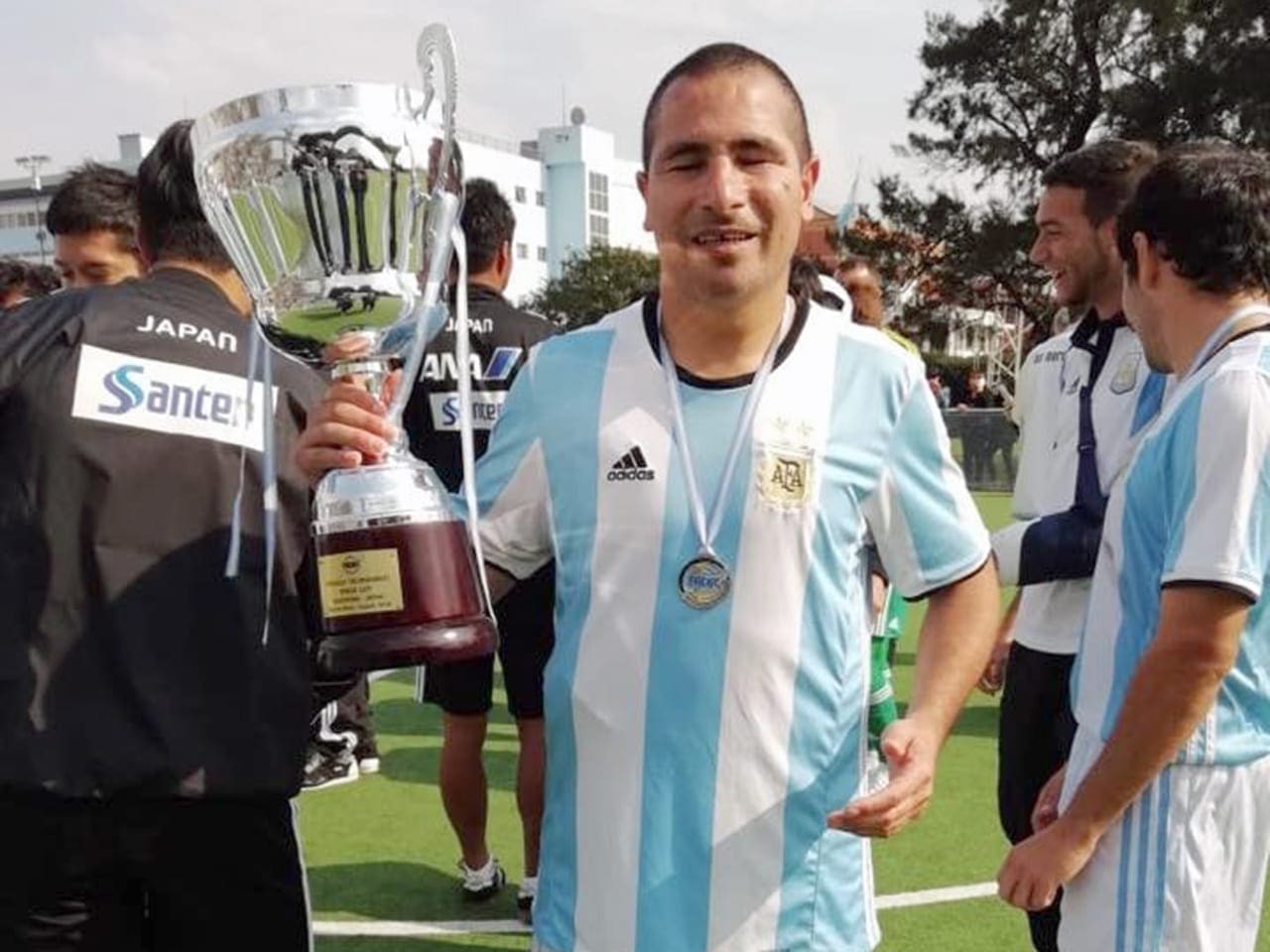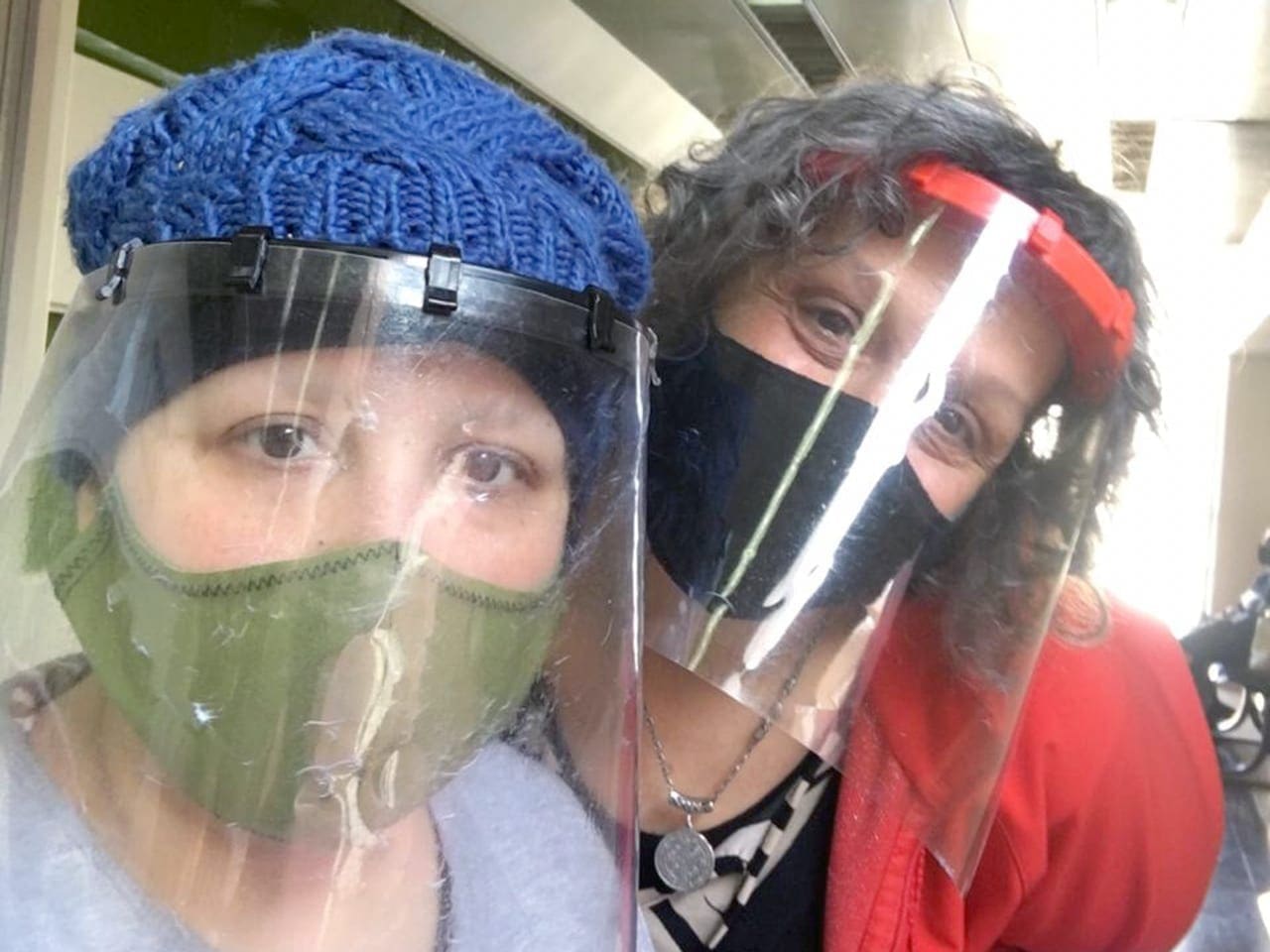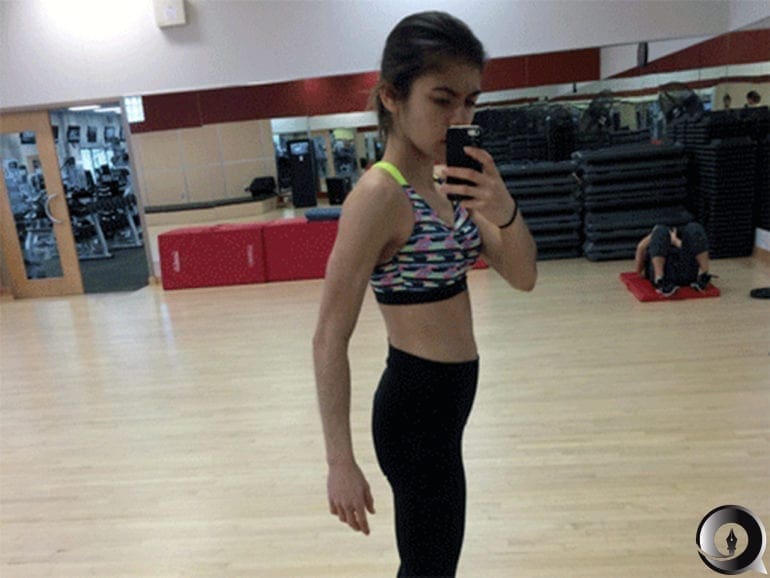“As a 44-year-old, I have never walked barefoot in the grass:” Man with EB has skin as delicate as butterfly wings
Any movement can cause layers of skin to rub together like sandpaper. Unlike most people who, if they bump into something they develop a bruise, my skin just falls off as if nothing holds it to me. If I fell going up a flight of stairs too fast and lost control, my skin would fall off and likely never heal again. Other challenges I face include sunlight, strong handshakes, and the shoes or clothes I wear.
- 1 year ago
September 18, 2024
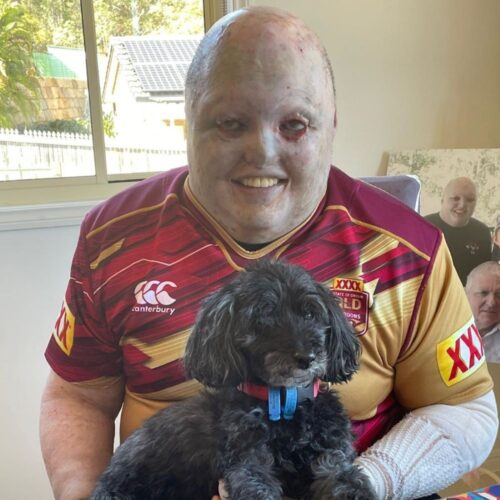
SYDNEY, Australia ꟷ At a year old, doctors diagnosed me with a rare genetic disorder called Epidermolysis Bullosa (EB). Many people refer to us as “butterfly children.” My delicate and fragile skin resembles tissue or butterfly wings. Simple friction causes blisters, tears, and persistent wounds.
EB is excruciatingly painful and debilitating. In many cases, patients die before the age of 30. Upon my diagnosis, doctors predicted I would live no more than five years. Today, at the age of 44, I overcame many challenges, becoming one of the oldest living people with the most severe form of this disease.
Read more health stories from around the globe at Orato World Media.
Young patient’s life expectancy with EB changes from week to week
Just over a year passed after my birth before my parents received a proper diagnosis of Epidermolysis Bullosa. The moment doctors issued the diagnosis, they gave me little chance of surviving. My skin condition proved so severe, and the trauma to my body so great, they suggested I would not live beyond my fifth birthday. I spent those early years in and out of hospitals.
As a child, I faced experimental surgeries and blood transfusions every six weeks just to survive. The struggle to stay alive left me listless, without enough energy to attend school. My parents could barely lift me, as the pressure on my armpits hurt too much. Instead, they bent over, and I climbed on them.
Growing up in the small, rural town of Kingaroy in Queensland, Australia, we knew nothing about the disease, and very few survived. My life expectancy changed week to week until I reached 16 or 17 years old. Then, it began to extend month to month. Sequestered to my home, it felt like a big change when I finally finished my long-distance studies.
For the first time in my life, I took on a conventional job at a local country radio station. Working there, alongside other people, I discovered for the first time that everyone carries their own problems in life. I came to understand that just as my burden felt huge and important to me, everyone carried a burden of their own.
That realization allowed me to feel like a valued member of a community. The struggles I dealt with daily began to fade away and I allowed myself to discover my passions. I focused on the good things instead of sitting around, watching others do what I could not.
Man’s skin lacks the proteins that hold it together: “My skin just falls off as if nothing holds it to me”
As a 44-year-old, I have never walked barefoot in the grass. One small piece acts like a razor blade, cutting my tissue-like skin. The slightest pressure causes my skin to split and tear. As a child, I had no solid skin on my face at all. The outline of the scar remains visible to this day. Through trial and error, experimental procedures allowed me to heal.
In time, I learned to make my own bandages and care for my skin, to be as healthy and strong as possible. Managing my daily pain, I tend to my wounds, thinking only of my will to survive. For many infants with EB, childbirth proves a grueling process, causing them serious injuries followed by infections. I became one of the only known cases not to experience these symptoms at birth. Yet, once my skin began to deteriorate, it spread quickly and aggressively.
My legs and feet became the most affected. Walking with the fear of stepping on a stone felt like a monumental task. Imagine slices of bread stacked up on top of one another. My skin lacks the proteins to hold it together. Now imagine how easy it would be to remove a piece of bread from the center of the pile. Like the bread, nothing holds my skin together; it has no adhesion.
Any movement can cause layers of skin to rub together like sandpaper. Unlike most people who, if they bump into something they develop a bruise, my skin just falls off as if nothing holds it to me. If I fell going up a flight of stairs too fast and lost control, my skin would fall off and likely never heal again. Other challenges I face include sunlight, strong handshakes, and the shoes or clothes I wear.
Developing a daily routine: tending to her skin is a full-time job
Each day, my alarm sounds at 3:30 a.m., about five hours earlier than anyone else. During those hours, I check every inch of my skin. With a scalpel or a needle in hand, I cut out any blisters and address problems popping up. I think about what I want to do for the day, and make sure my skin is in the proper condition to do it.
Most days, I make careful incisions, peeling layer by layer just deep enough to get to the affected area. I open it up and apply creams. Some creams are medicated while others are ointments which I make myself. I check the area to see if I need a bandage. If I do, I make sure to secure the bandage firmly in place, so no frictional movement occurs.
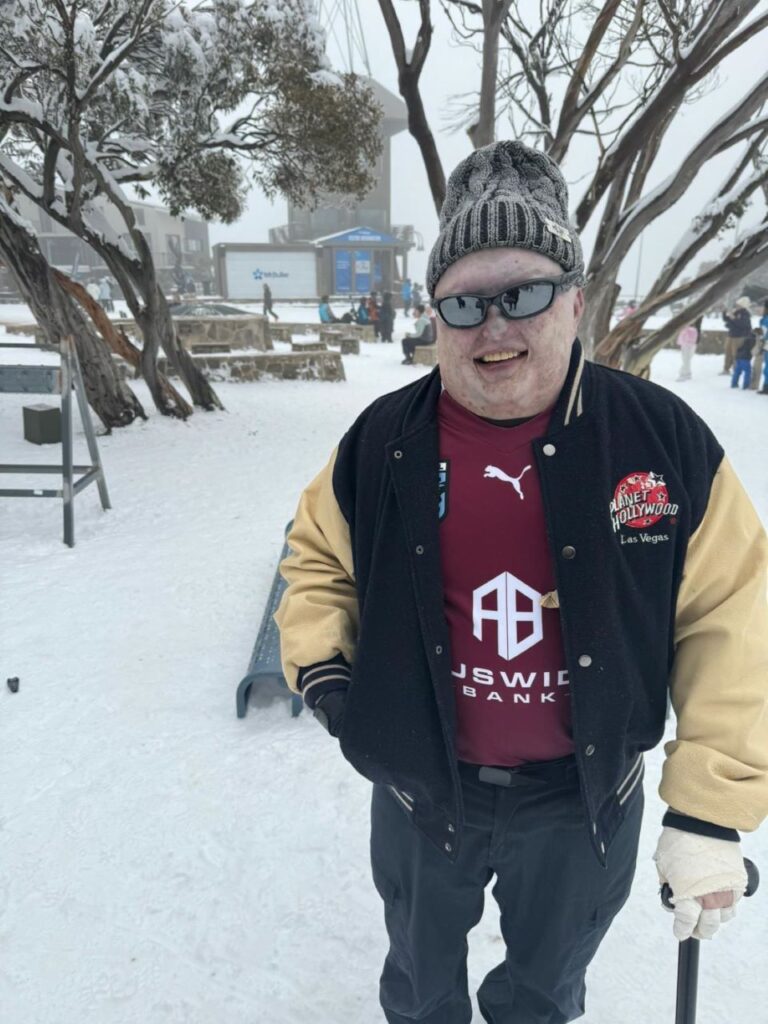
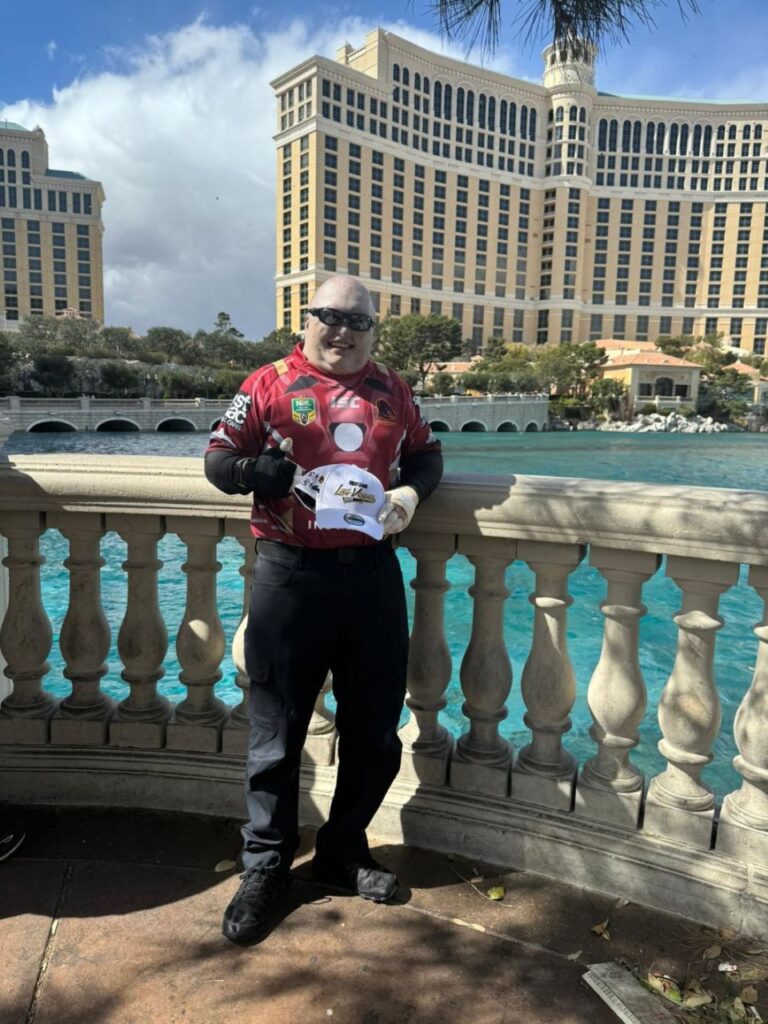
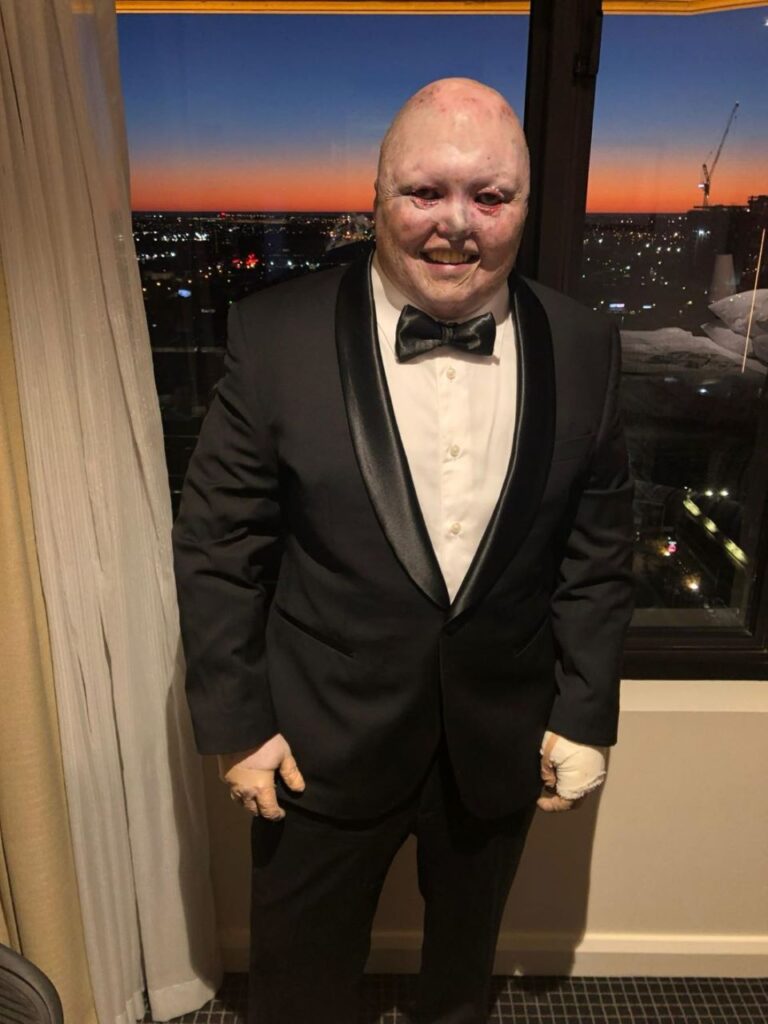
I also need to make sure not to adhere the bandage too tightly or it cuts through my skin like a knife through butter. Finding the perfect pressure feels like a daunting balancing act. Next, I moisturize my skin to make it soft and supple. Some areas, I need to dry out to make them a little rougher. It depends on what areas of my body are suffering.
Around 5:30 a.m., my nurse arrives as I assess myself and get ready. When the nurse comes, we begin the process of bandaging my feet and back – areas I cannot reach on my own. Finally, I take care of my hands. For over 40 years, this has been a learning process. Tending to my skin becomes a full-time job and requires intense awareness of literally every inch of it.
From walking with the Olympic torch to working out at the gym, man with EB overcomes odds
After 10 years of being confined to a wheelchair, I decided I wanted to walk with the torch at the 2000 Olympics in Sydney, Australia. When I found out they selected me as a torch runner, I felt humbled and honored. In disbelief, I soon realized many people had nominated me.
Though massively challenging, I decided to go through with it. I started walking very slowly every day on a treadmill to grow my strength. I managed to eventually run for 60 seconds without stopping. In between sessions, I rested, gradually increasing to 75 seconds and then to 90. I continued to increase my time weekly, feeling the excitement grow.
Walking the 650 meters with the Olympic torch felt like a dream come true. The road seemed to be flooded in bright light. Few people ever saw me walk before and every step reminded me of my struggle. It felt like one of the greatest achievements of my life. I also started lifting weights while still in my wheelchair. At my friend Brad’s house – who plays for the New Zealand All Blacks national rugby team – we jokingly began competing to see who was stronger.
Brad weighs 112 kilos and is a professional athlete. “Can you do 10 push-ups,” he asked. He ran and got me some pillows. We put them under my hands to relieve the pressure and I did the push-ups. “How about 10 sit-ups,” he asked. The challenges kept coming and after a few days, out of the blue, I found myself at the Brisbane Broncos gym, where I now serve as an ambassador.
The doctors warned against weightlifting and man with EB proved them wrong
Sitting and chatting with Brad at the gym, the coach approached and said, “Lock up when you’re done.” Excitement surged through me. Once alone, Brad said, “Now there is no one here. No more excuses. Let’s go practice and I’ll make sure nothing falls on you and nothing hits you. Let’s see what you can do!” Brad seemed surprised at how I developed different techniques to protect my hands and weak areas of my body.
That first day I lifted my body weight of 60 kilos on the bench press. Brad looked dumbfounded and to my surprise, it caused no damage to my skin. In fact, typing on the computer seemed more dangerous than lifting weights. Repetitive motions over a long period of time wear away at the under layers of my skin. However, loading 120 kilos on the bar and doing 10 short, sharp reps, then moving to another exercise, seems not to damage those under layers at all.
I take care not to allow the weights to hit me, holding them away from my body. An average gym routine consists of two hours of training two to three times a week. Doing that, I explode with happiness. After my first successful experience, I quickly became a gym junkie. Today, I can bench press 150 kilograms.
I withheld the information from my doctors at first. When I finally told them, they said, “You are crazy! The potential risk to your health is huge.” To that, I replied, “I’ve been doing it for six months with the support of my friends and had no problems.” I continued forward and saw significant improvements to my physical health.
Australian with EB travels the world as a motivational speaker
About 20 years ago, I began traveling the world as a motivational speaker throughout Australia, New Zealand, and the United Kingdom. I take all my pain and use it to help people feel better. I stopped worrying about what people thought of my appearance. “If you want to get to know me as a person, excellent,” I say, “If you want to judge me, I have no time for it.”
When people hear my story, they can identify. I bring this rare disease out into the open for the world to see. My goal remains to show people you can live a full and wonderful life, despite your challenges. I refuse to live my life moving from hospital room to hospital room.
When a speaking engagement begins, the audience looks unsure. Walking onstage, they do not know me; I’m not a celebrity. However, in the first five minutes, I can tell I hooked them. No better feeling exists than having a room full of people hang on to your every word. Afterwards, people approach to take pictures and share their experiences.
In emails and messages, people tell me they use my philosophies in their daily lives or discovered a key tool to change their mindset. It gives me immense joy. No one exactly like me exists in the world. Doctors can study a disease for 20 years or more, but I live with it. I may not live in the safest or most conventional way, but I continue to get better and stronger. Problems arise from time to time that set me back, but overall, I simply live my life.
Awareness must grow about Epidermolysis Bullosa: children and teens are suffering
I cannot imagine jumping out of bed, going for a run, or eating breakfast the moment I wake up. For me, everything must be planned and thought about. For as long as I can remember, I must move through life slowly and carefully. When my alarm sounds and I open my eyes, I start the process to get the most out of my skin for the day.
Nevertheless, I refuse to dwell on the negative or listen to everything that could go wrong. A short time ago, my friend Lisa died. Just a few years older than me, she struggled with EB. I live my life to honor her and others who passed away, and for those still fighting the good fight. I spend as much time as possible with my friends who have EB – to share a different perspective. We can live life to the fullest.
Whether carrying the Olympic torch, weightlifting, or traveling the world as a speaker – If I want to do something, nothing will convince me not to. Today, quite a few people live with EB in Australia and internationally. A time existed when we knew little about the disease; we had virtually no references.
Despite this growing awareness, too many young children and teens with EB must repeat their skin care routine two to three times a day. Sadly, very few survive as long as me. For this reason, I feel lucky to have a high quality of life and to live independently.




